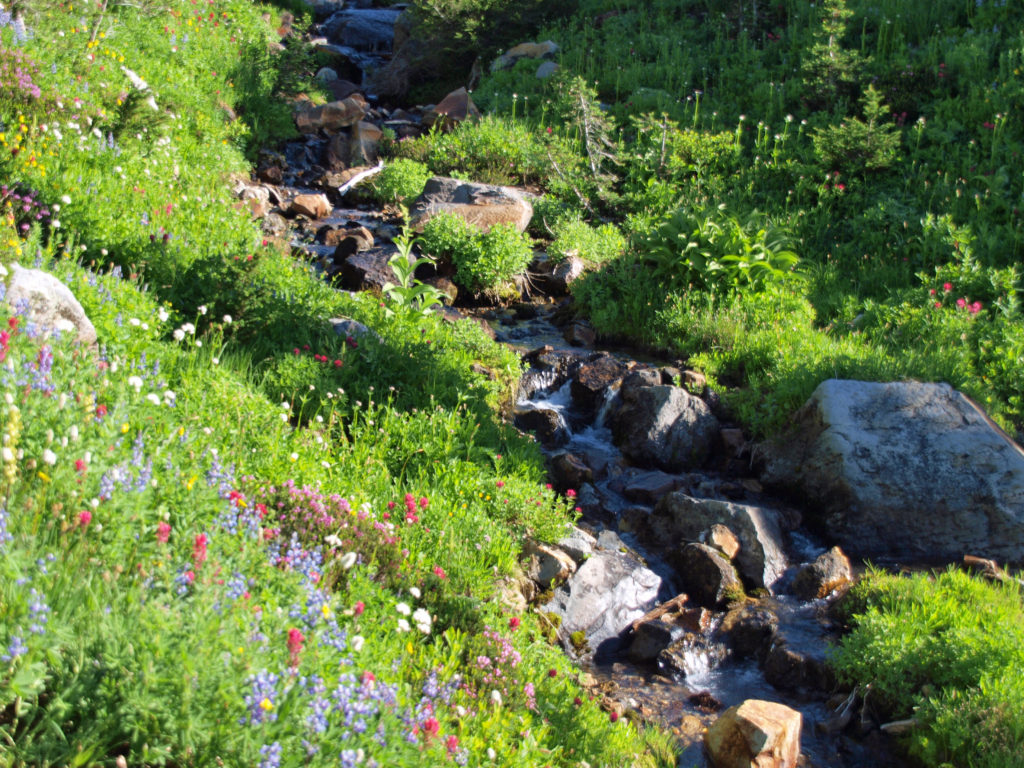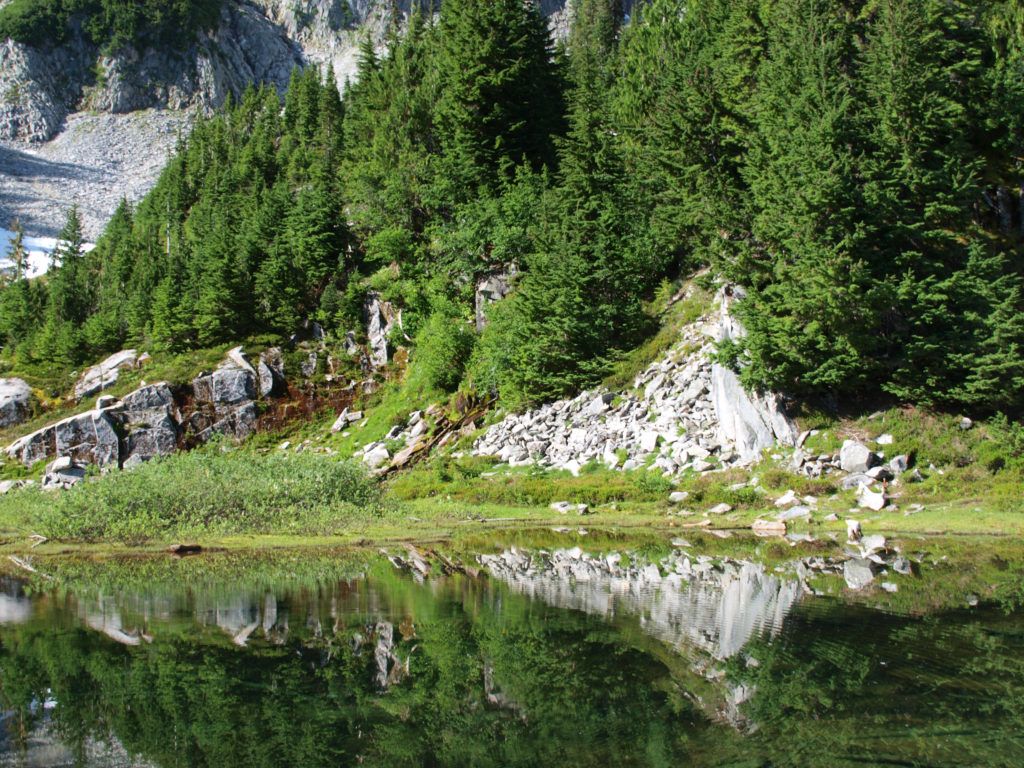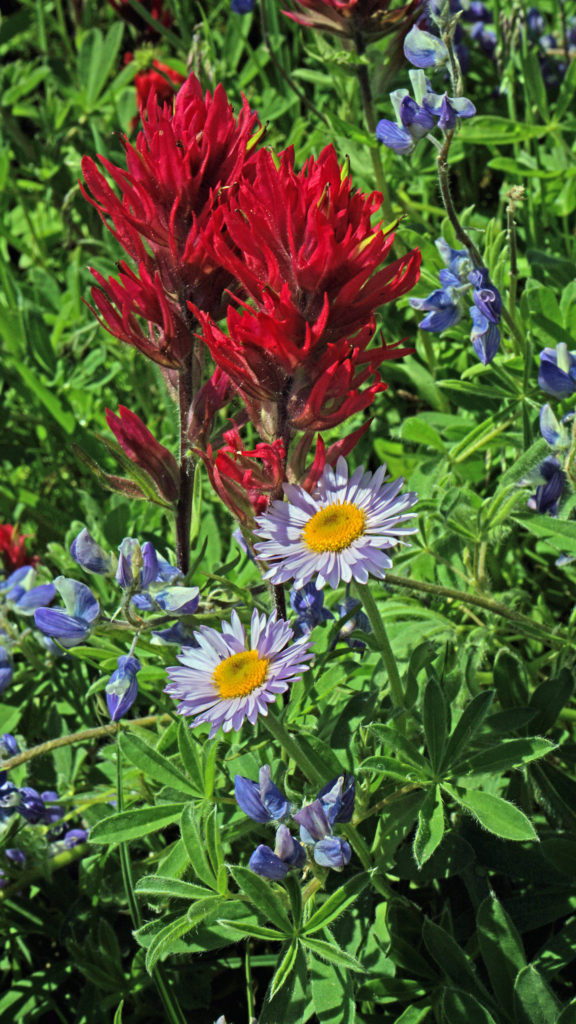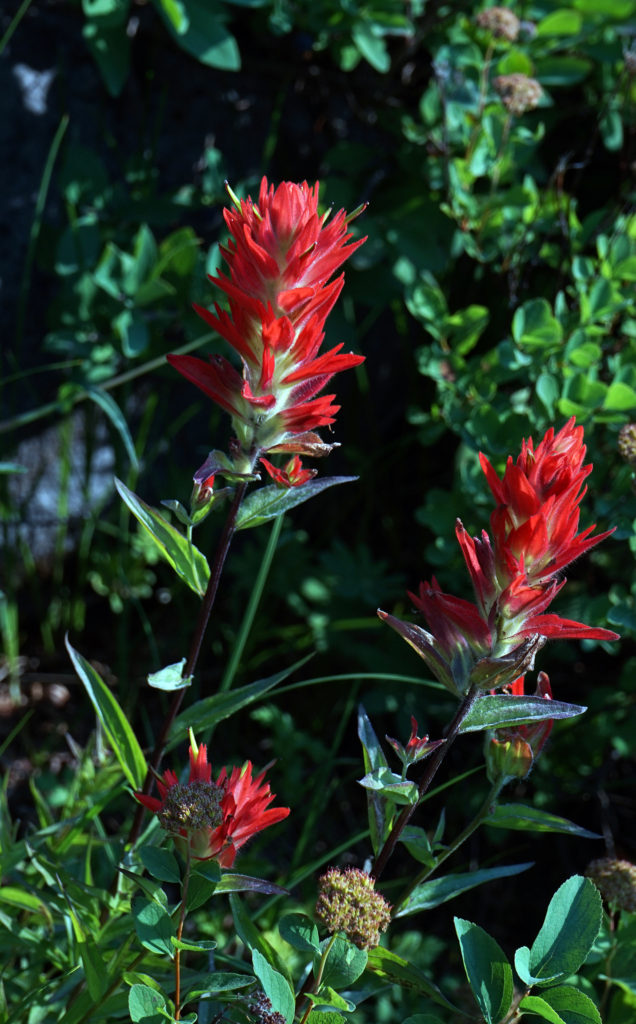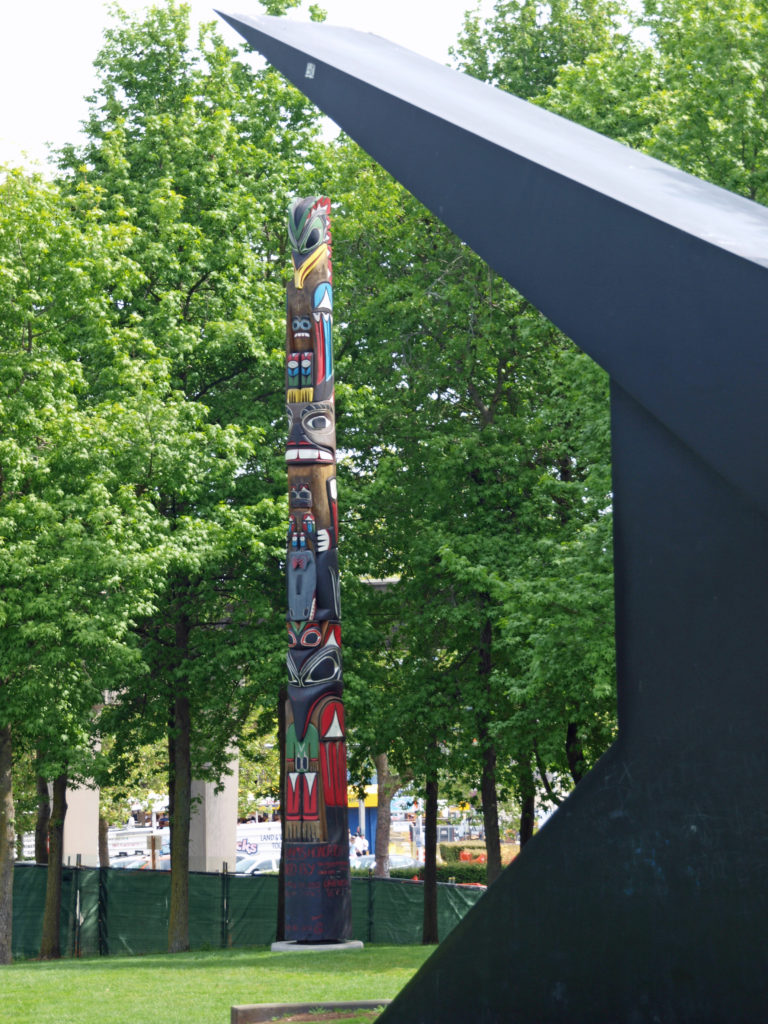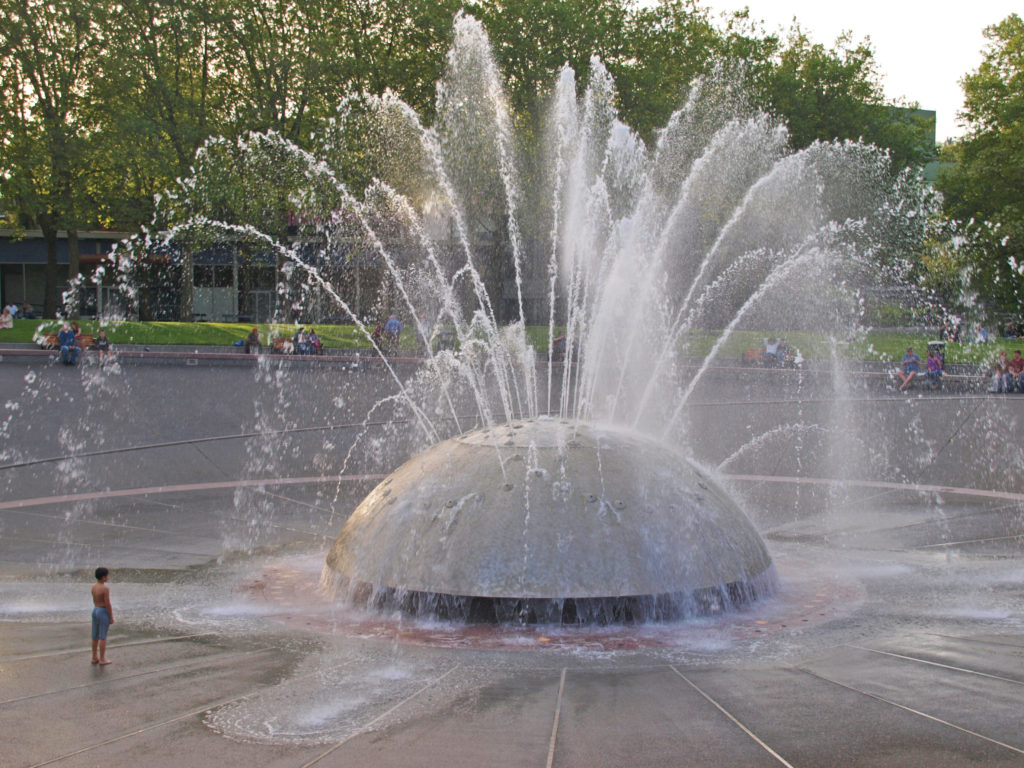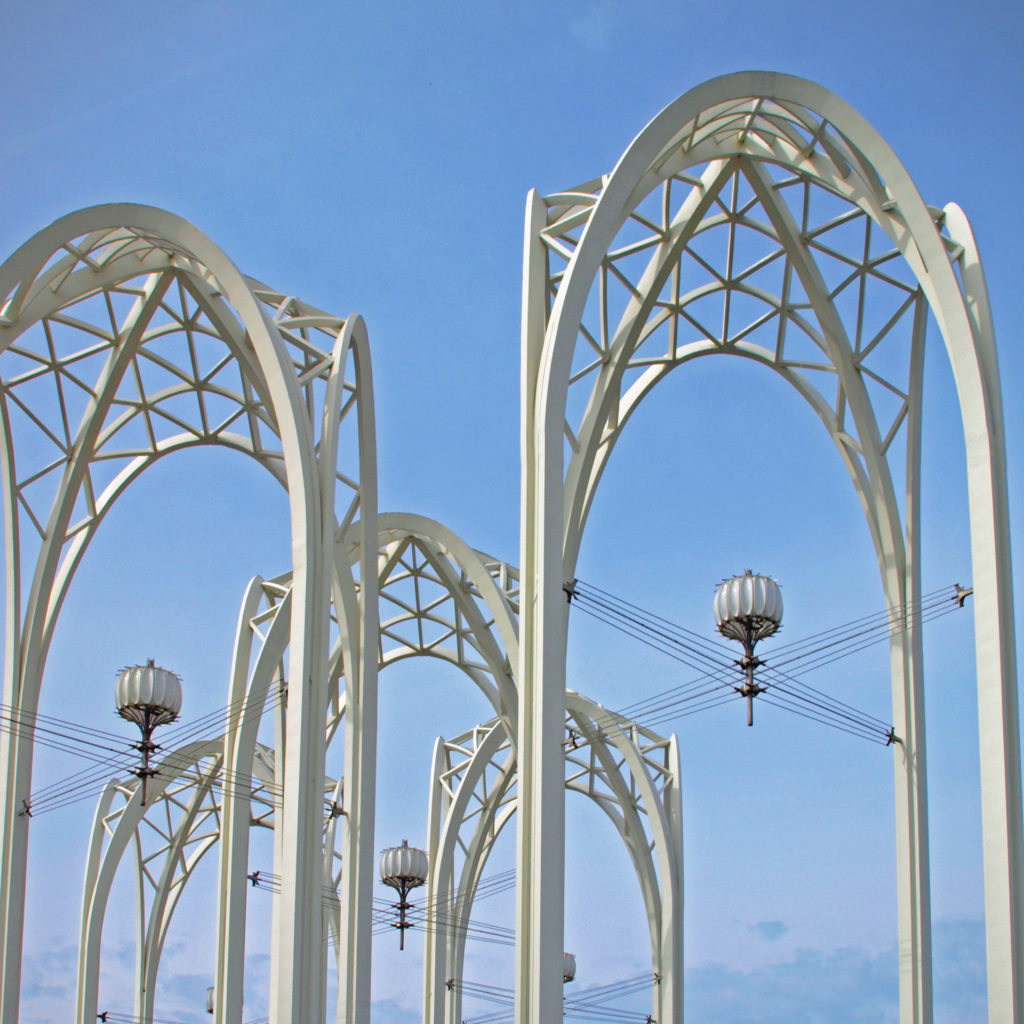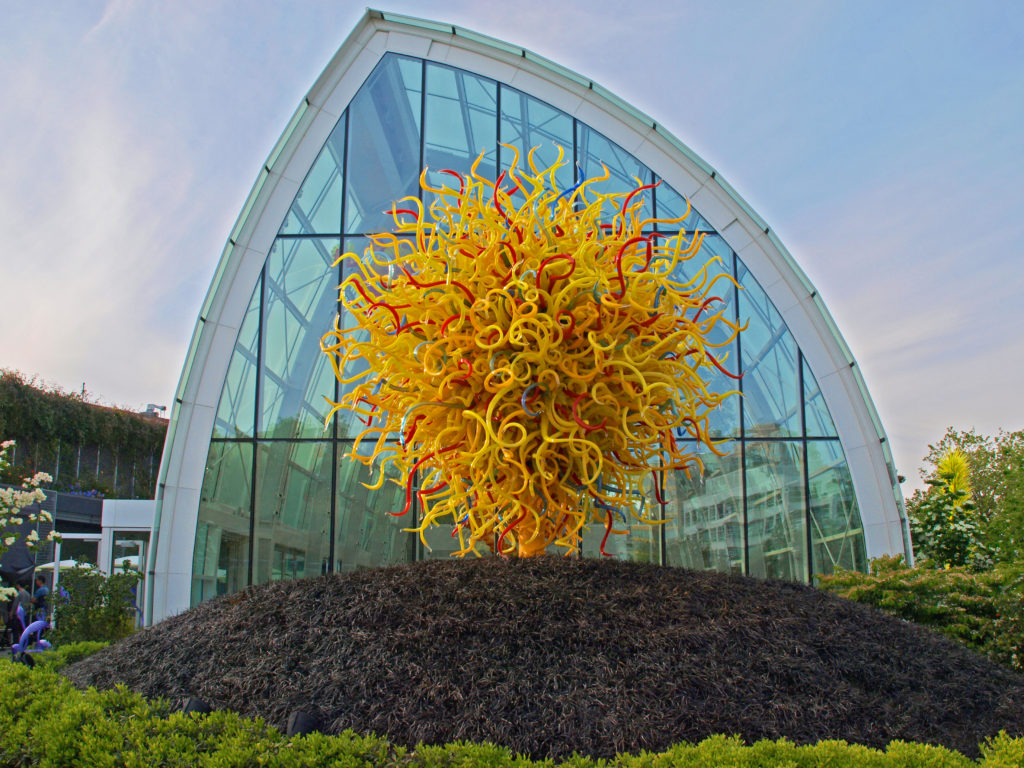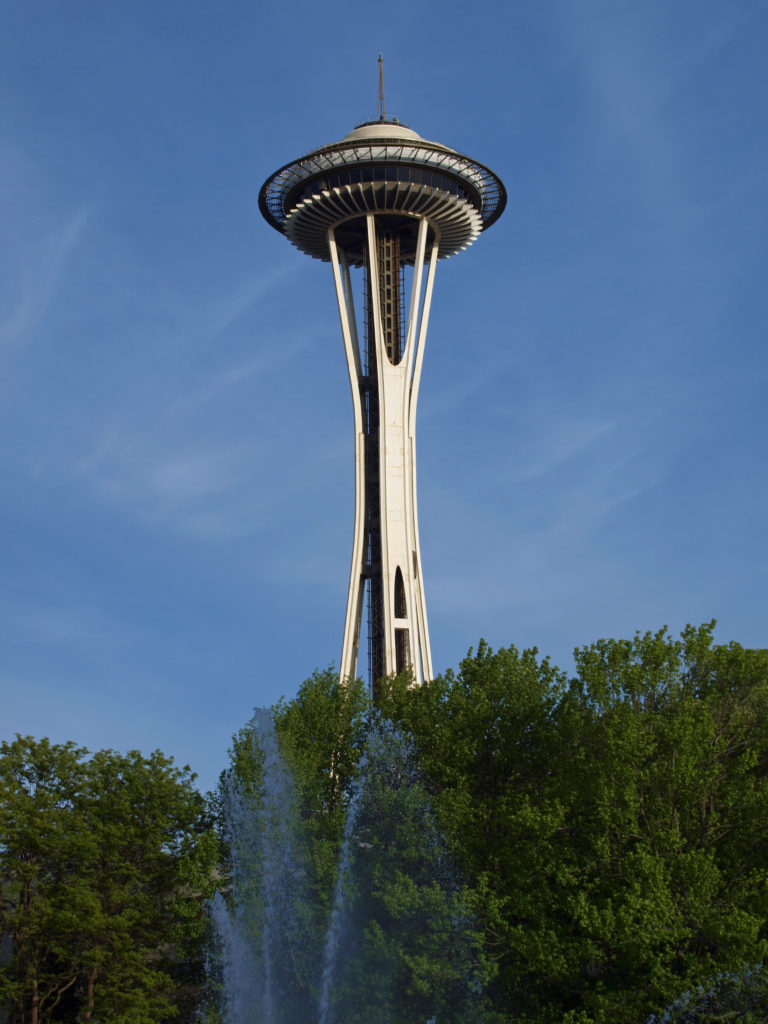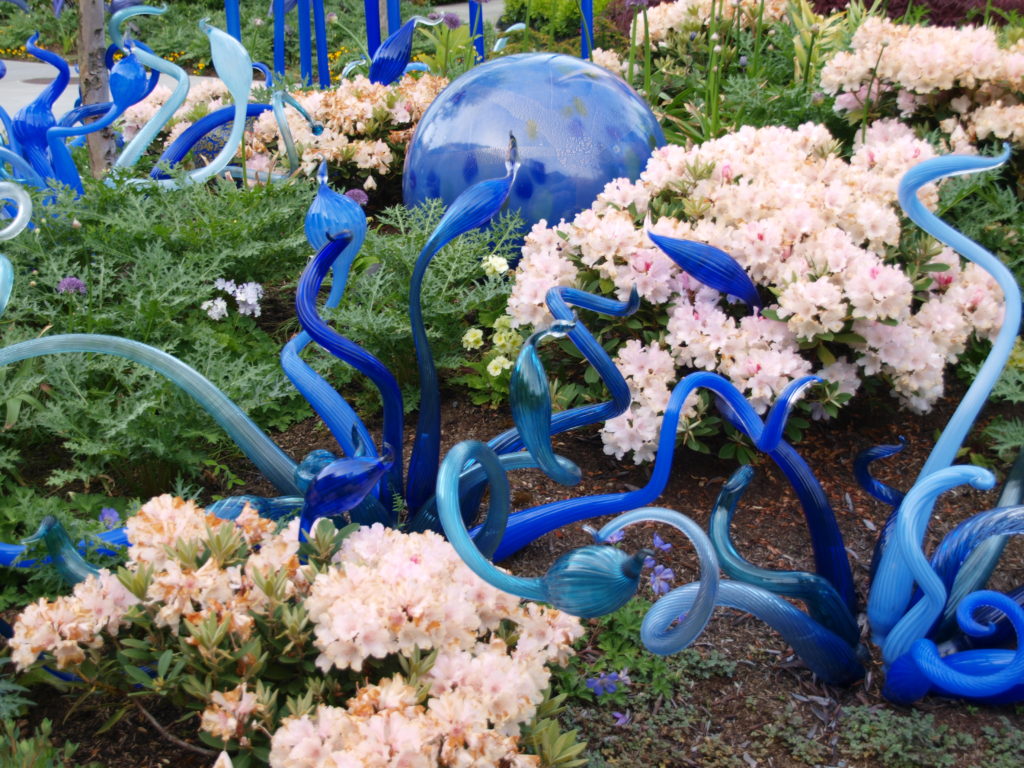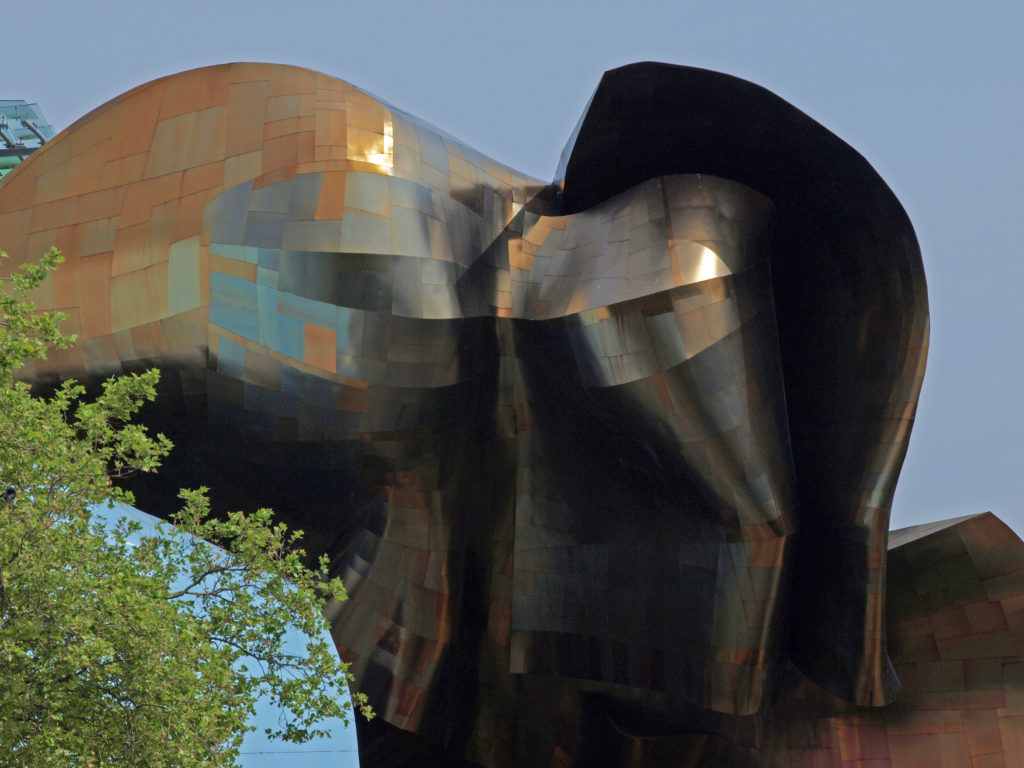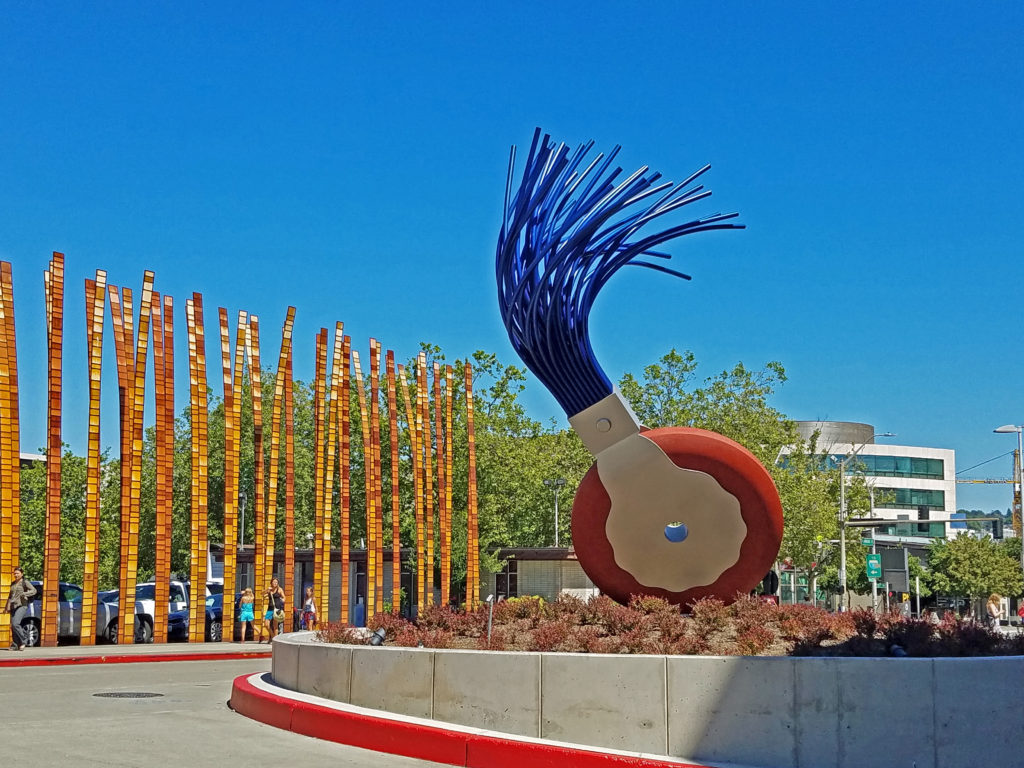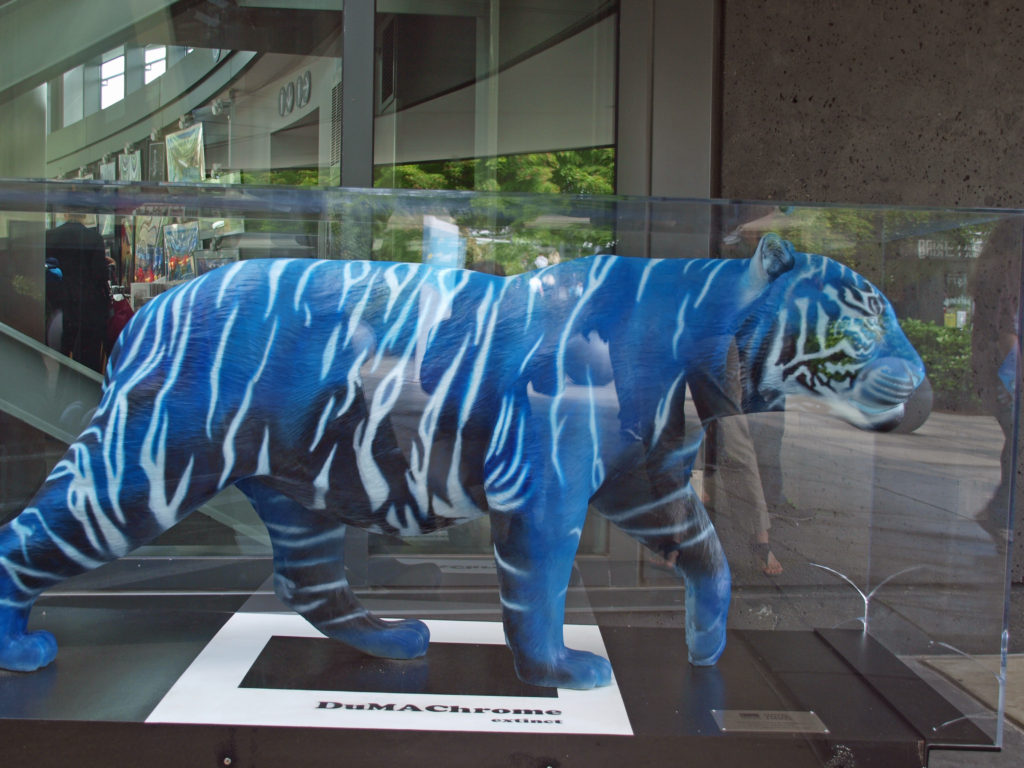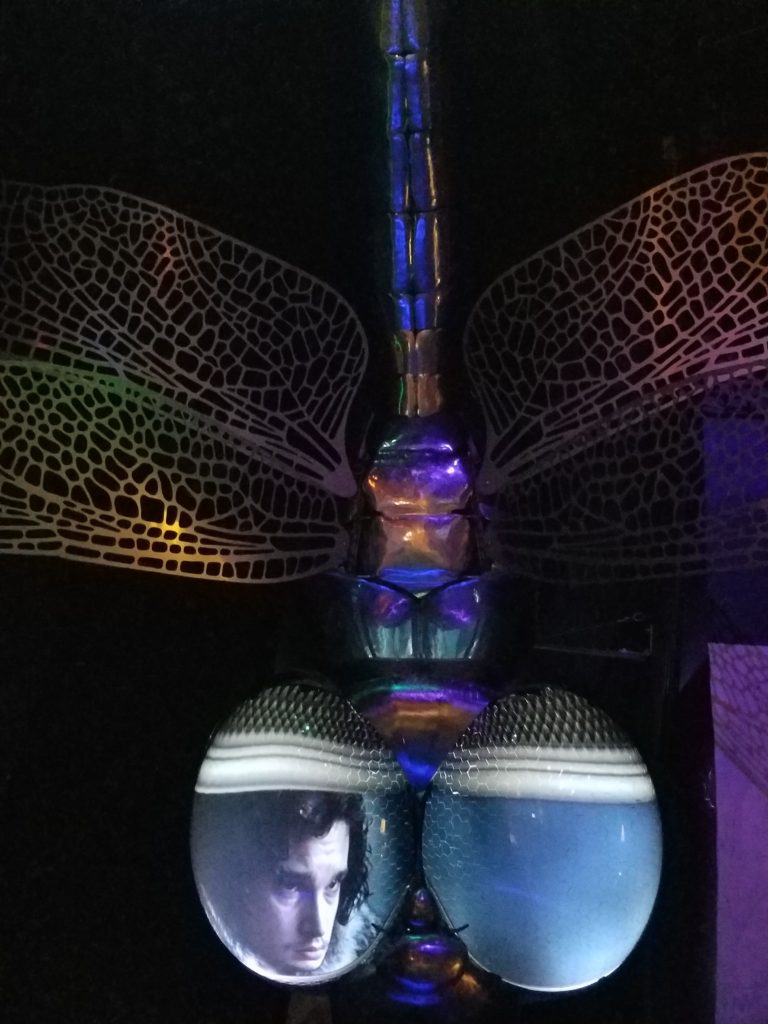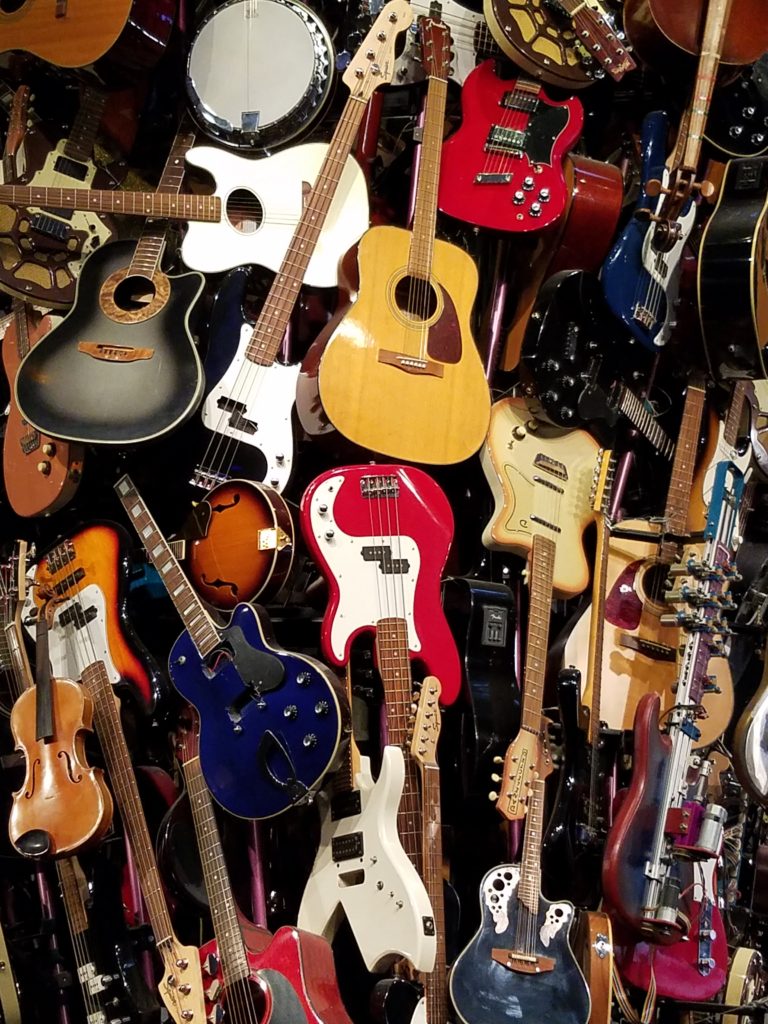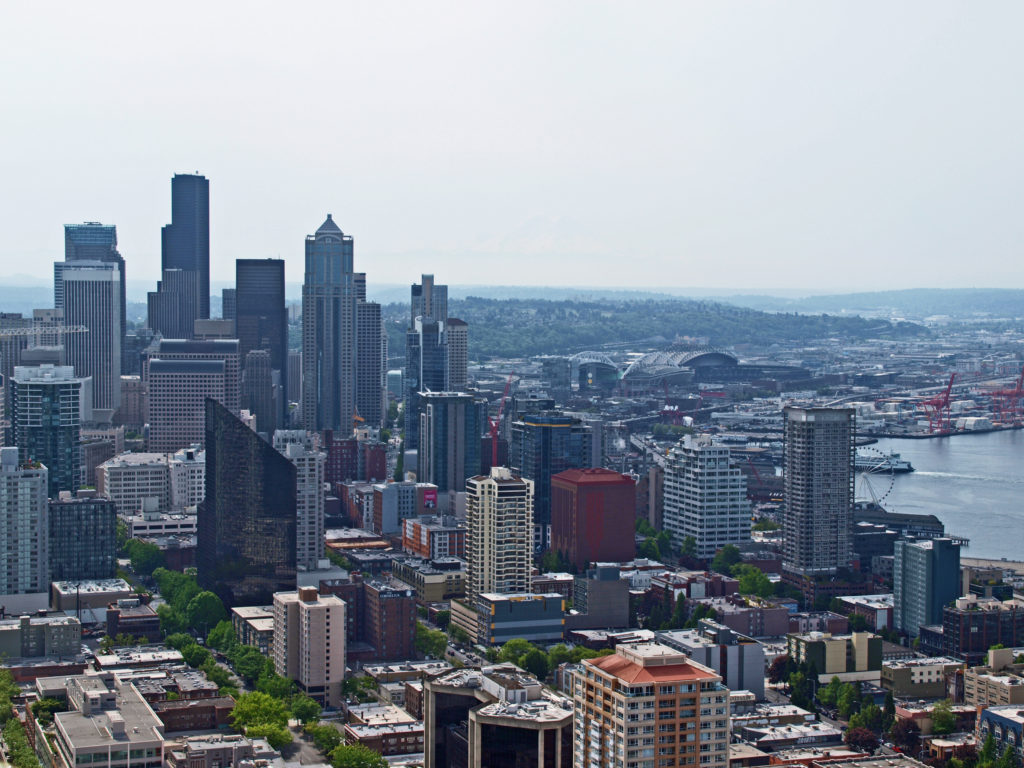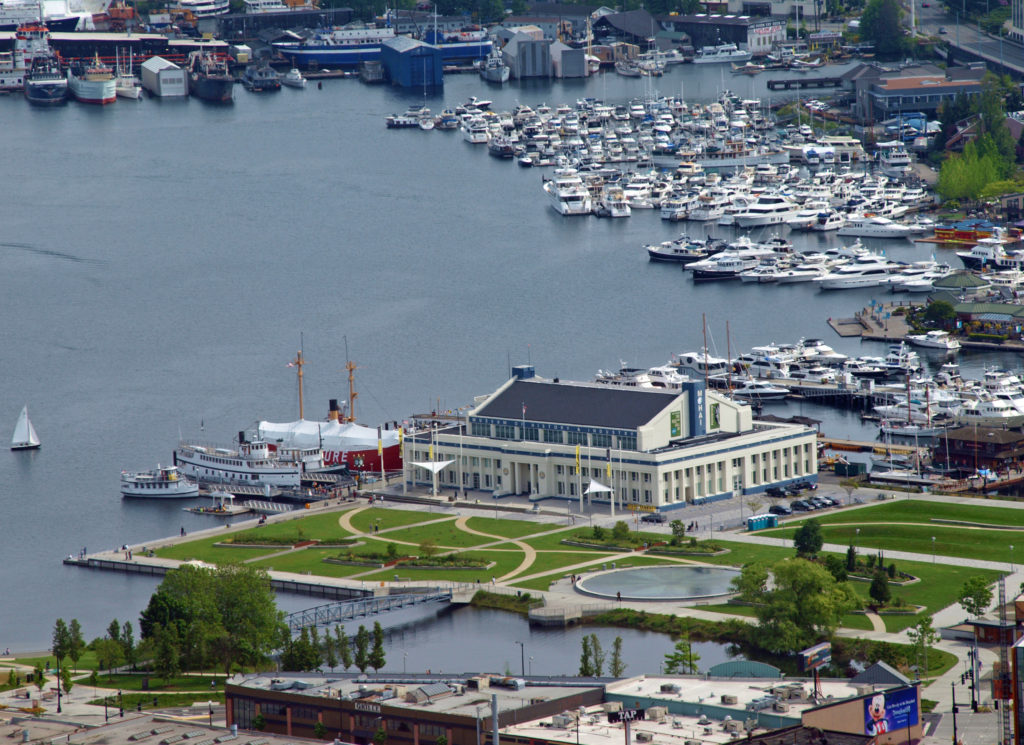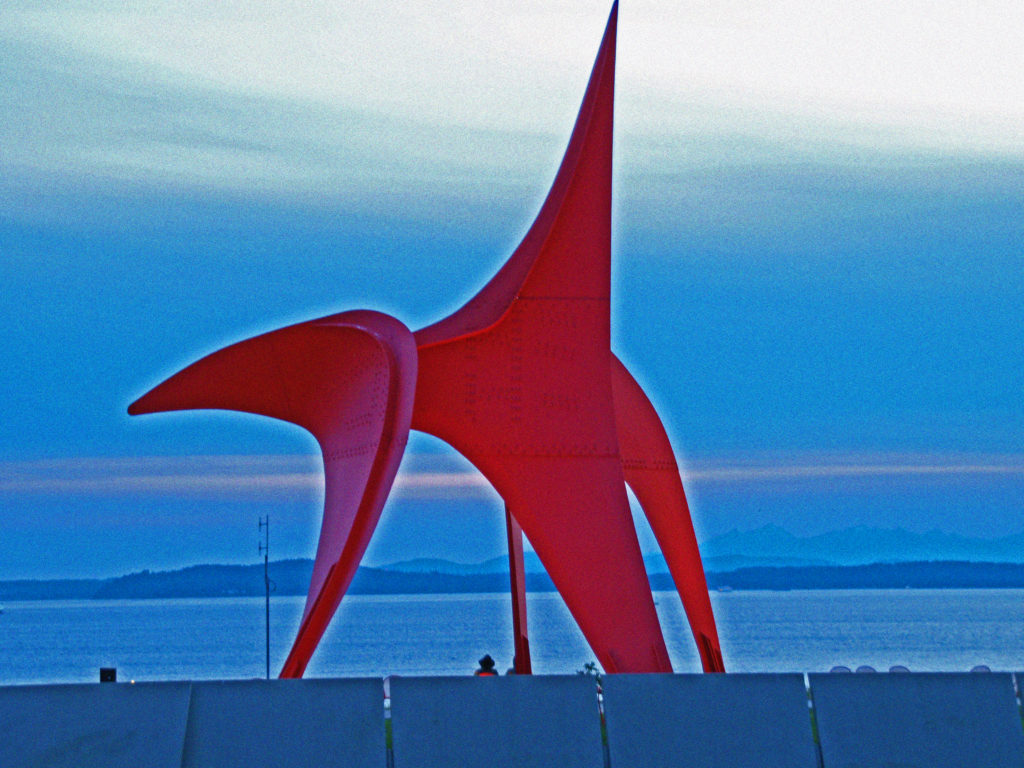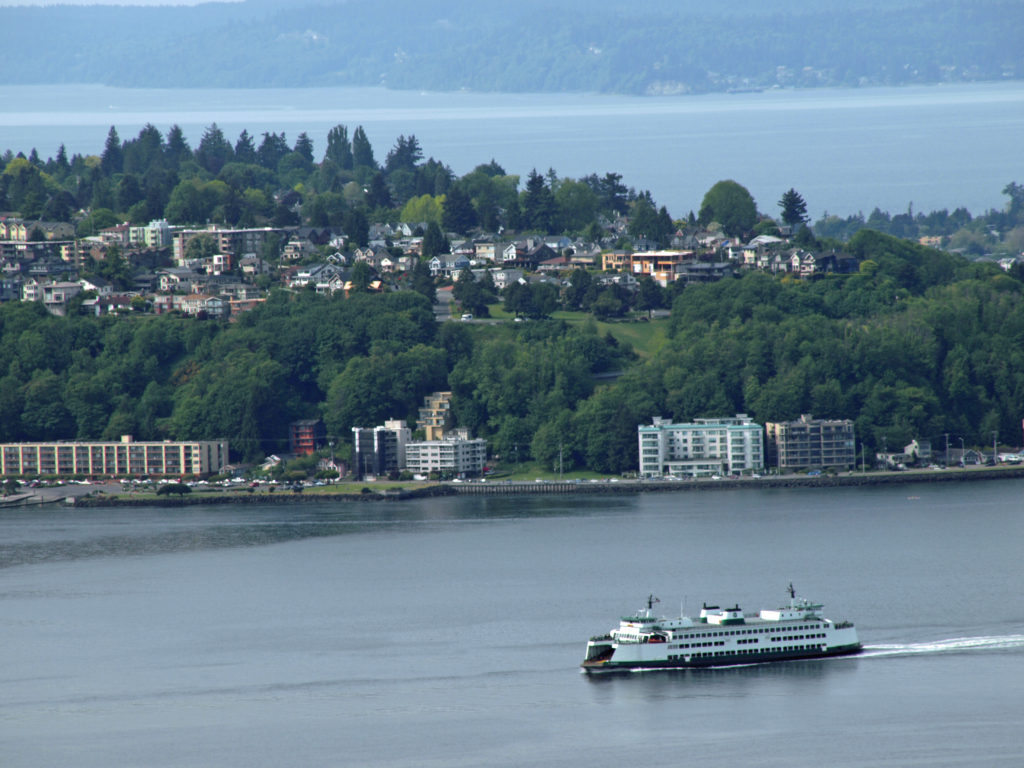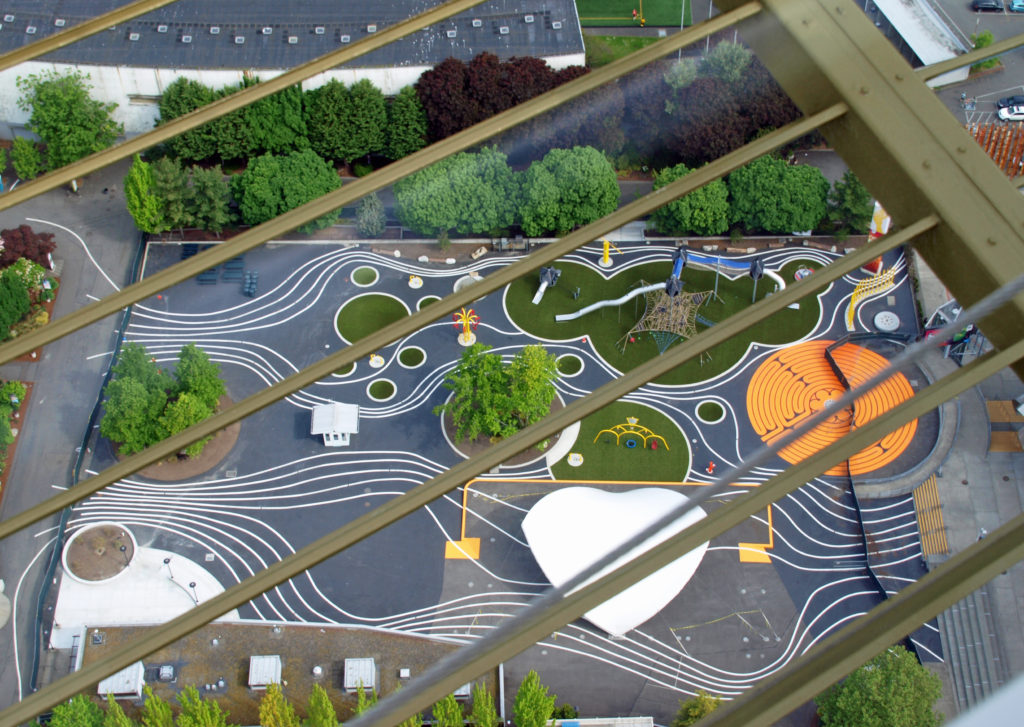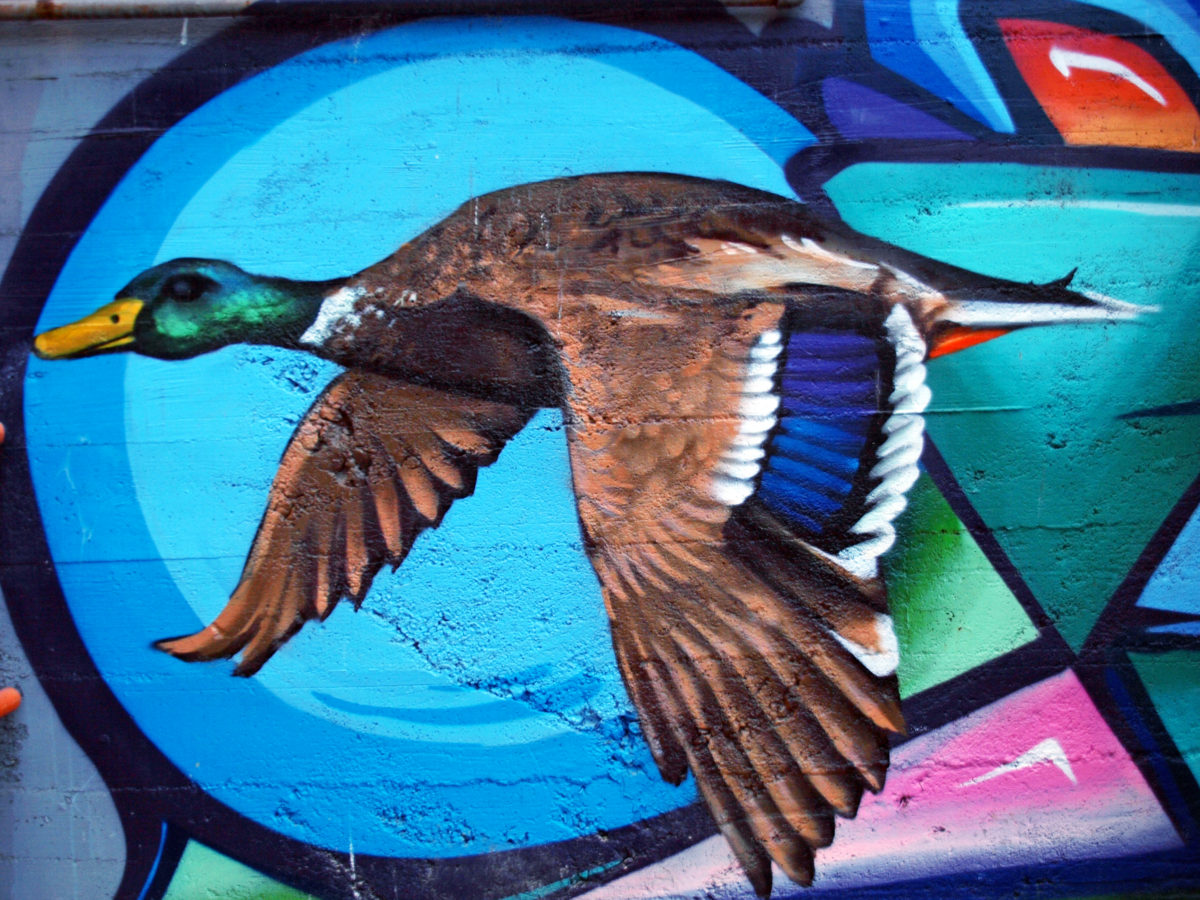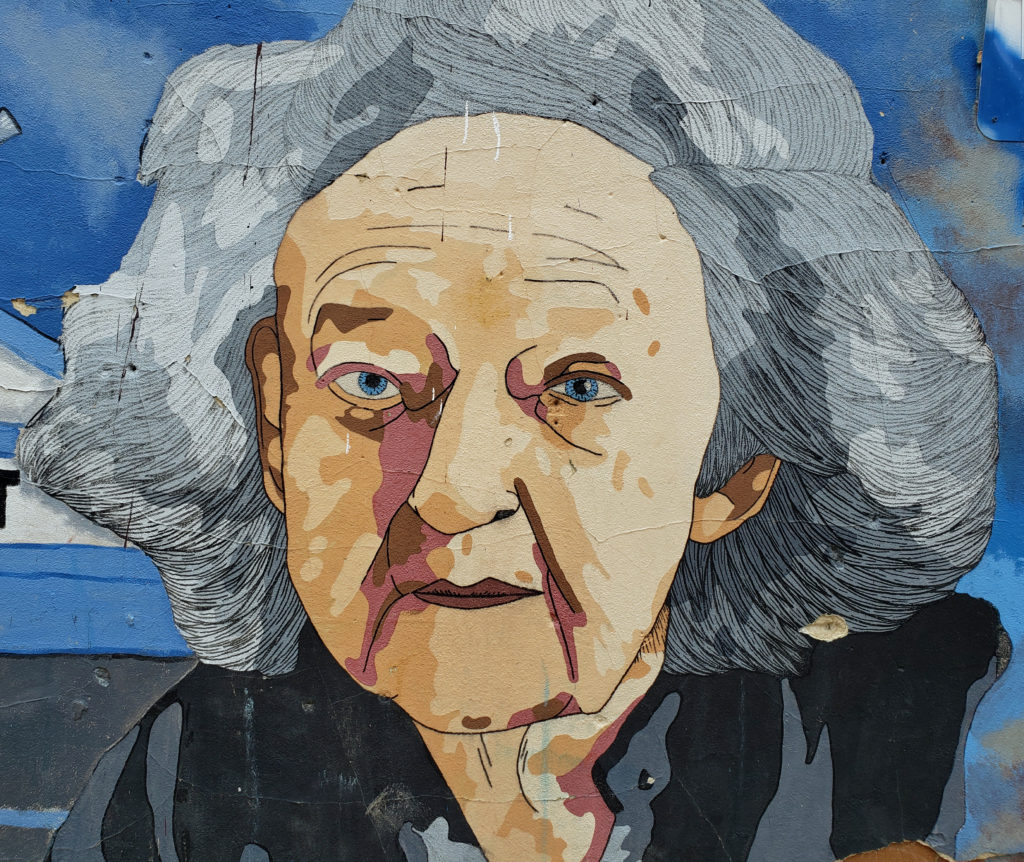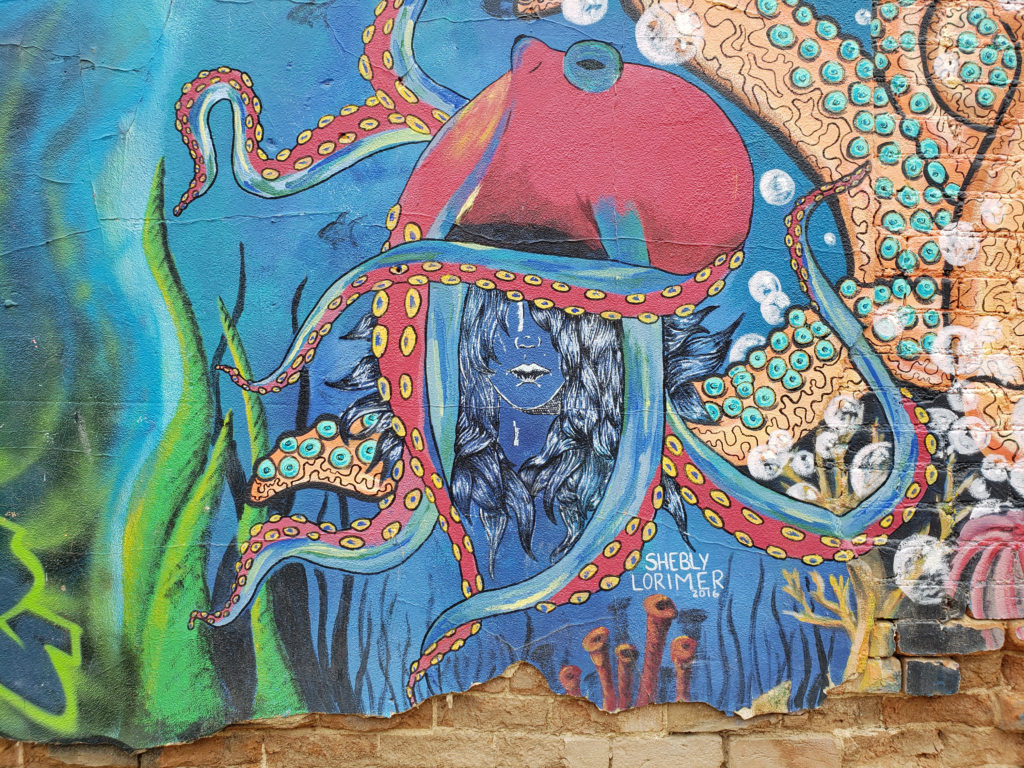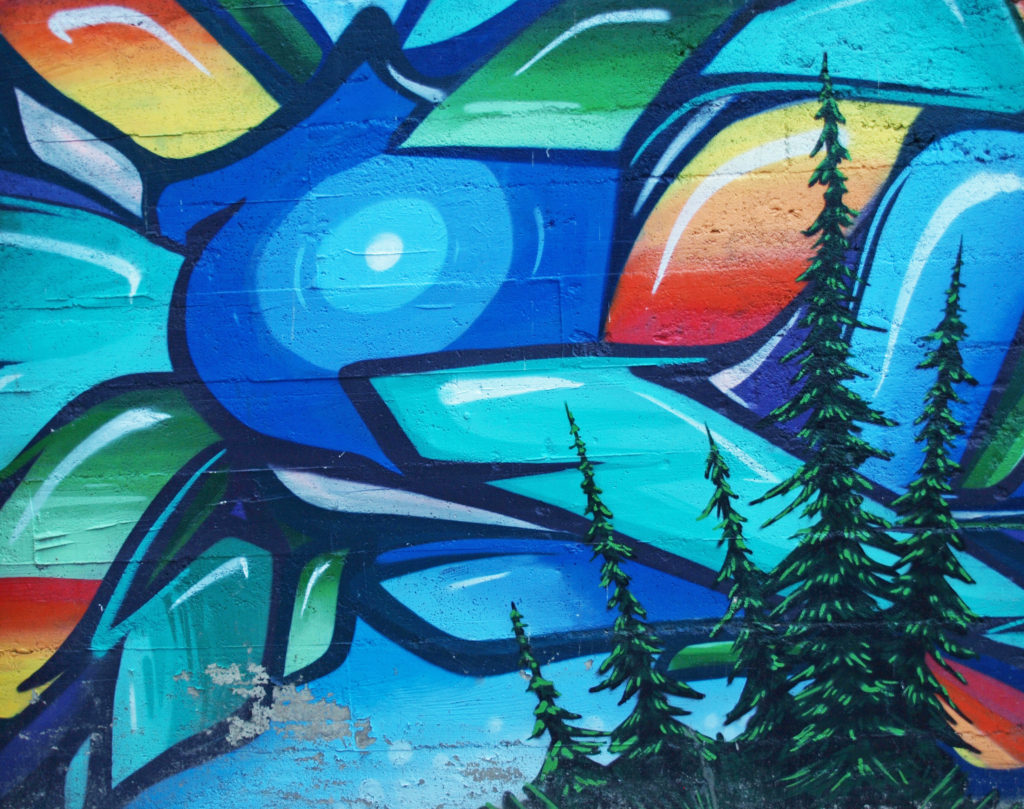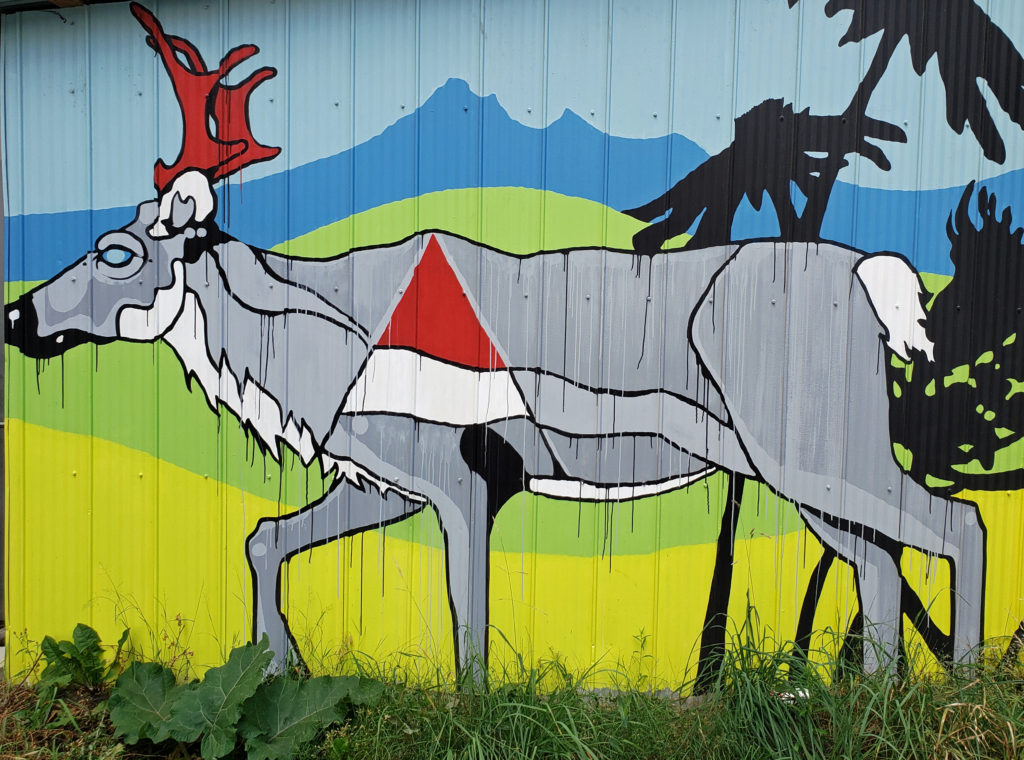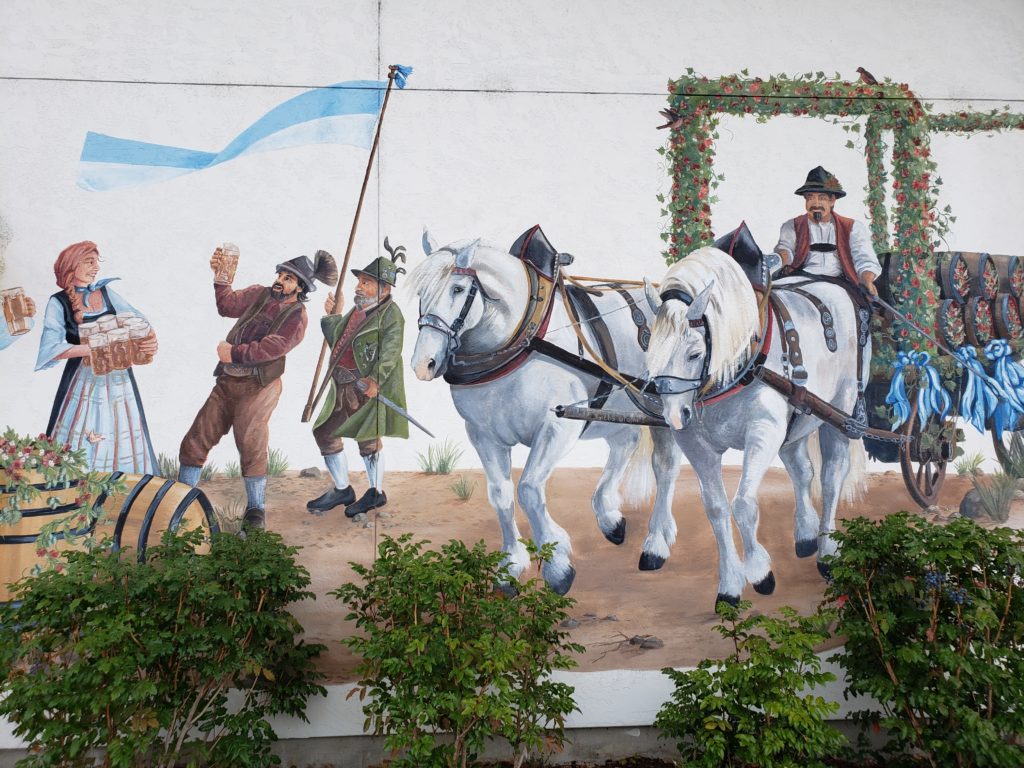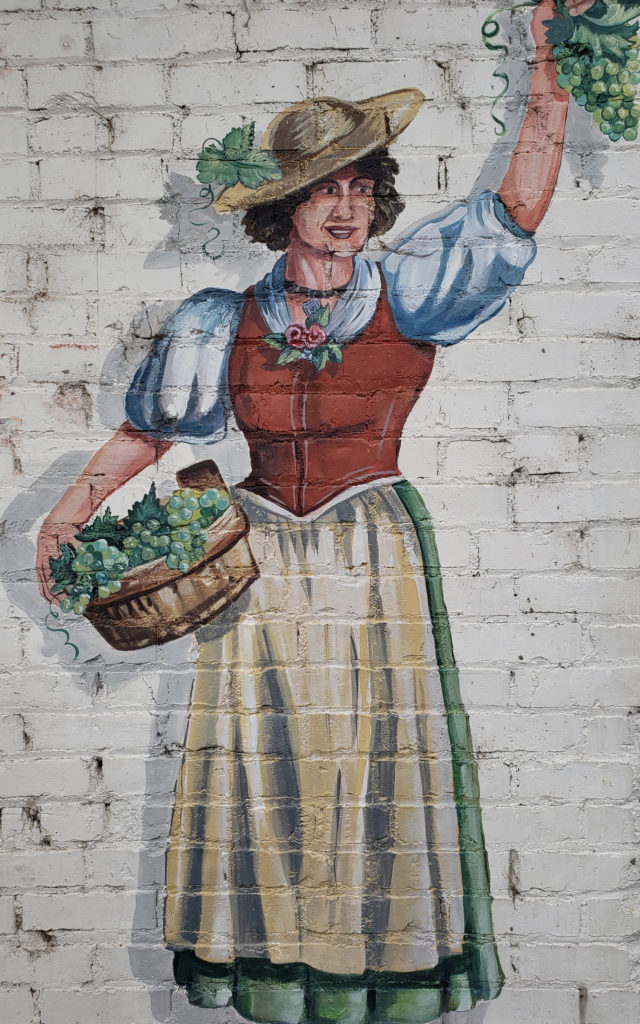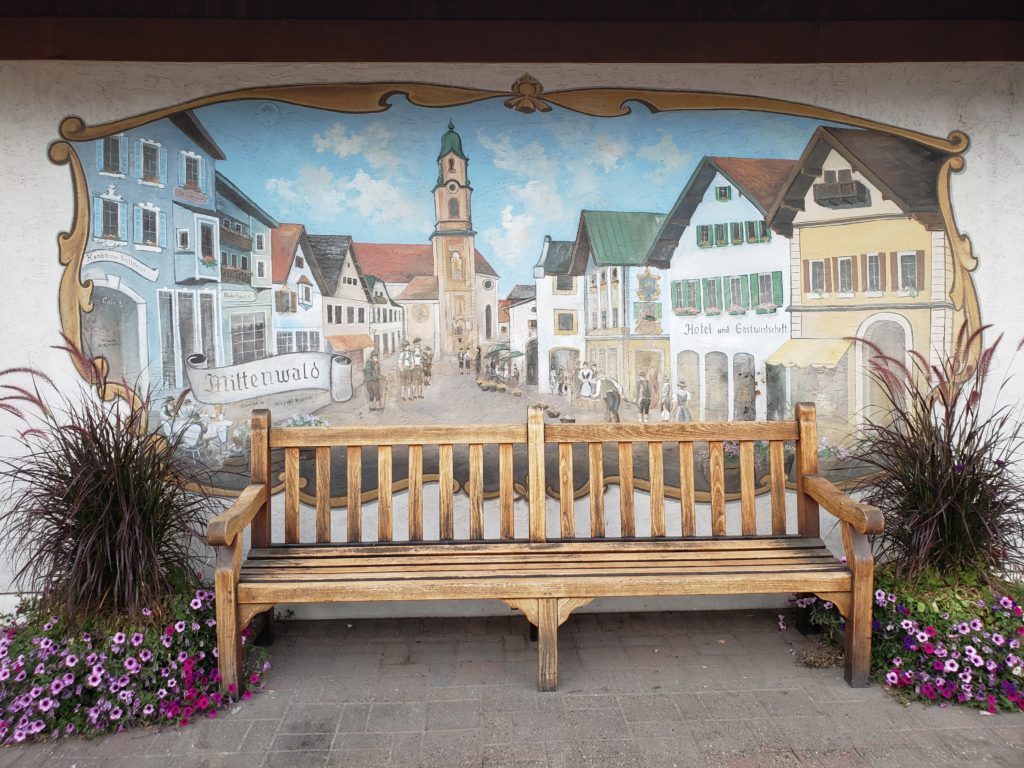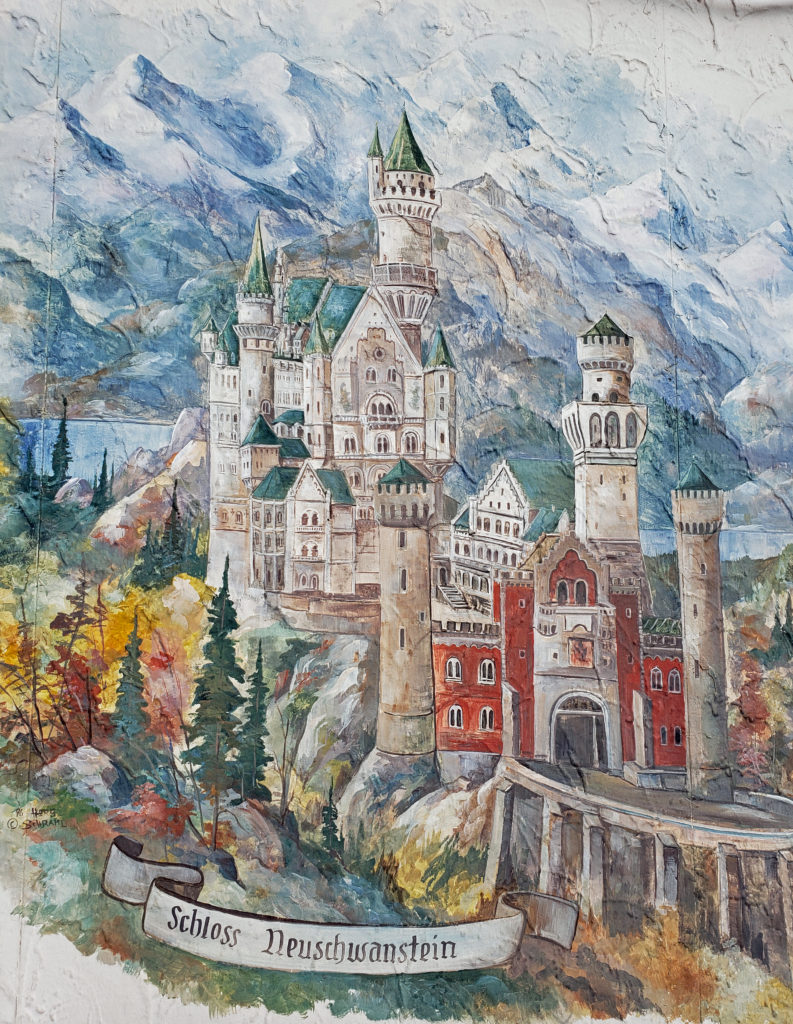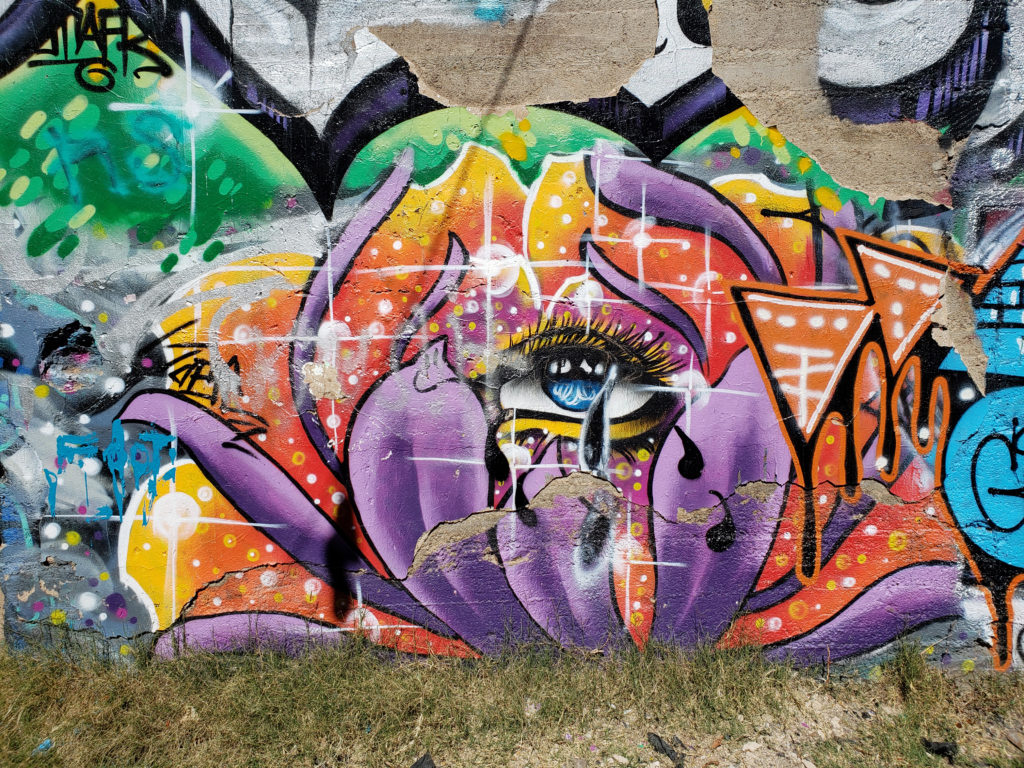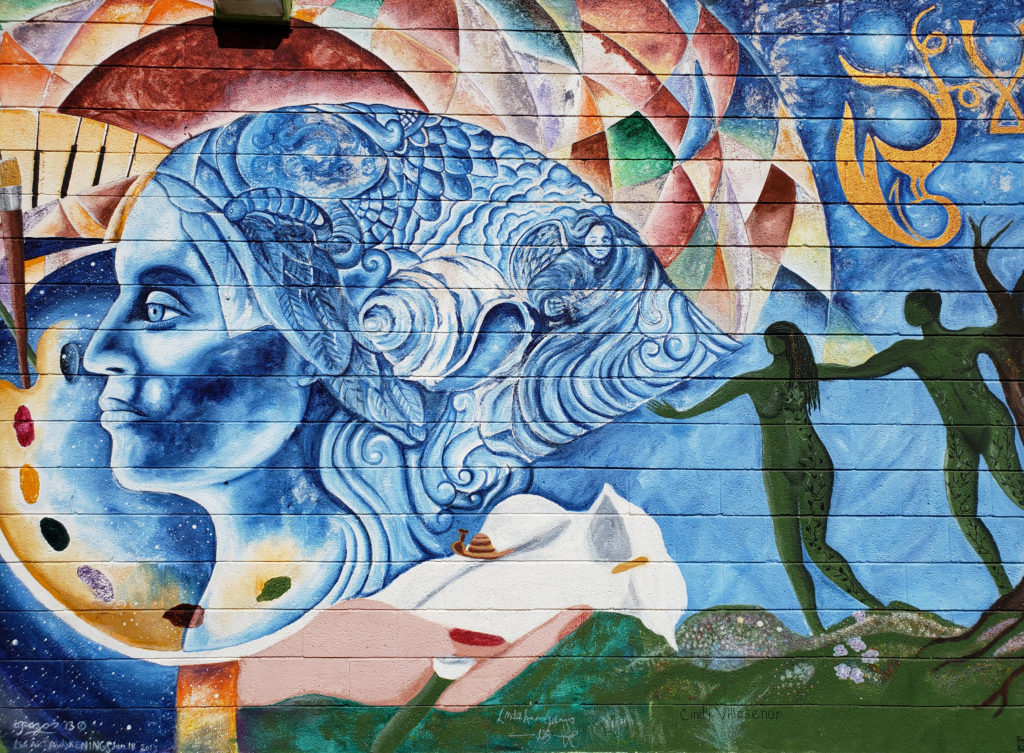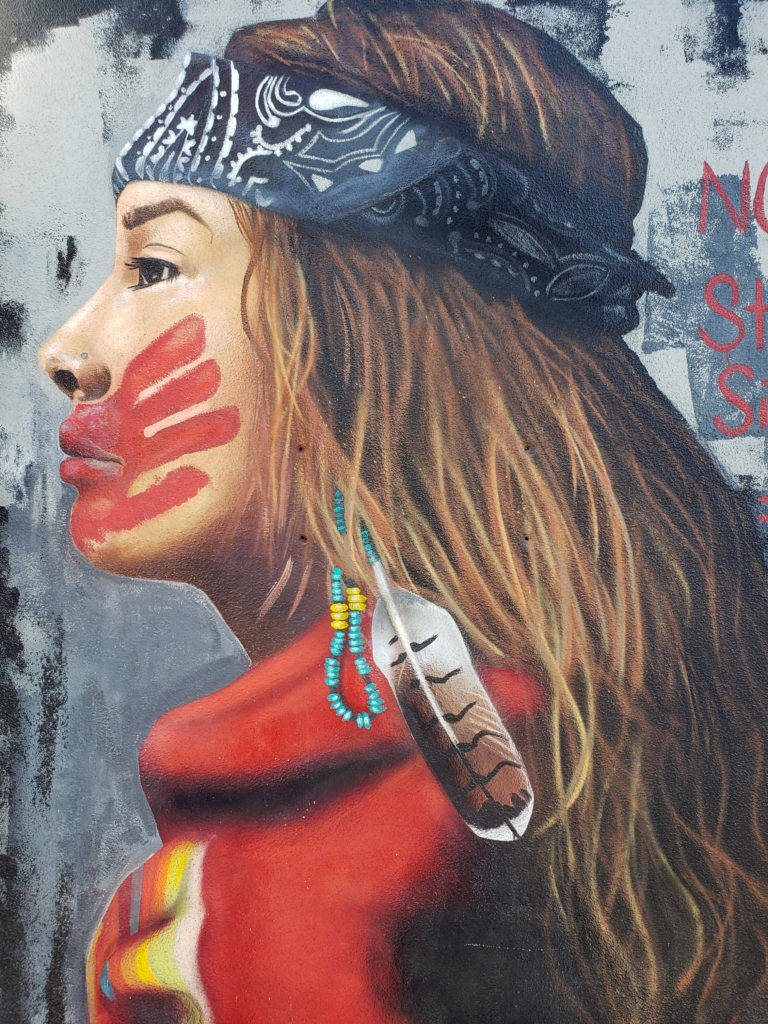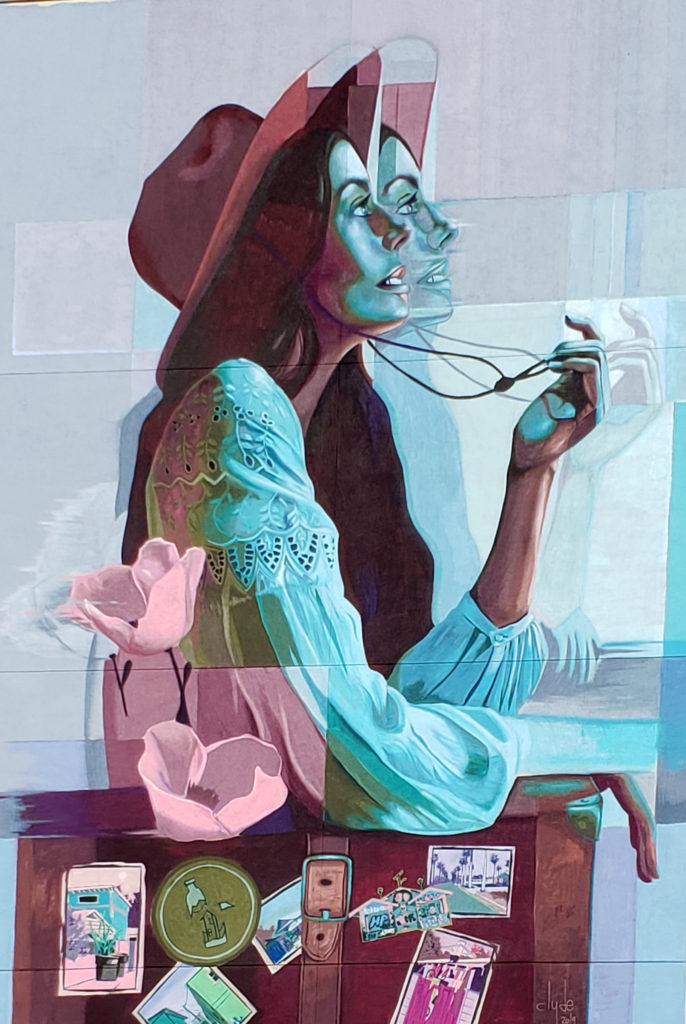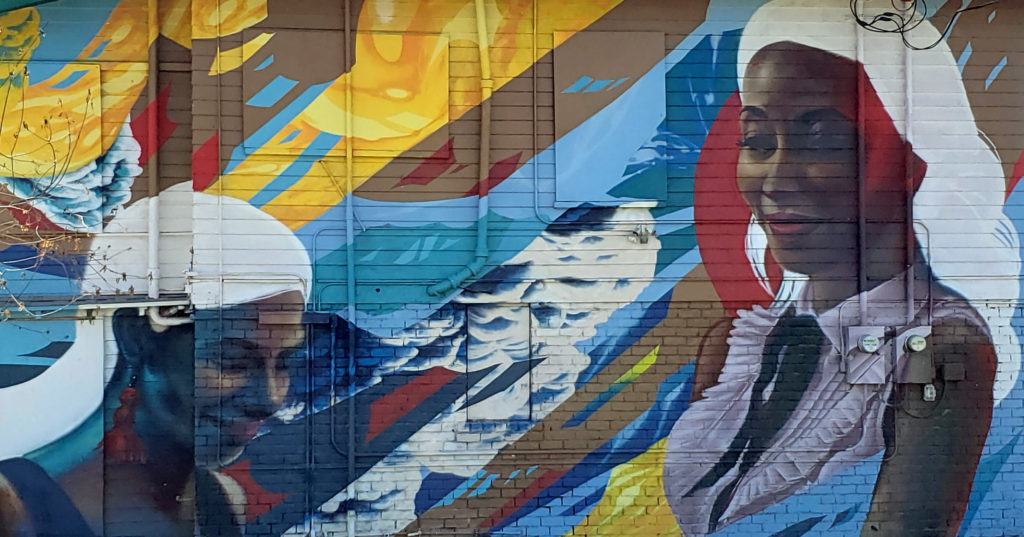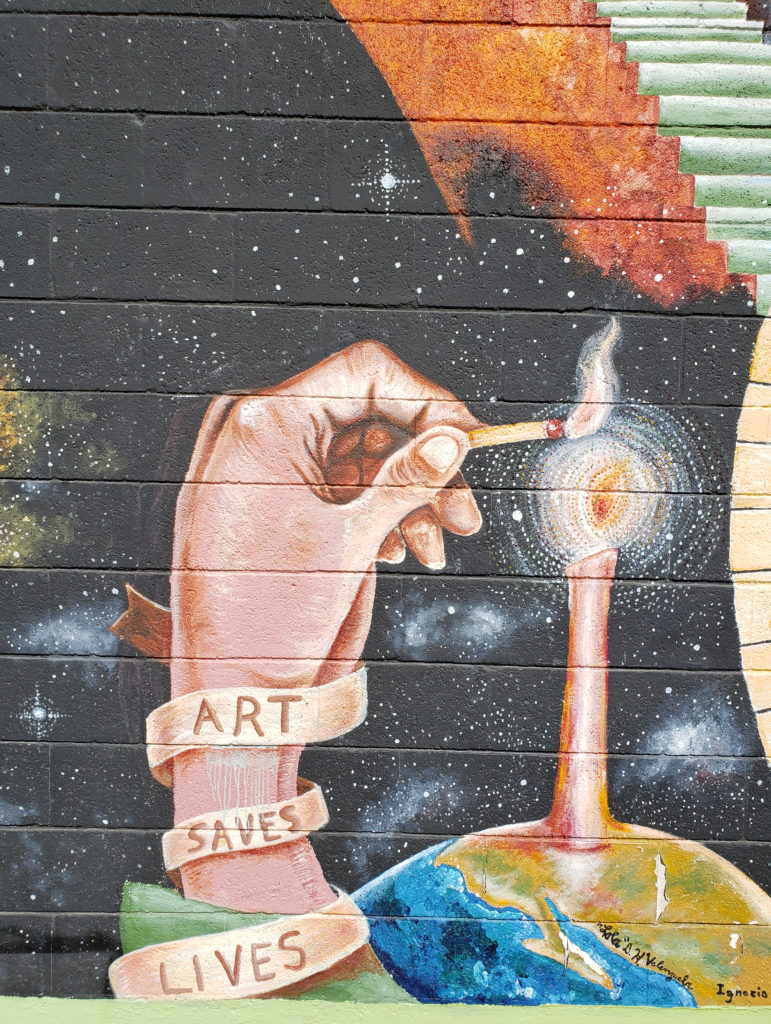by Alan K. Lee
The Tacoma Museum District consists of four museums within easy walking distance of each other: the Museum of Glass, the Washington State History Museum, the Tacoma Art Museum, and the Children’s Museum of Tacoma. In addition, two other museums, Foss Waterway Seaport, and LeMay – America’s Car Museum, are less than a mile form the four central museums.


On a recent trip to Tacoma, my wife and I had an opportunity to visit the Museum District. Our first stop was the Museum of Glass. I love sculpture, be it stone, wood, metal, ceramic, or glass. And I’ve long been a fan of Dale Chihuly’s glass artistry, so I was eager to see the museum’s display of his work, as well as the works of other the artists featured.
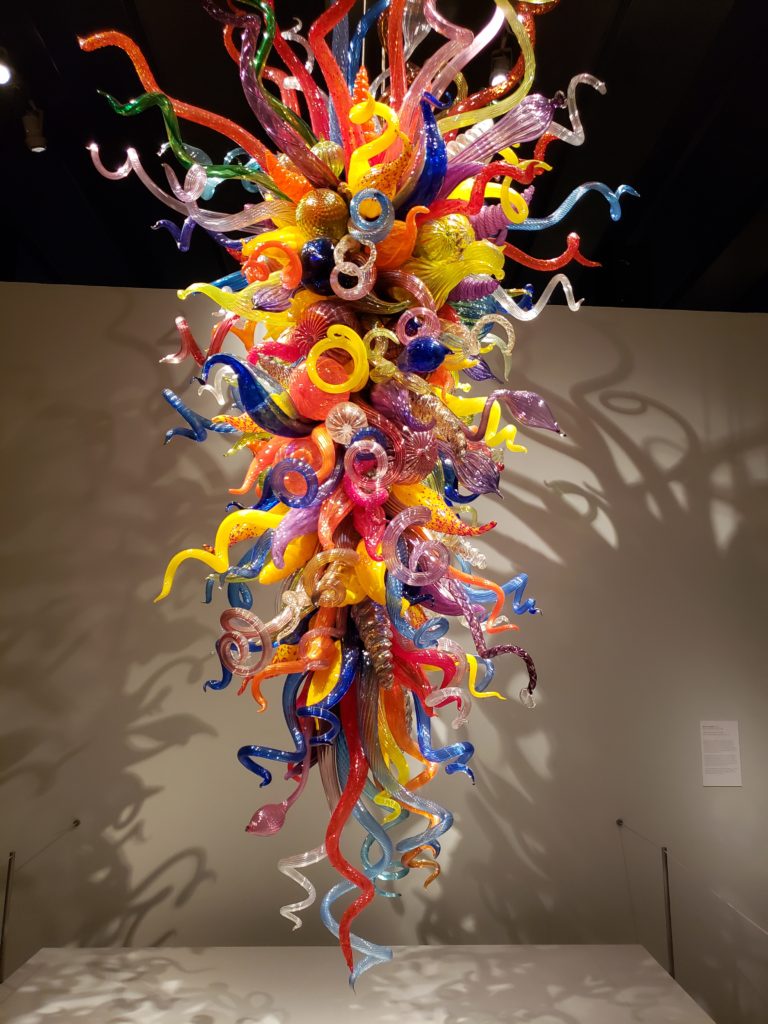
Chihuly is a native of Tacoma, and the city is rightfully proud of its most famous son. He is one of the world’s foremost glass artists. His works can be found in museums and galleries around the world. I was a little disappointed that the collection of his work at The Museum of Glass, at least what is on display, is modest. You can see much more of his work at Seattle’s Chihuly Garden and Glass. And the Tacoma Art Museum has a large collection of his works. More on that below.
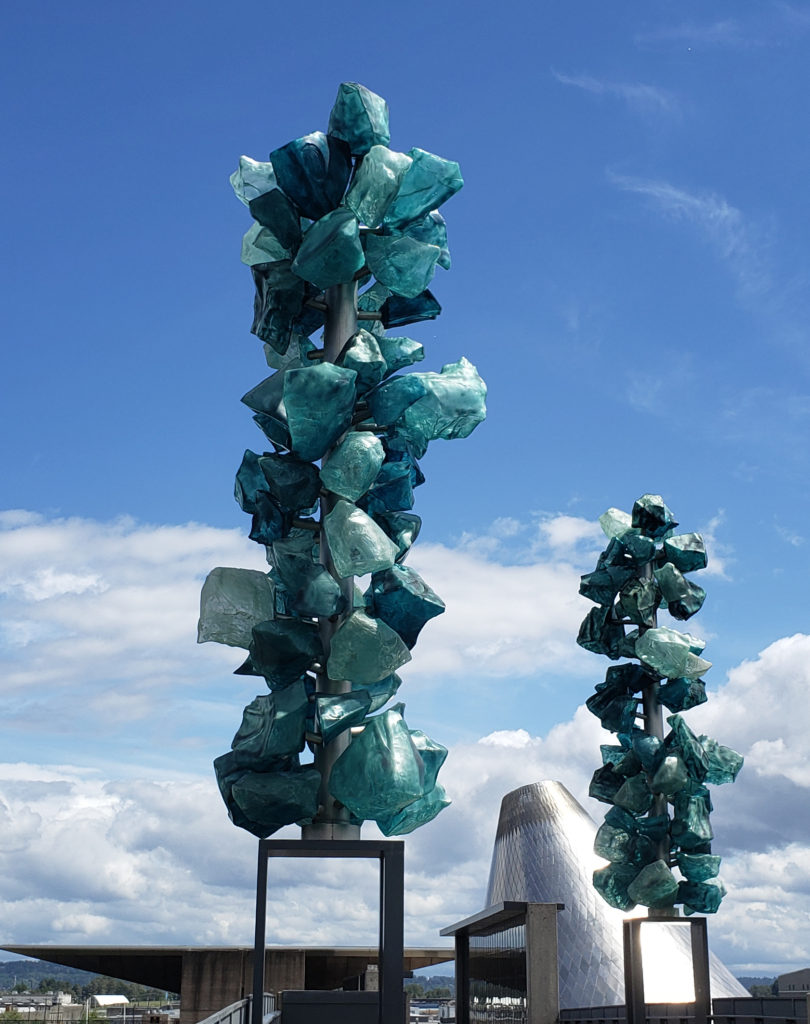
Outside the Museum of Glass there is much more of Chihuly’s work displayed on the Chihuly Bridge of Glass, a pedestrian bridge that spans I-705 and connects the Museum of Glass to the Washington State History Museum, the Tacoma Art Museum, and the Children’s Museum of Tacoma.
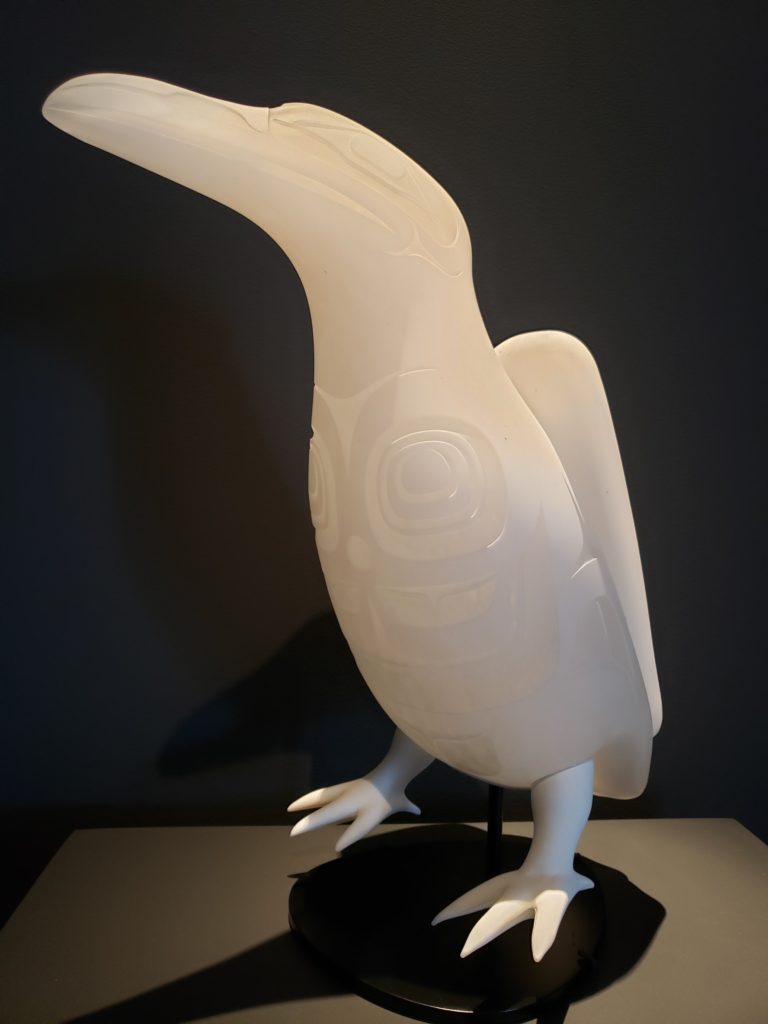
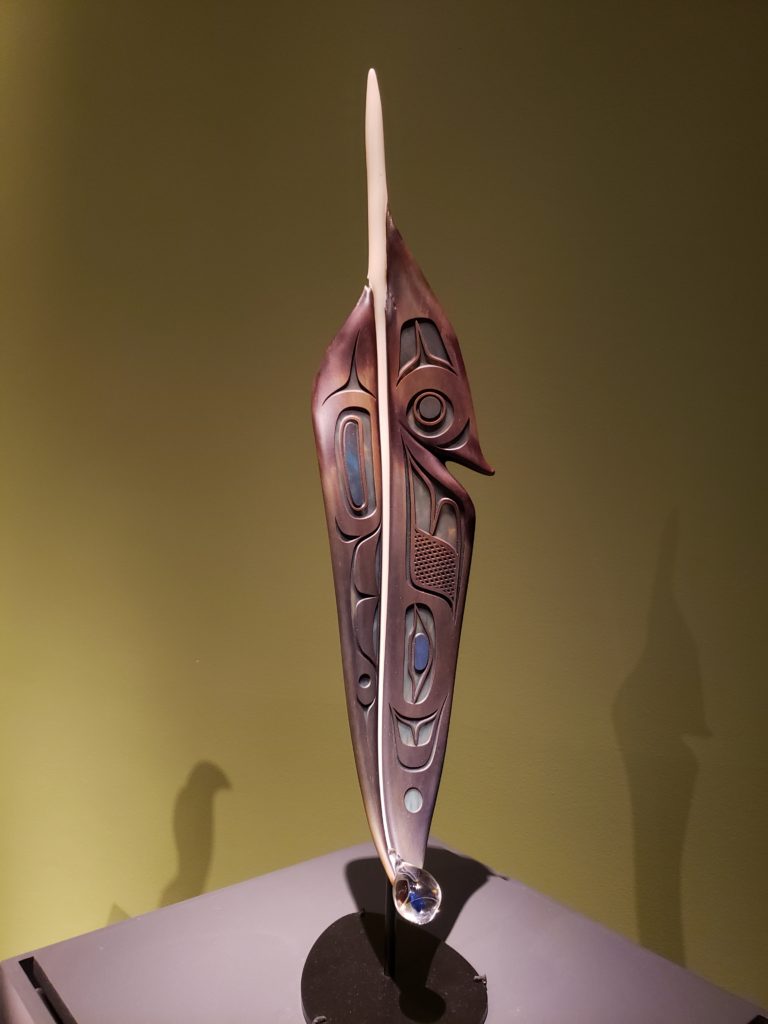
The Museum of Glass is not as much about Chihuly as it is about the diversity of Northwest glass artists. There was a large exhibit of works by Native American artist Preston Singletary when we visited. The museum also has a large collection of works by many other glass artists. There was also an interesting display of works designed by children and made at the museum by the Hot Shop Team.
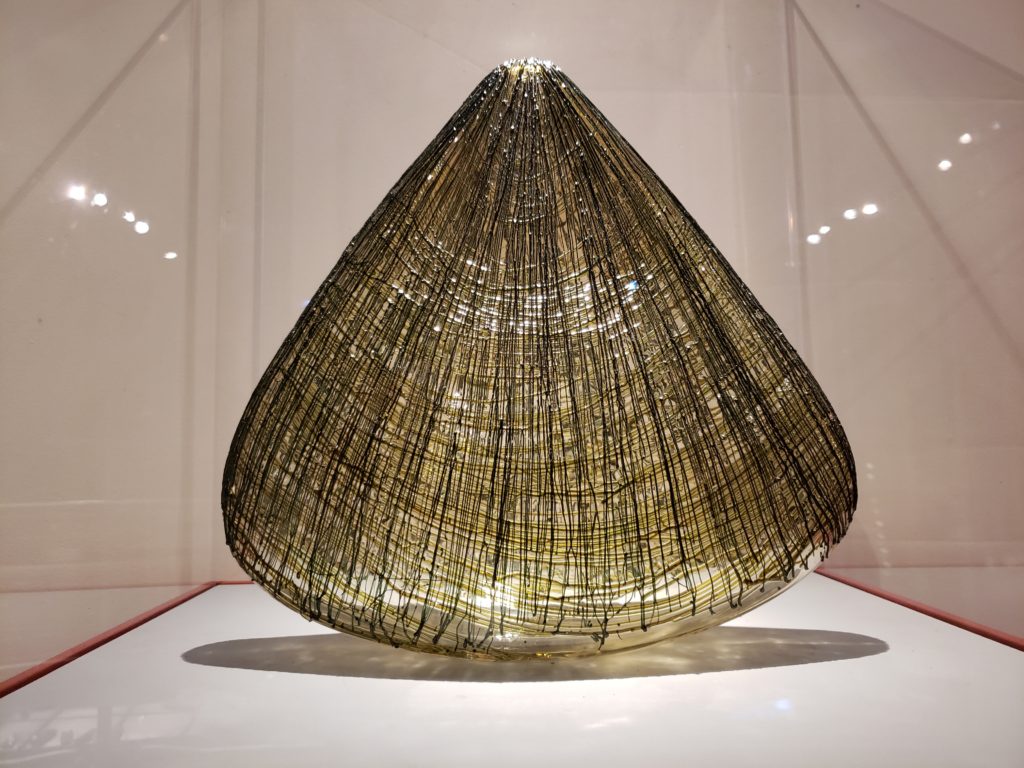
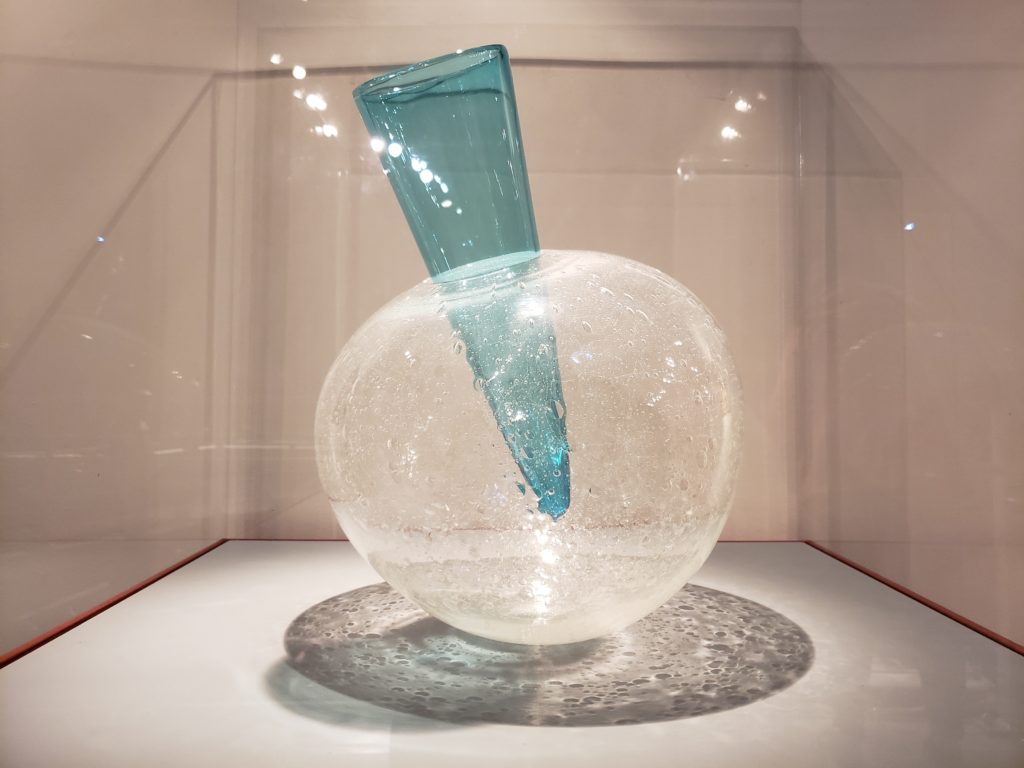
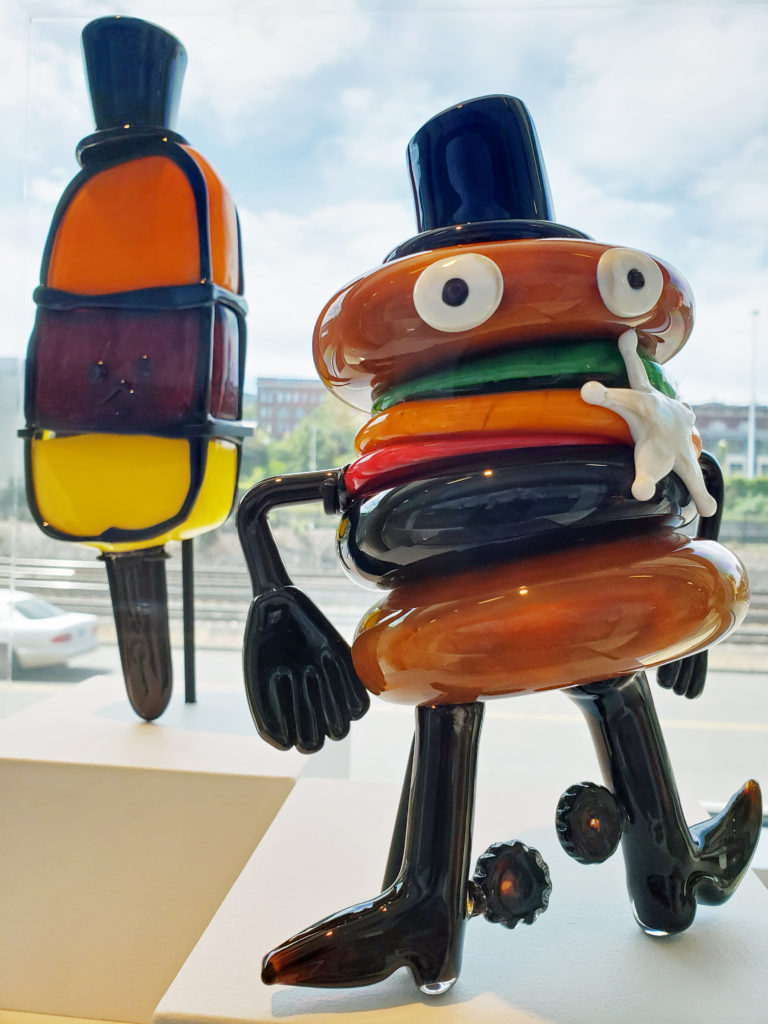

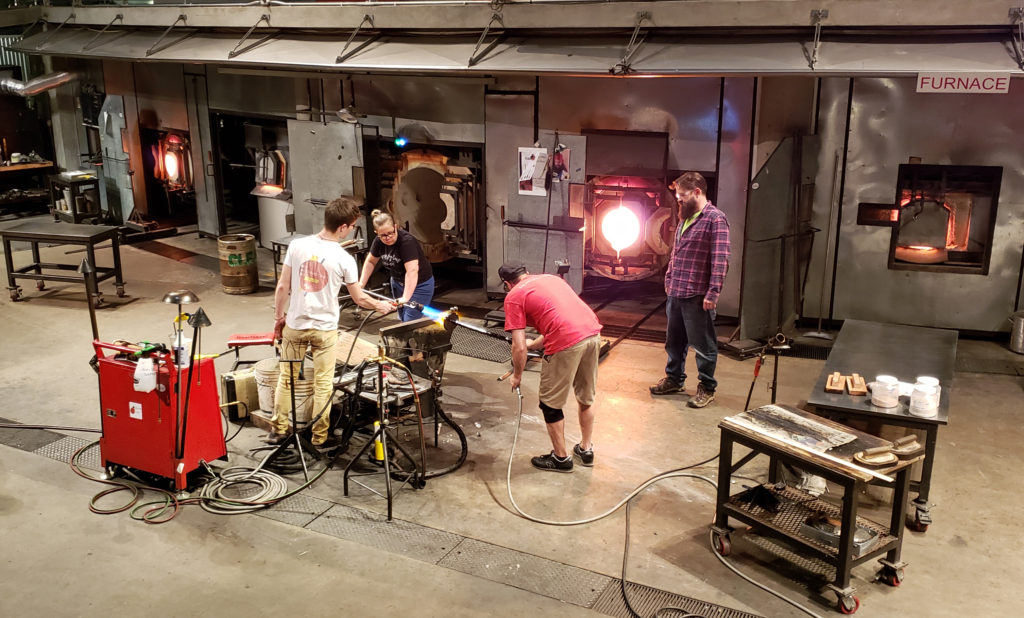
Inside the distinctive and massive Cone, you can watch members of the Hot Shop Team at work as they create glass art works. There are also workshops at the museum where you can actually work with the Hot Shop Team to create your own glass art pieces.
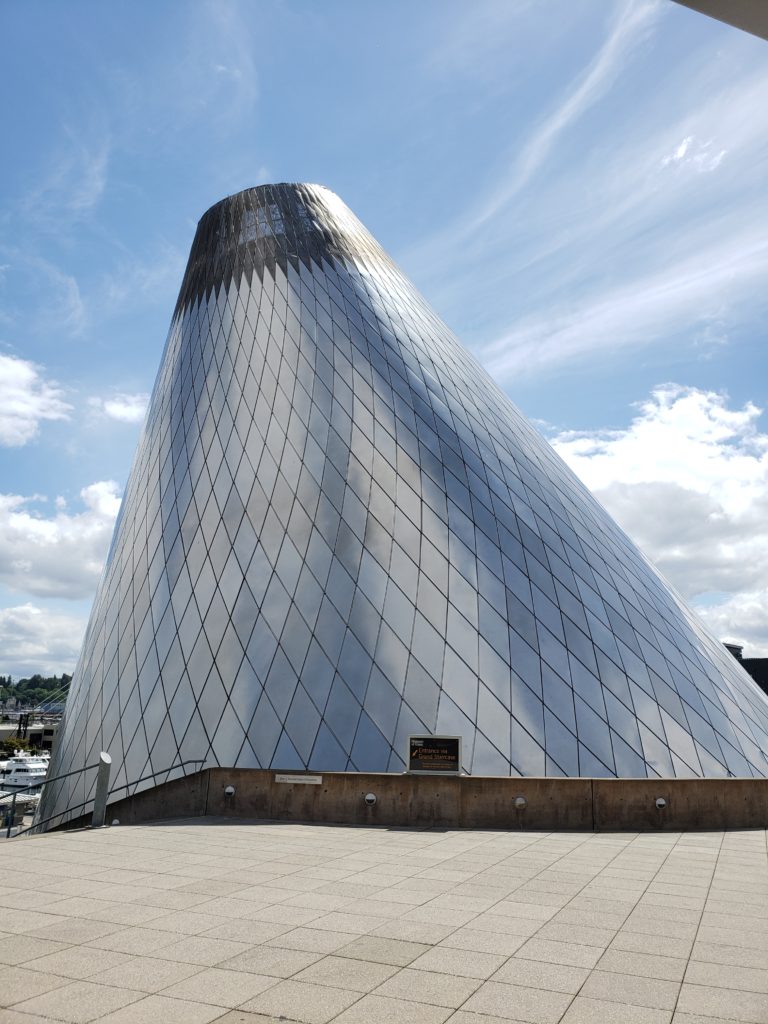
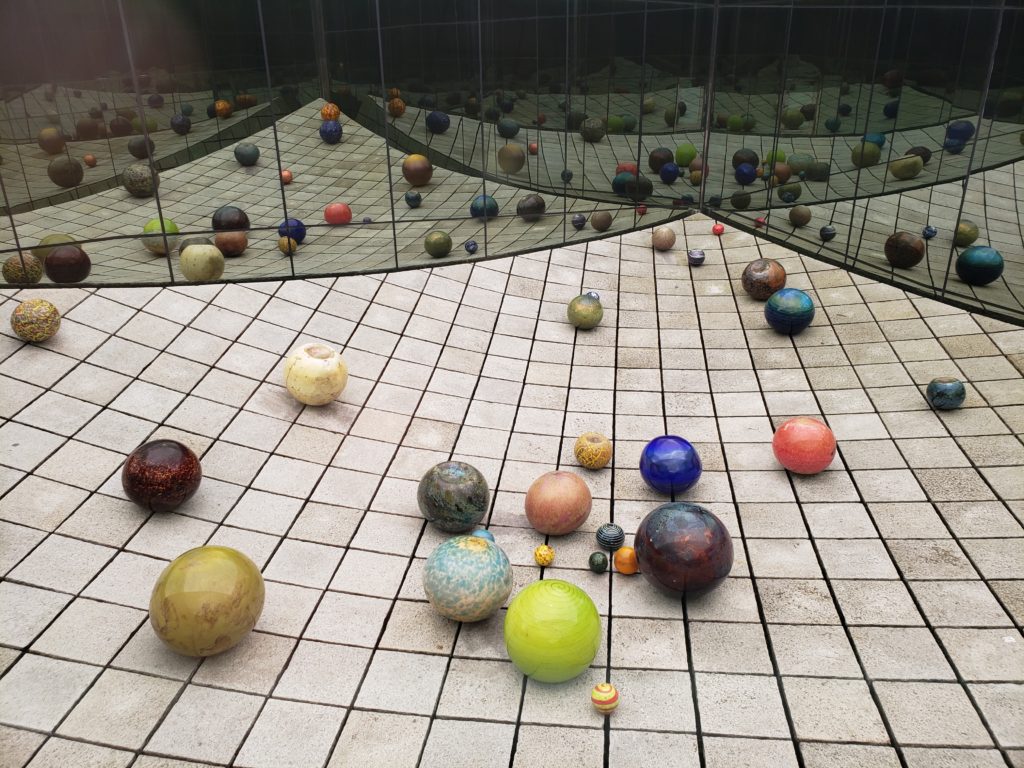
After taking in the Museum of Glass, we crossed the Bridge of Glass and made our way to the Tacoma Art Museum. TAM has developed a national reputation in recent years as an outstanding regional mid-sized museum. Its focus is on Northwest artists and Western American art.
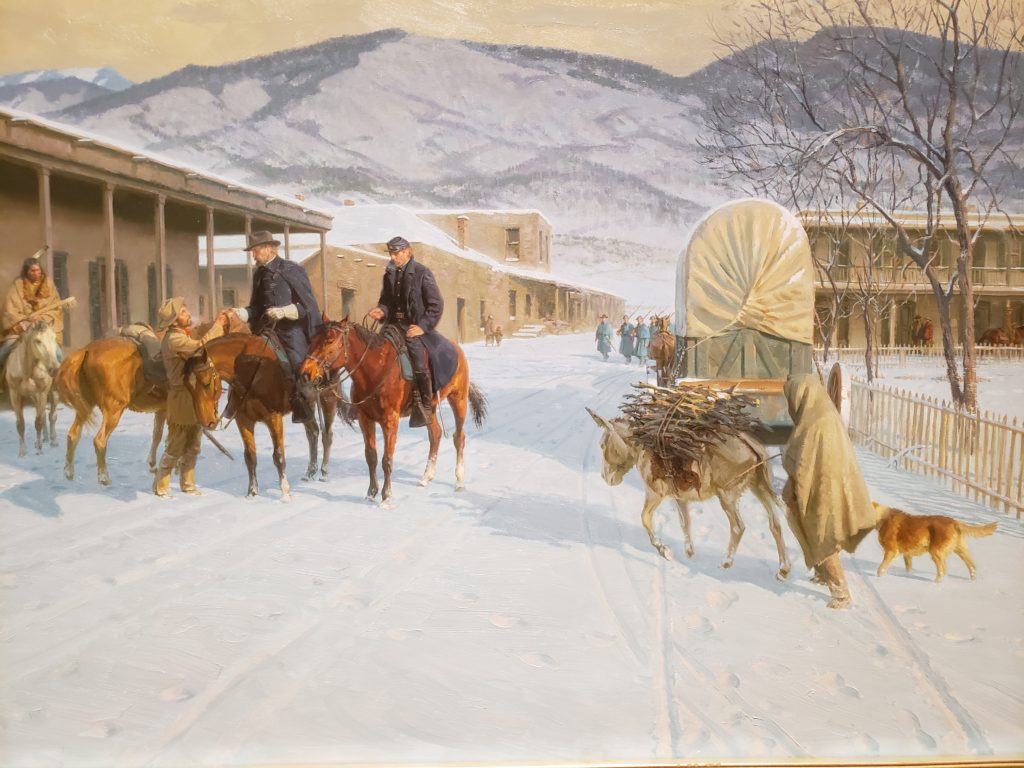
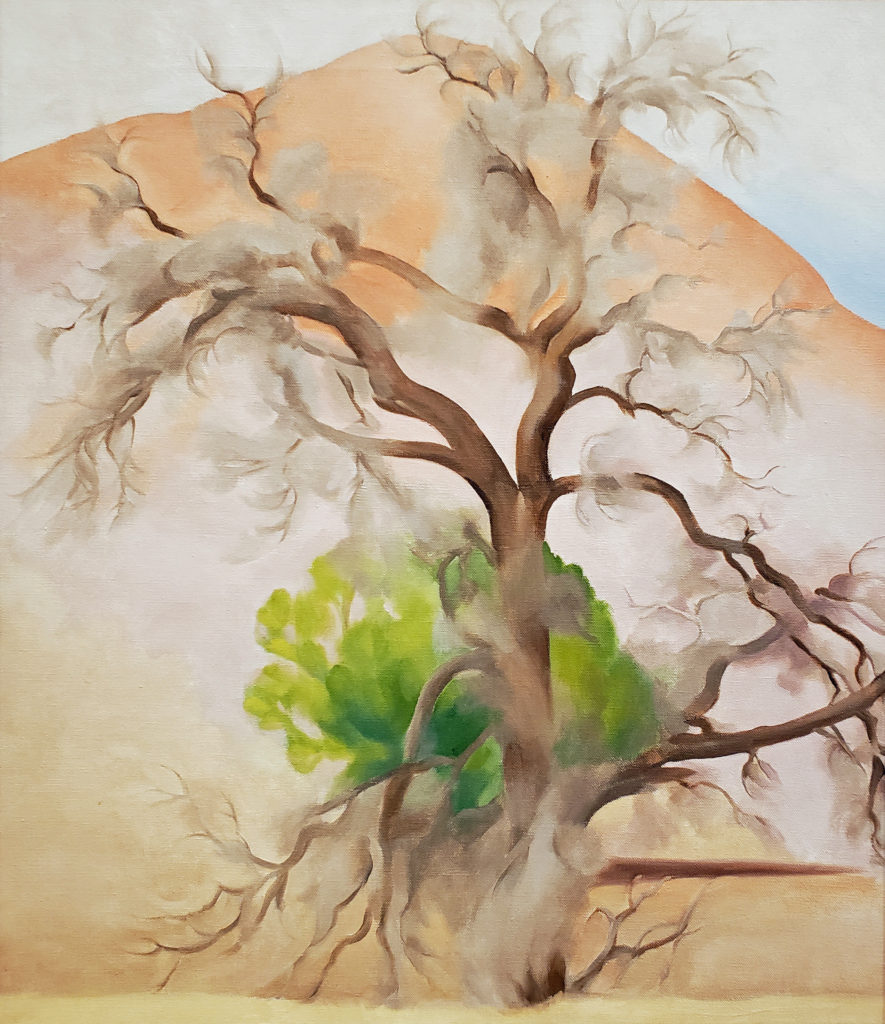
The majority of TAM’s collection of more than 5000 works of art are by Northwest artists, and the recently added Haub Family Collection makes TAM the premier museum in the Northwest for Western American art.
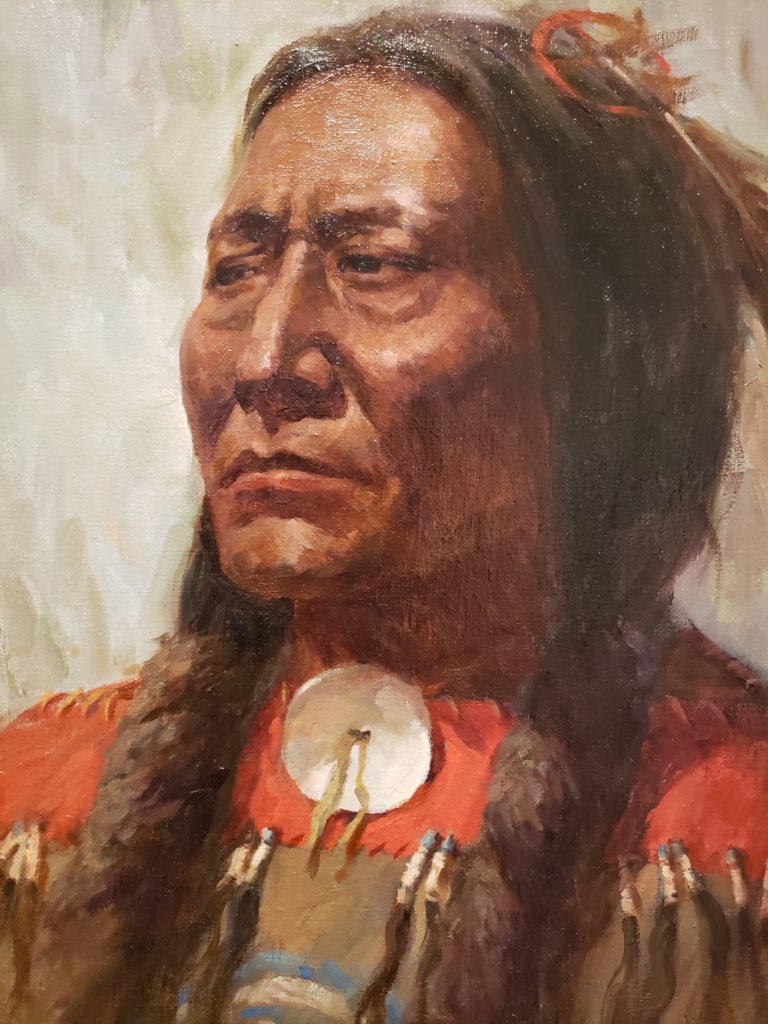
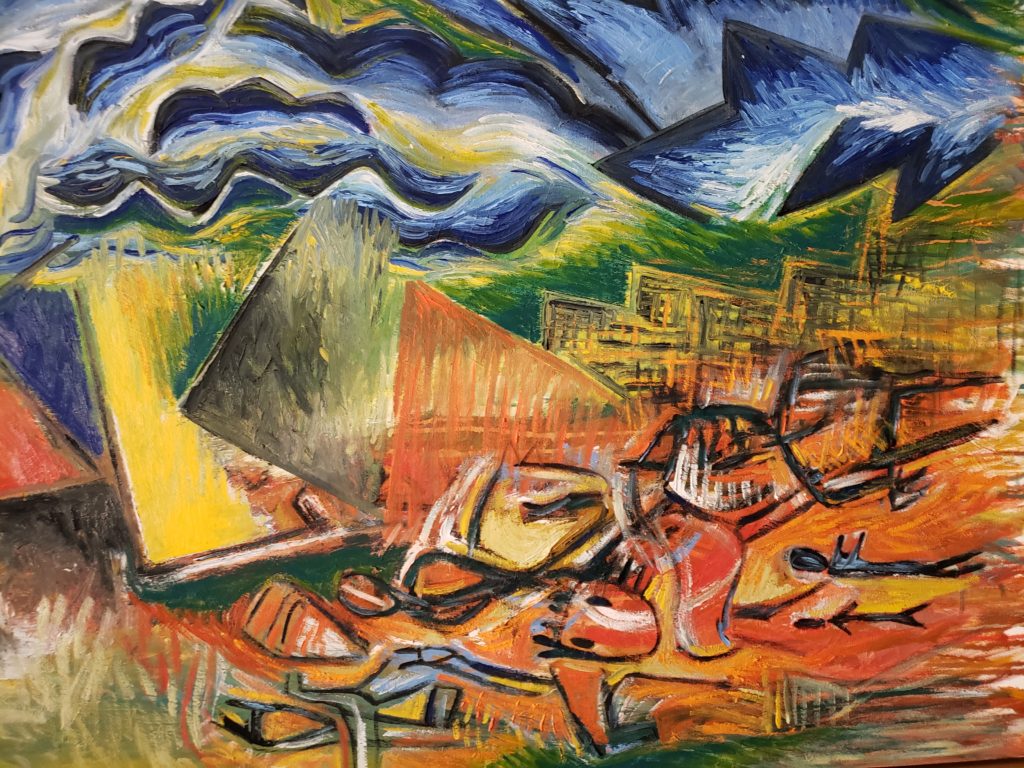
The In the Footsteps of My Ancestors exhibit of contemporary works by Native American artist Jaune Quick-to-See Smith was a nice compliment to the more traditional depictions of Native Americans in many of the Haub Family Collection works.
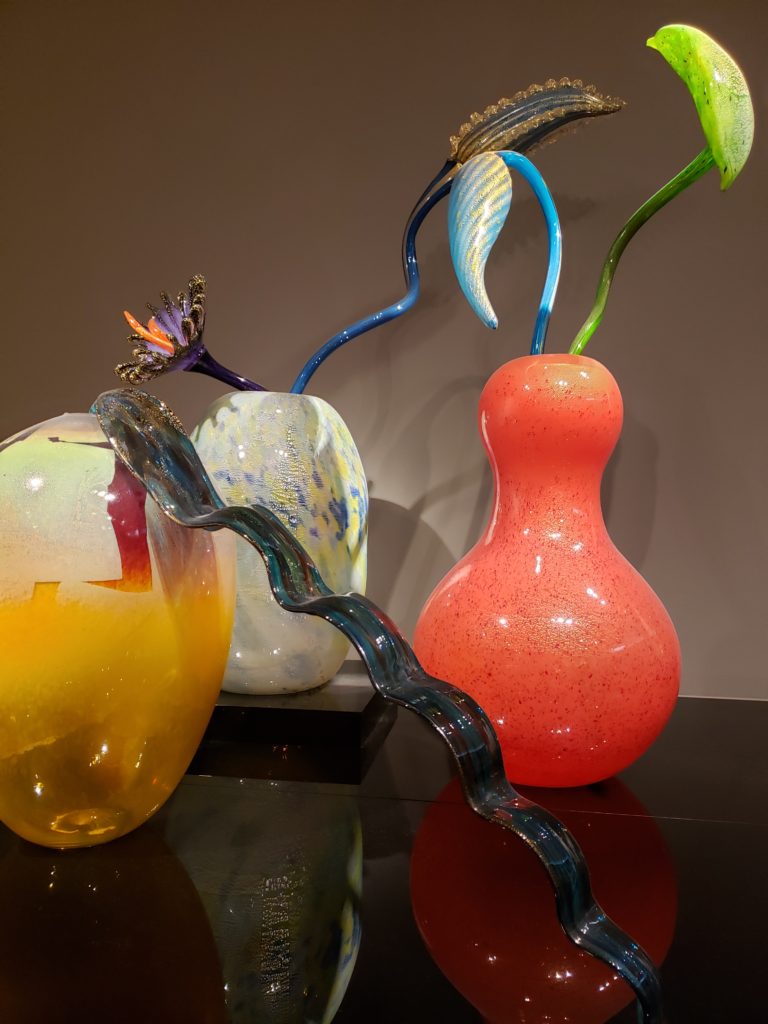
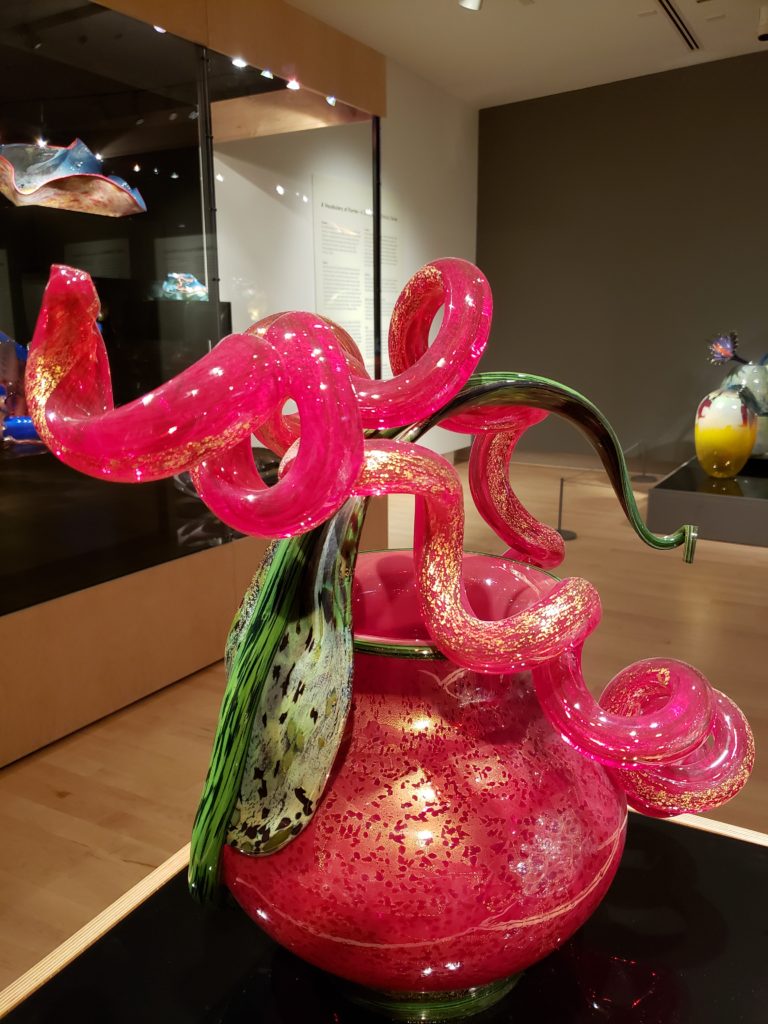
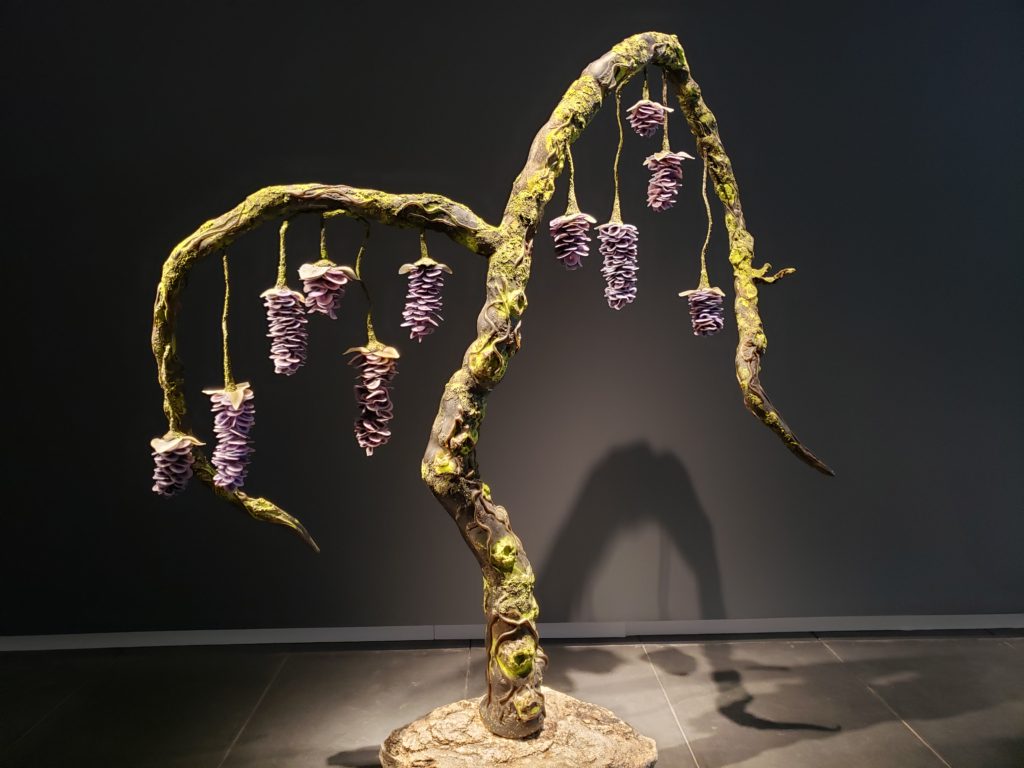
TAM also has a large collection of glass art by Dale Chihuly and other glass artists, much of it donated by the Benaroya family. I particularly liked the Arboria exhibit of works by Debora Moore.
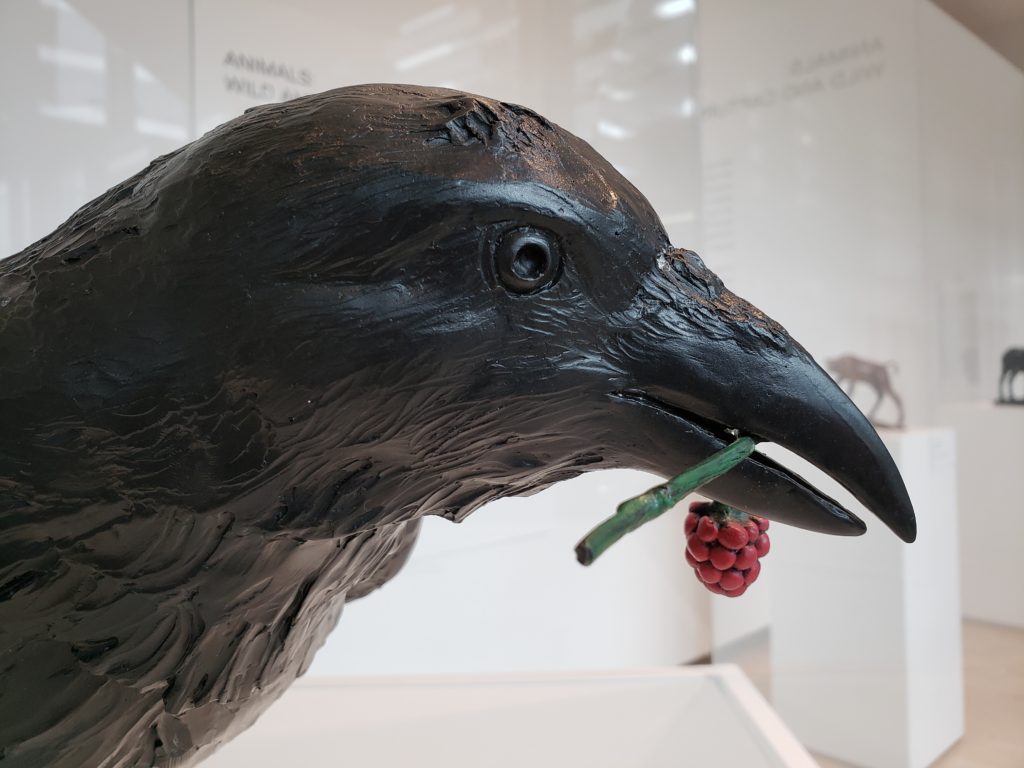
We didn’t have time to visit either the Washington State History Museum or Foss Waterway Seaport on our last trip. We’ll save those for another time. I would have enjoyed the LeMay car museum, but my wife had little or no interest, so we skipped that. And we didn’t have any of the grandkids with us on this trip, so we skipped the Children’s Museum, also. The information below was gathered from the websites of the other museums in the Tacoma Museum District and various other websites.

The Washington State History Museum is owned and operated by the Washington State Historical Society. The Society was founded in 1891, the original museum was dedicated in 1911, and the current museum opened its doors in 1996. In addition to the museum, the society also operates the State History Research Center, and publishes Columbia magazine.
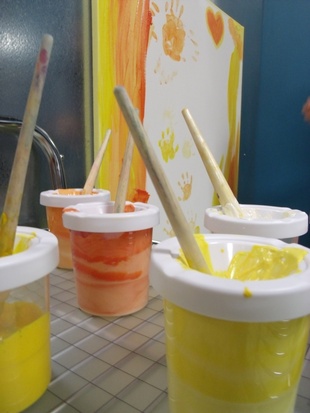
The Children’s Museum of Tacoma is unique in that it does not charge an admission fee. A donation is requested, but not required. Everyone is welcome regardless of their ability to pay. The museum is dedicated to the idea that play is central to children’s learning, and the museum has six “playscapes” that let children explore, play, build, and learn. In addition, the museum sponsors Play To Learn programs for children under six and their adults at more than twenty locations around Pierce County.

Foss Waterway Seaport houses historic maritime exhibits, an education center, the Heritage Boat Shop, and event spaces in the Balfour Dock Building on the Thea Foss Waterway. The Seaport also has docks and floats on the waterway for educational and recreational use. Foss Waterway Seaport is located on Dock Street, a little less than a mile north of the Museum of Glass.
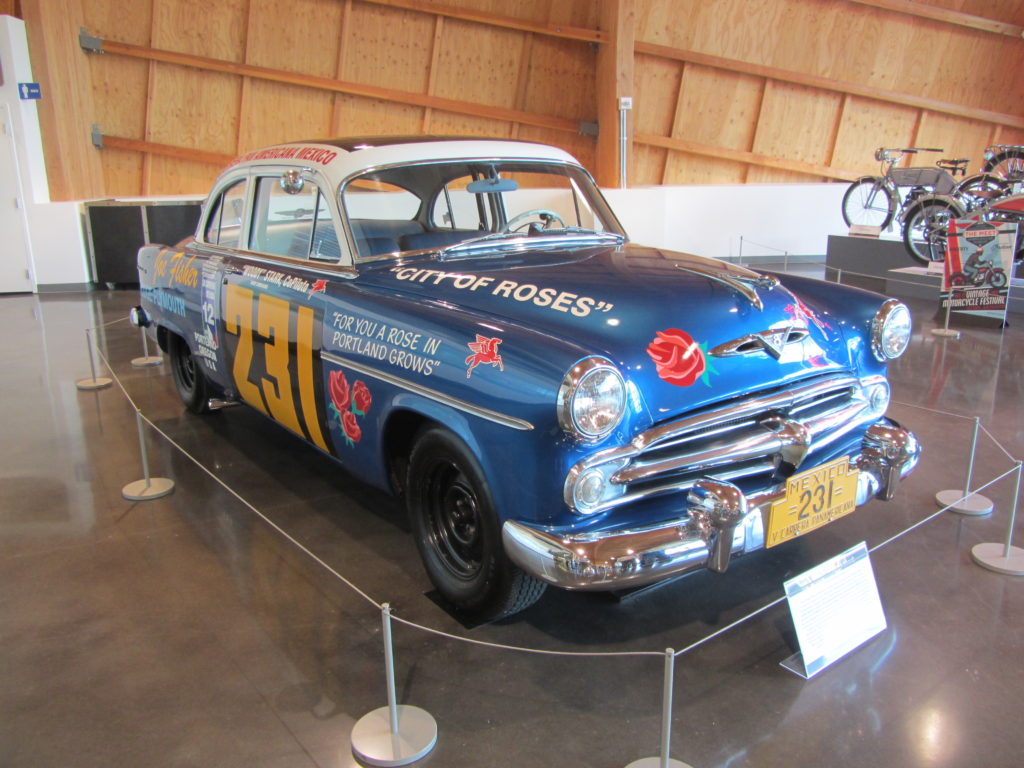
LeMay – America’s Car Museum is located south of the main group of museums, just west of the Tacoma Dome. During his lifetime, Harold LeMay (1919-2000) of Spanaway, Washington collected more than 3000 cars. At its peak, the LeMay collection was the largest privately owned automotive collection in the world. America’s Car Museum houses some 300 cars from his collection. In addition to the museum, the LeMay Car Show, held on the last Saturday in August each year, offers the public a chance to view more than 1000 vintage cars from the LeMay collection.
If you’re planning to visit more than two of the museums, purchasing a Museum District Pass can save you some money. The pass is available for purchase at any of the six museums and can also be purchased online from the Travel Tacoma website. The pass is good for one visit to each of the six museums and is valid for one year from the date it is first used.
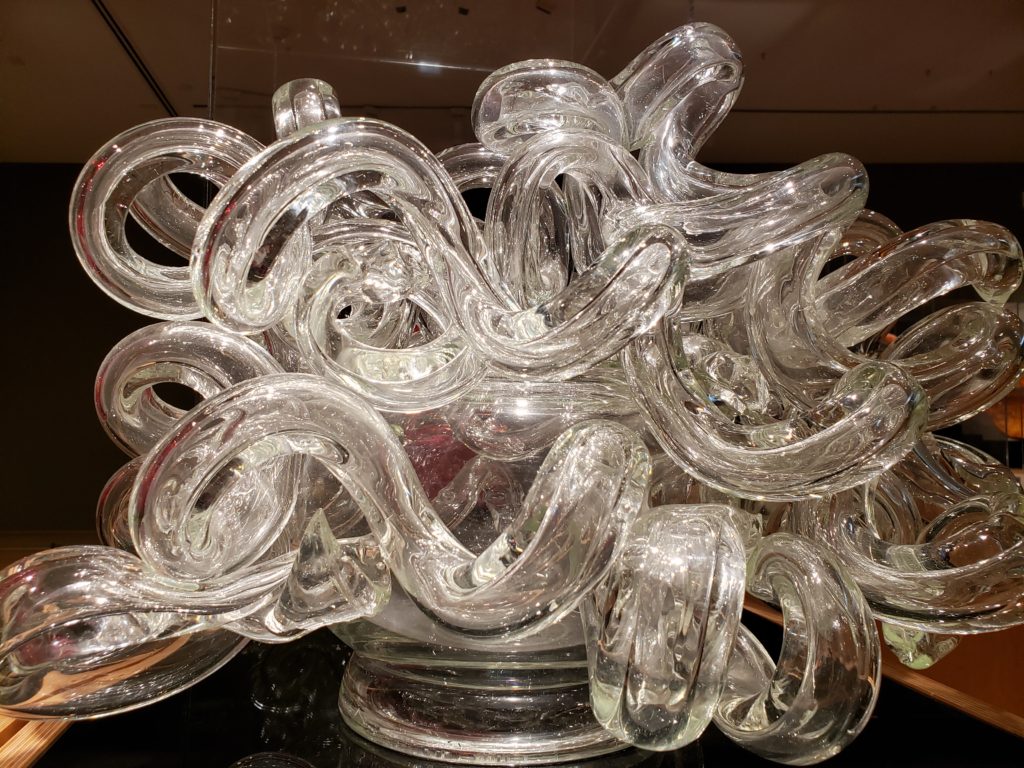
Originally posted June 30, 2019. Most recently updated June 26, 2023.
Photo Notes:
The featured image at the top of this post is a work by Shayna Lieb titled “Dawn” displayed at the Museum of Glass (photo by the author)
The photo of the Washington State History Museum was taken from Wikimedia Commons (credited to “Visitor 7”)
The photo of the the car at LeMay – America’s Car Museum is also from Wikimedia Commons (photo credit to John Lloyd, Concrete, Washington)
The photos of The Children’s Museum and Foss Waterway Seaport are taken from their respective websites (photos not credited)
All other photos © Alan K. Lee

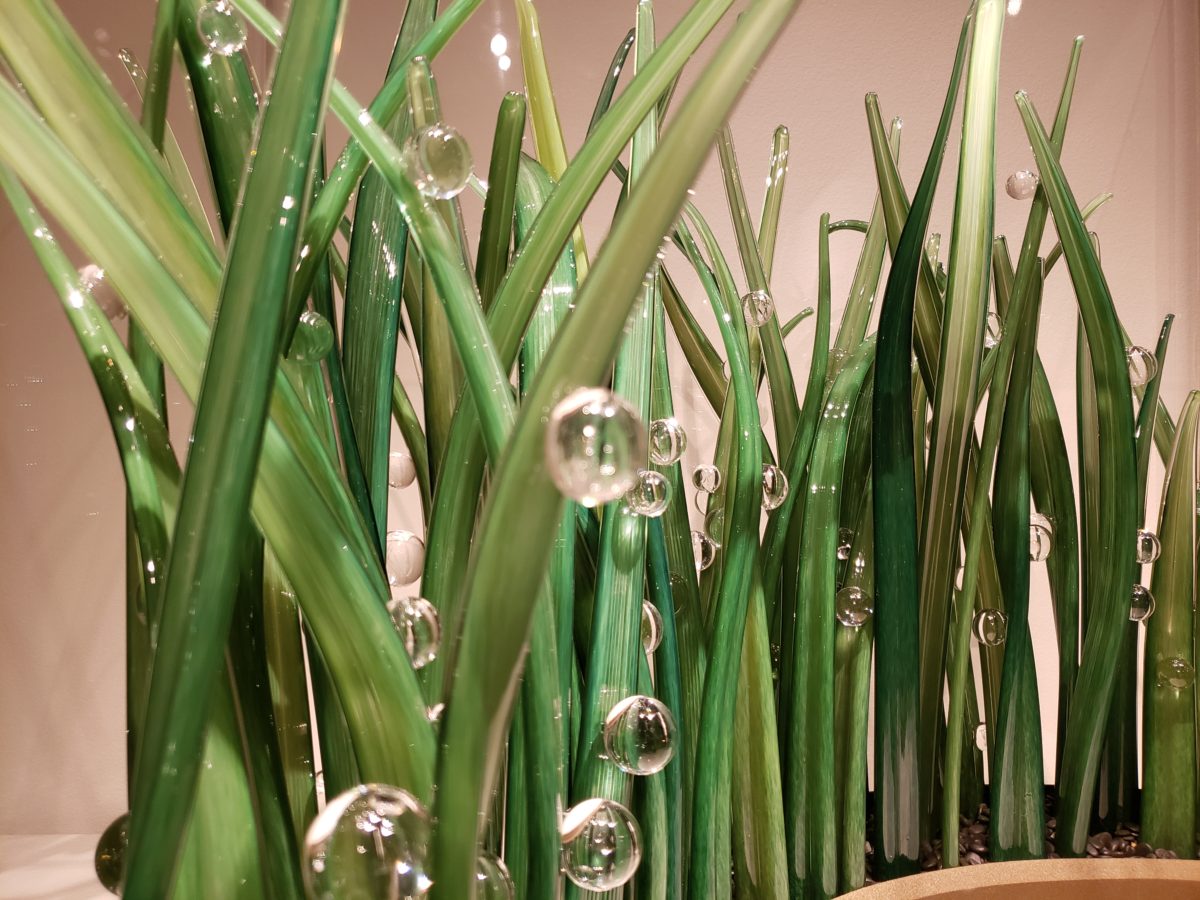
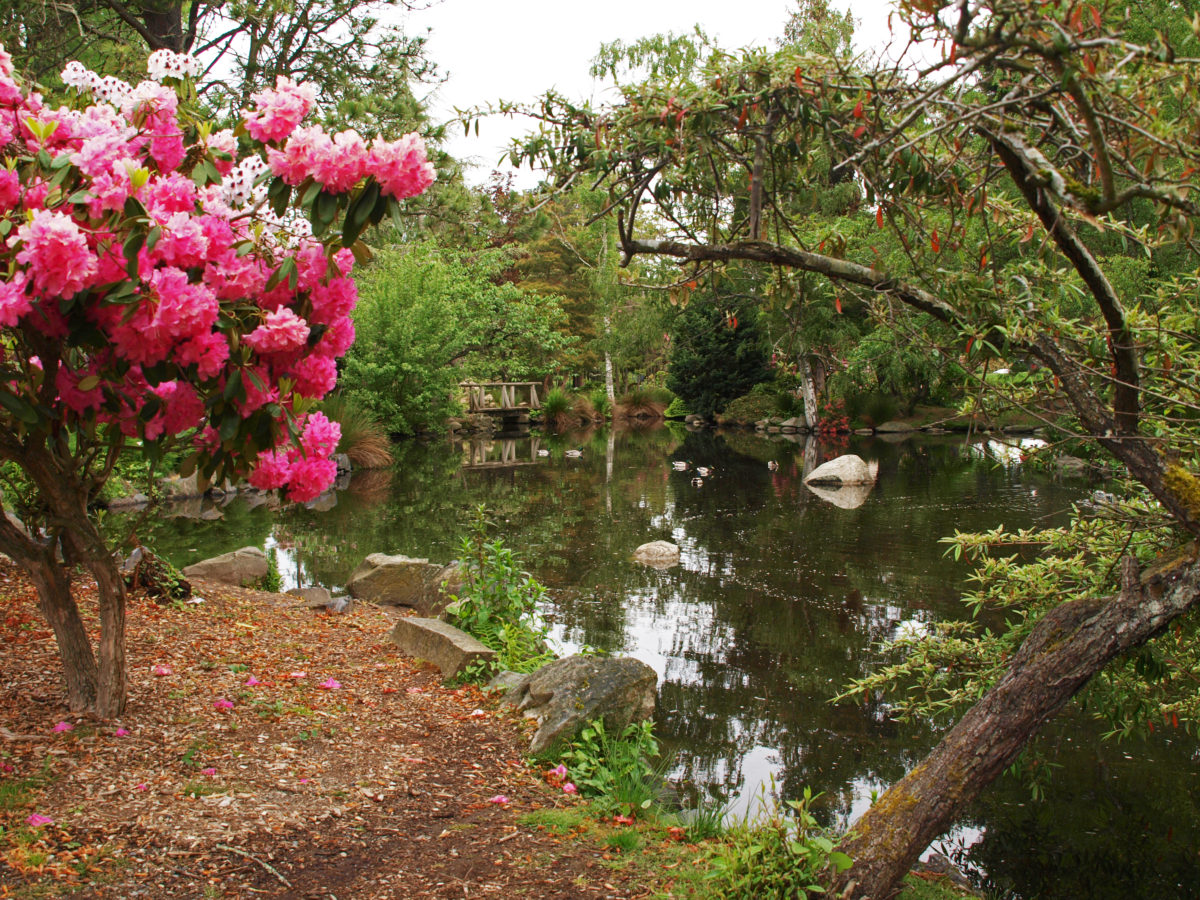
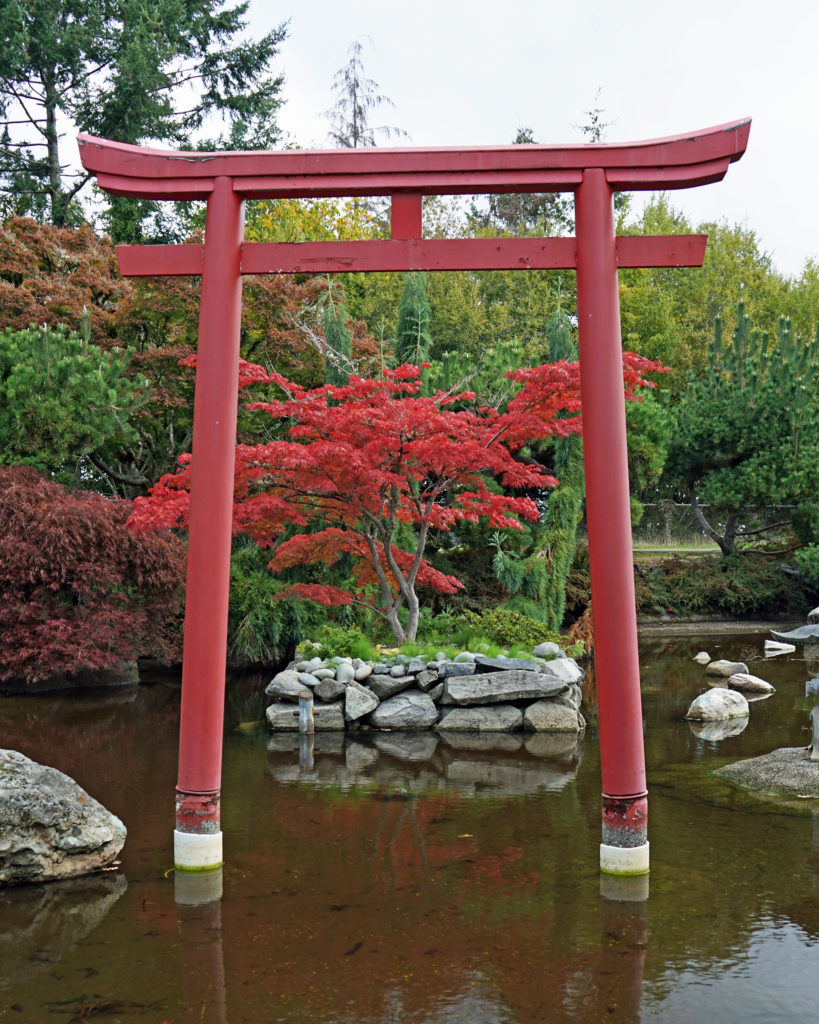 If you’ve never been to Point Defiance, check out the park’s
If you’ve never been to Point Defiance, check out the park’s 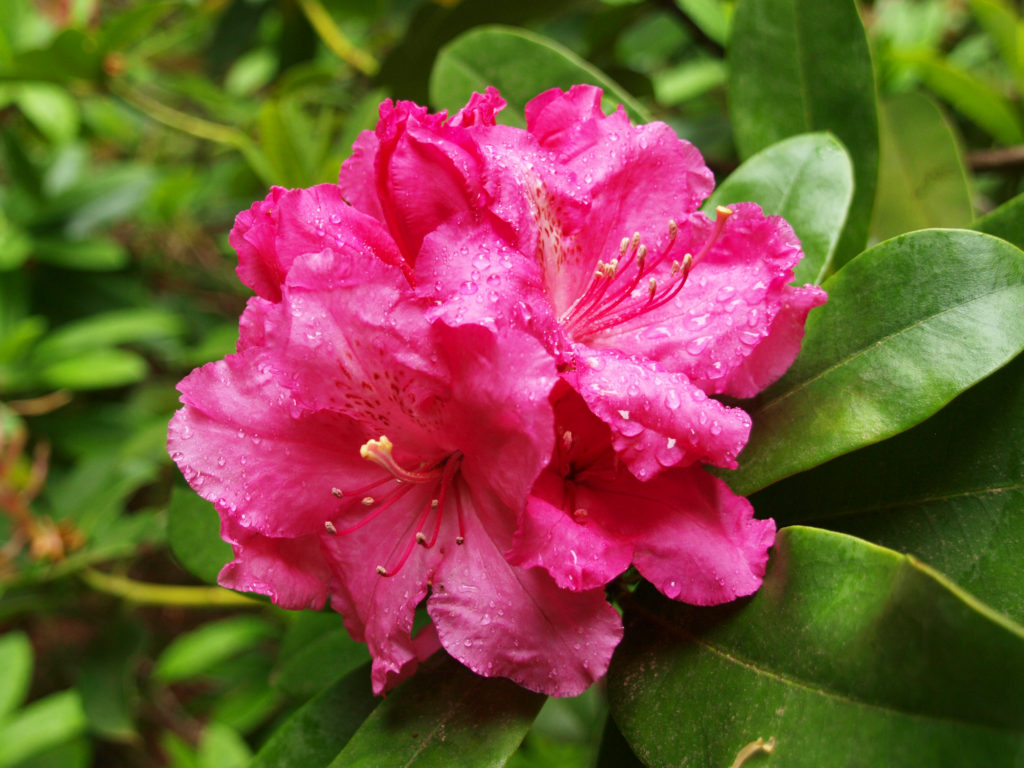
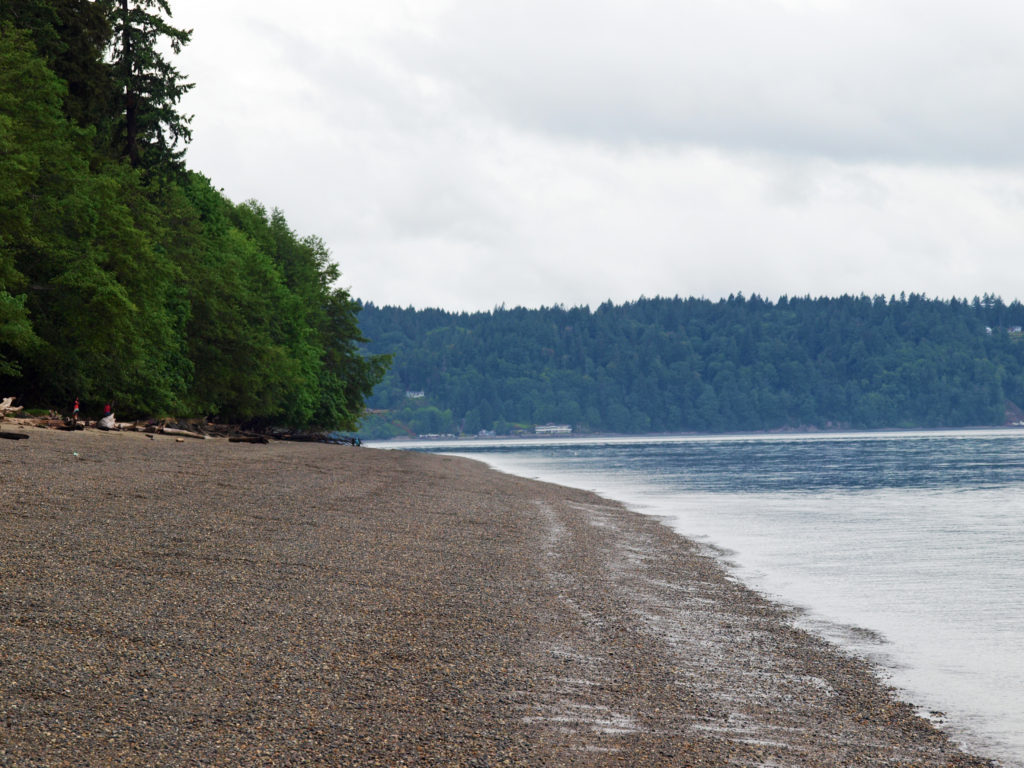
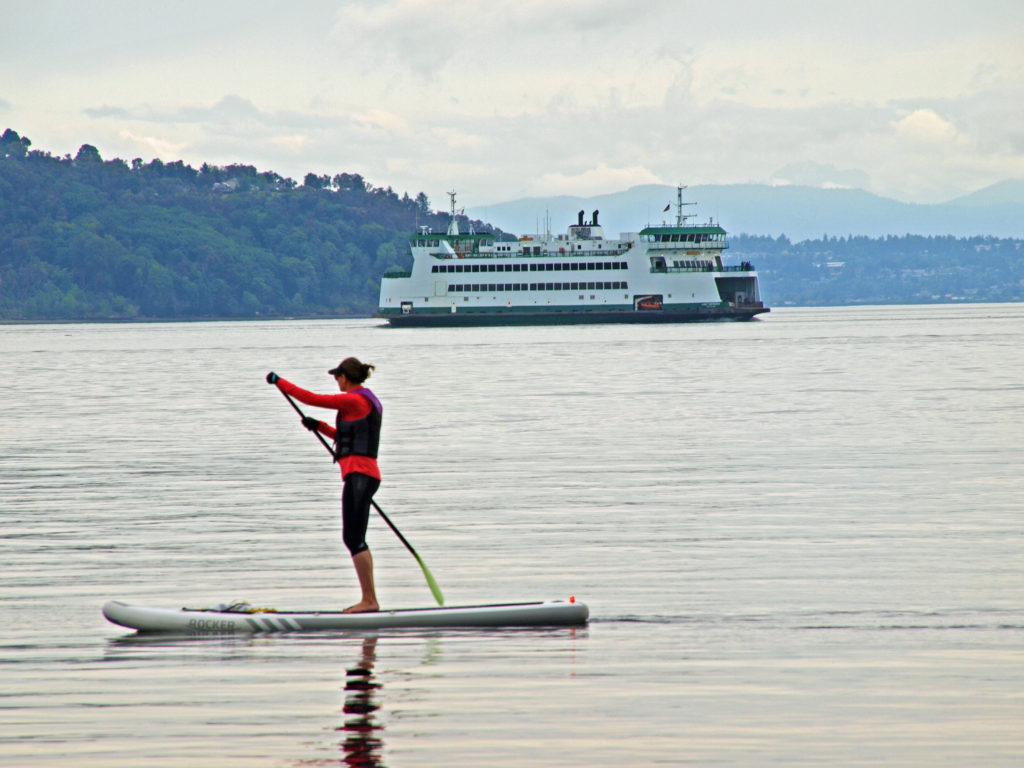 There is a wide, paved, ADA accessible path (the Promenade) connecting the beach with the marina area of the park and the Point Ruston Waterwalk, giving unhindered pedestrian and bicycle access to the park from the Tacoma waterfront. And a construction project completed in 2022 expanded the parking lot, created new entry and exit paths for pedestrians and cyclists separated from the vehicle roadway, a new beach pavilion, new restrooms, a new ADA accessible children’s playground, new ADA accessible plazas and pathways, and a renovated WPA-era picnic shelter.
There is a wide, paved, ADA accessible path (the Promenade) connecting the beach with the marina area of the park and the Point Ruston Waterwalk, giving unhindered pedestrian and bicycle access to the park from the Tacoma waterfront. And a construction project completed in 2022 expanded the parking lot, created new entry and exit paths for pedestrians and cyclists separated from the vehicle roadway, a new beach pavilion, new restrooms, a new ADA accessible children’s playground, new ADA accessible plazas and pathways, and a renovated WPA-era picnic shelter. The outer loop of the Five Mile Drive provides numerous waterfront access points with views across Dalco Passage to Vashon Island and across The Narrows to the
The outer loop of the Five Mile Drive provides numerous waterfront access points with views across Dalco Passage to Vashon Island and across The Narrows to the  The outer loop is closed to vehicular traffic part of the day to give cyclists, runners, and pedestrians access to the northern half of the park free from conflicts with motor vehicles. On our most recent visit it was closed after 2:00 pm, but on our previous visit it was, I believe, closed in the morning. Check the Point Defiance Park website (linked above) for the current schedule if you plan to visit the park.
The outer loop is closed to vehicular traffic part of the day to give cyclists, runners, and pedestrians access to the northern half of the park free from conflicts with motor vehicles. On our most recent visit it was closed after 2:00 pm, but on our previous visit it was, I believe, closed in the morning. Check the Point Defiance Park website (linked above) for the current schedule if you plan to visit the park.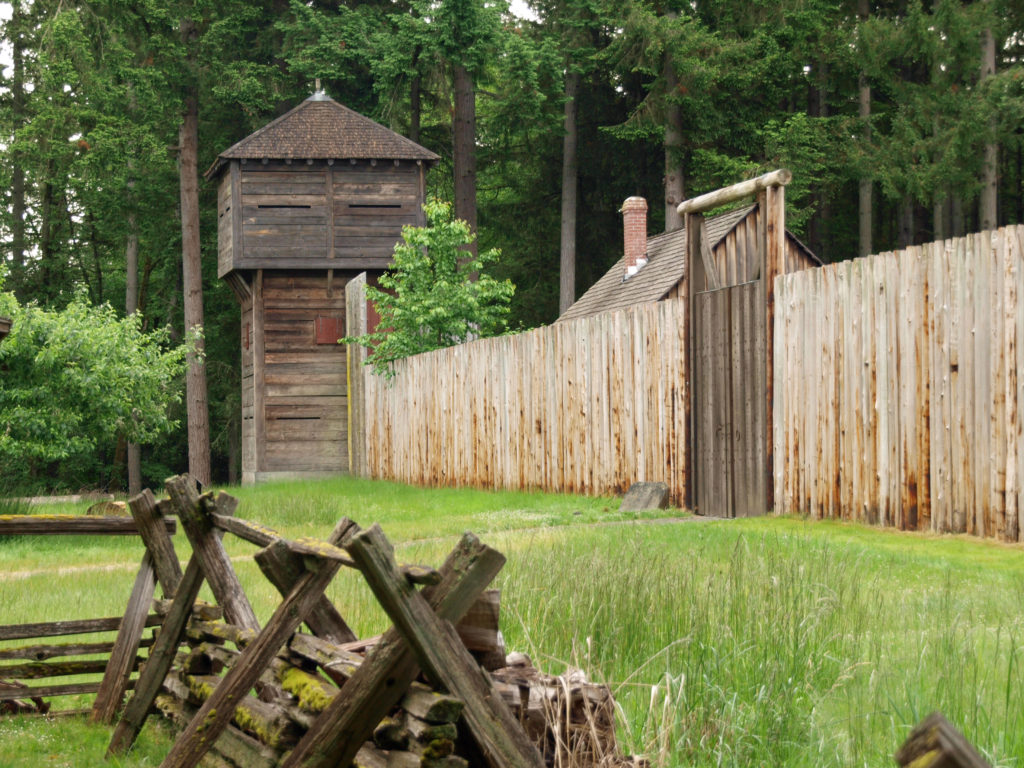
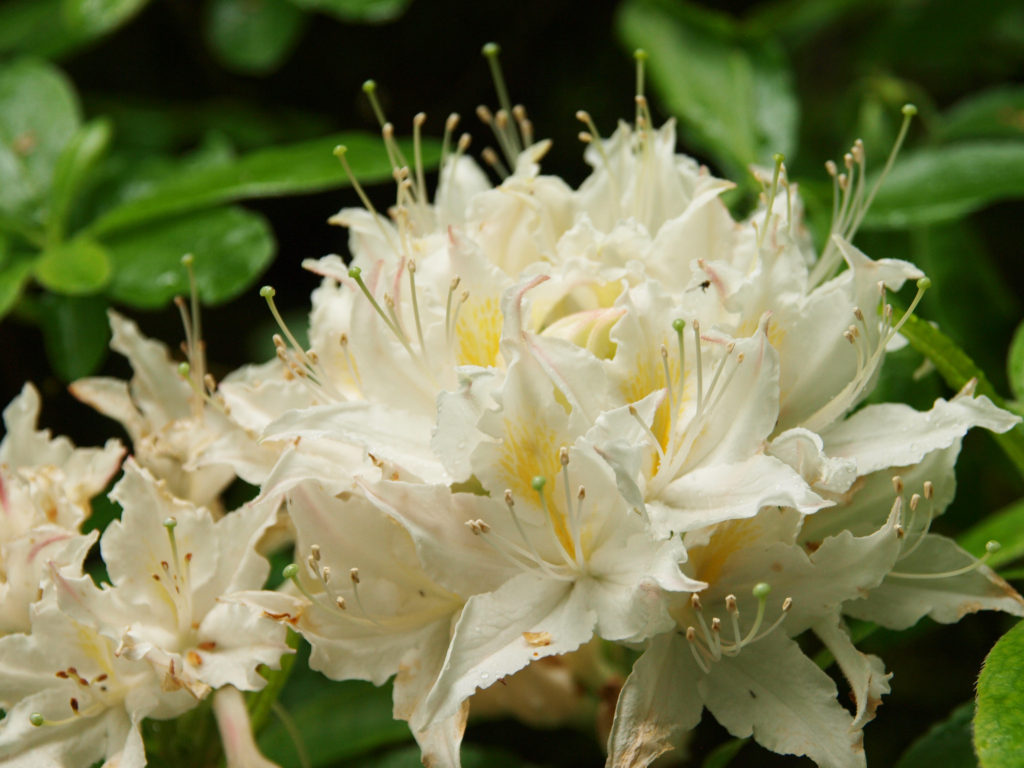

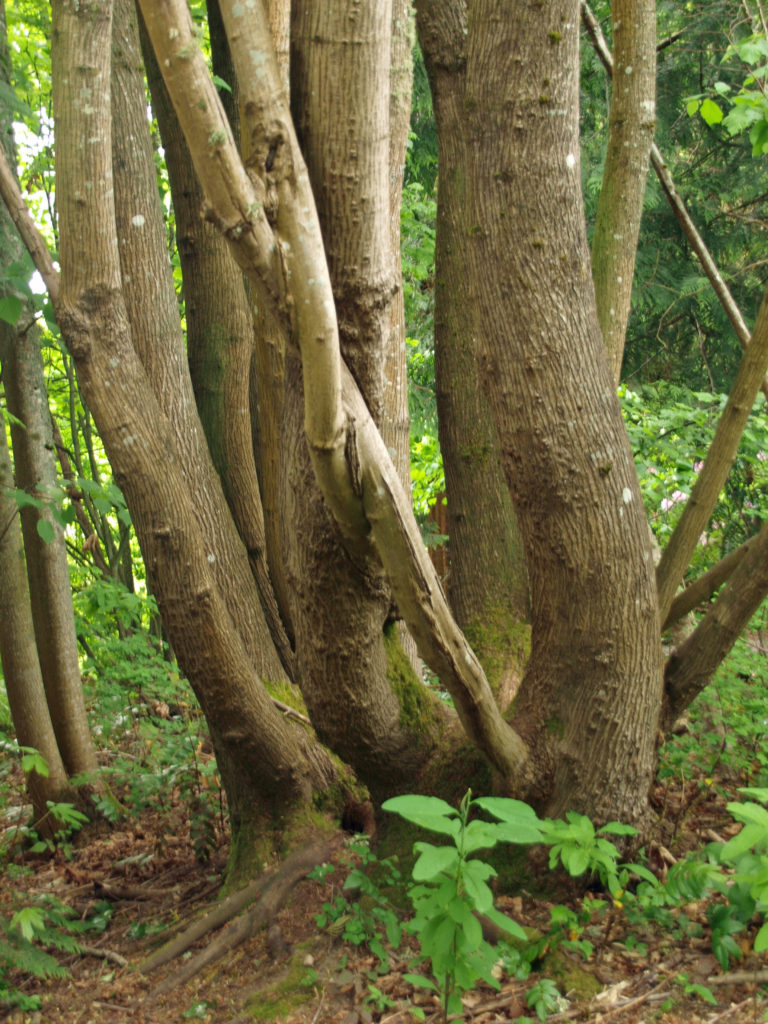
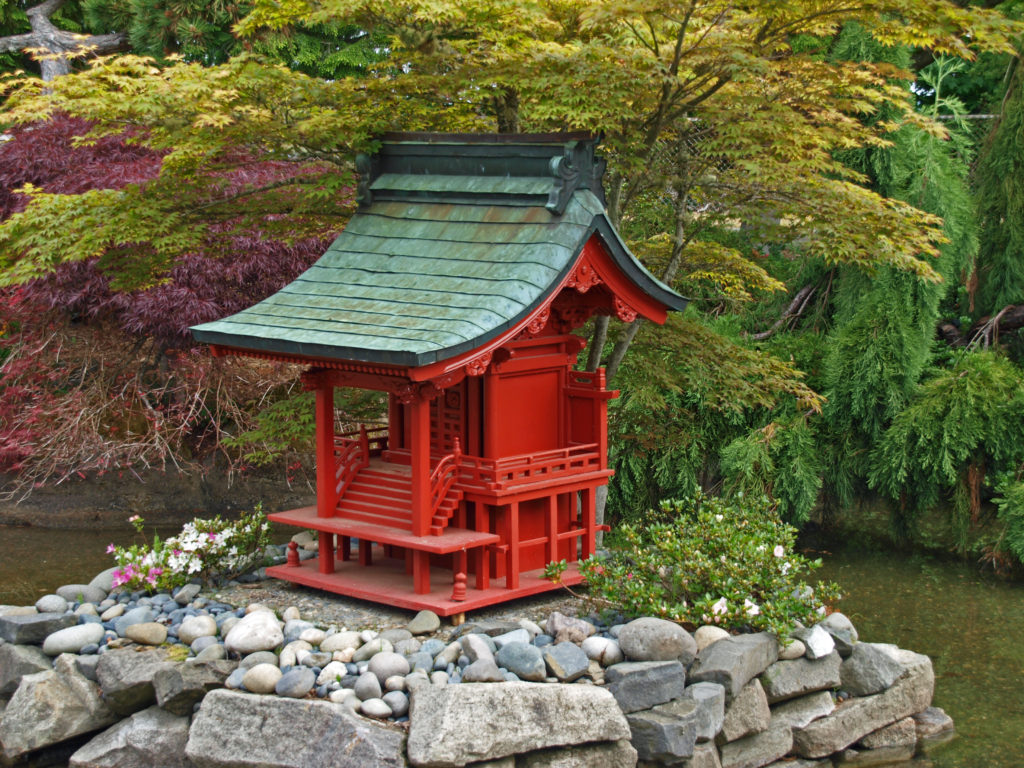
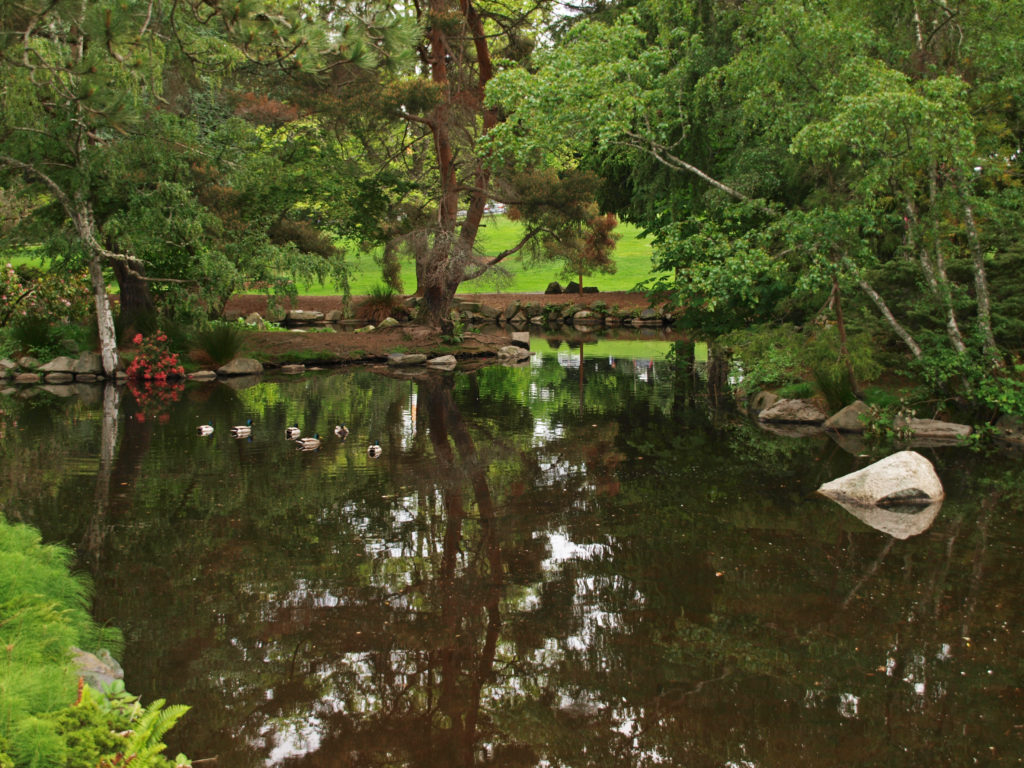 On both of our recent visits our final, and longest, stop was at the botanical gardens area near the entrance to the park. Here there is a large pond with a waterfall, an herb garden, a large rose garden, a dahlia garden, an iris garden, and a Japanese garden. We could easily have spent even more time here than we did on either visit. And if you visit the
On both of our recent visits our final, and longest, stop was at the botanical gardens area near the entrance to the park. Here there is a large pond with a waterfall, an herb garden, a large rose garden, a dahlia garden, an iris garden, and a Japanese garden. We could easily have spent even more time here than we did on either visit. And if you visit the 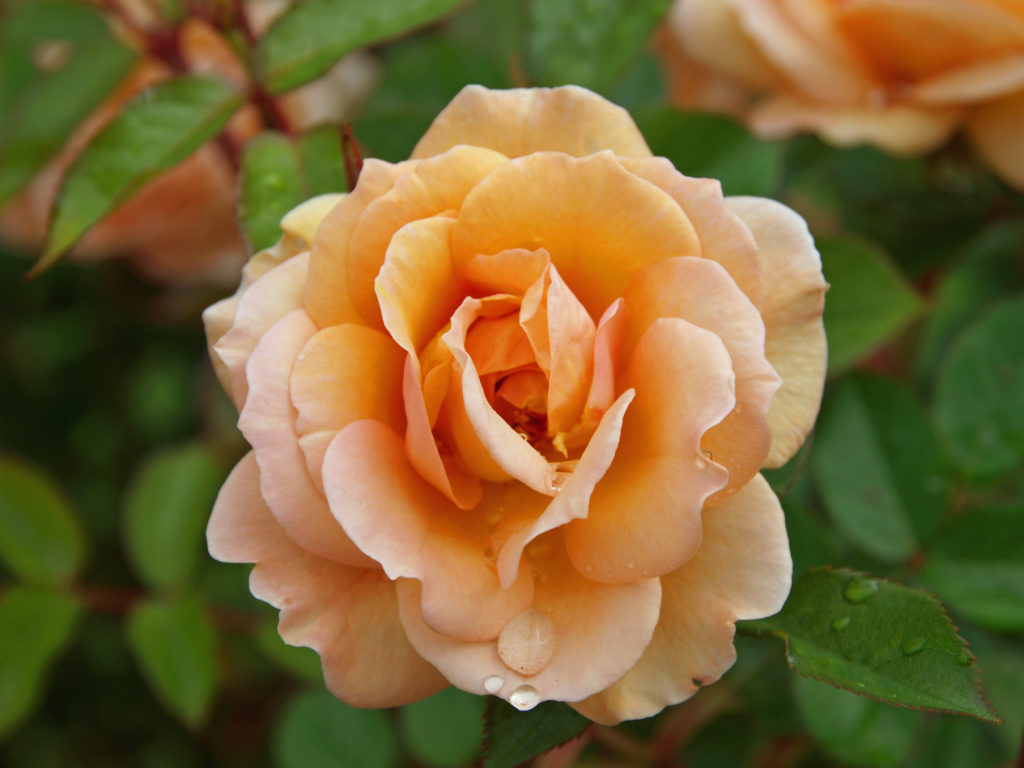 Point Defiance Park is one of the largest, and best, city parks in the Pacific Northwest. The park is similar in many ways to Vancouver, BC’s Stanley Park. Point Defiance is, without question, one of Tacoma’s top attractions.
Point Defiance Park is one of the largest, and best, city parks in the Pacific Northwest. The park is similar in many ways to Vancouver, BC’s Stanley Park. Point Defiance is, without question, one of Tacoma’s top attractions.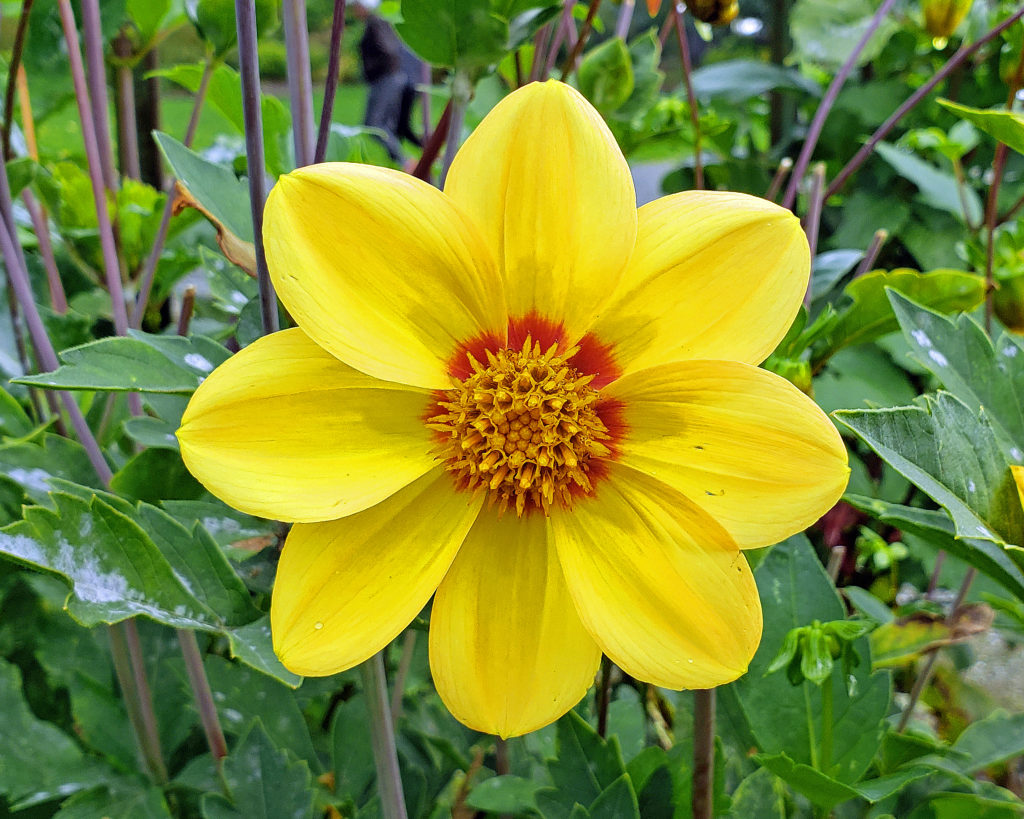 Originally posted May 19, 2019. Most recently updated February 18, 2025.
Originally posted May 19, 2019. Most recently updated February 18, 2025.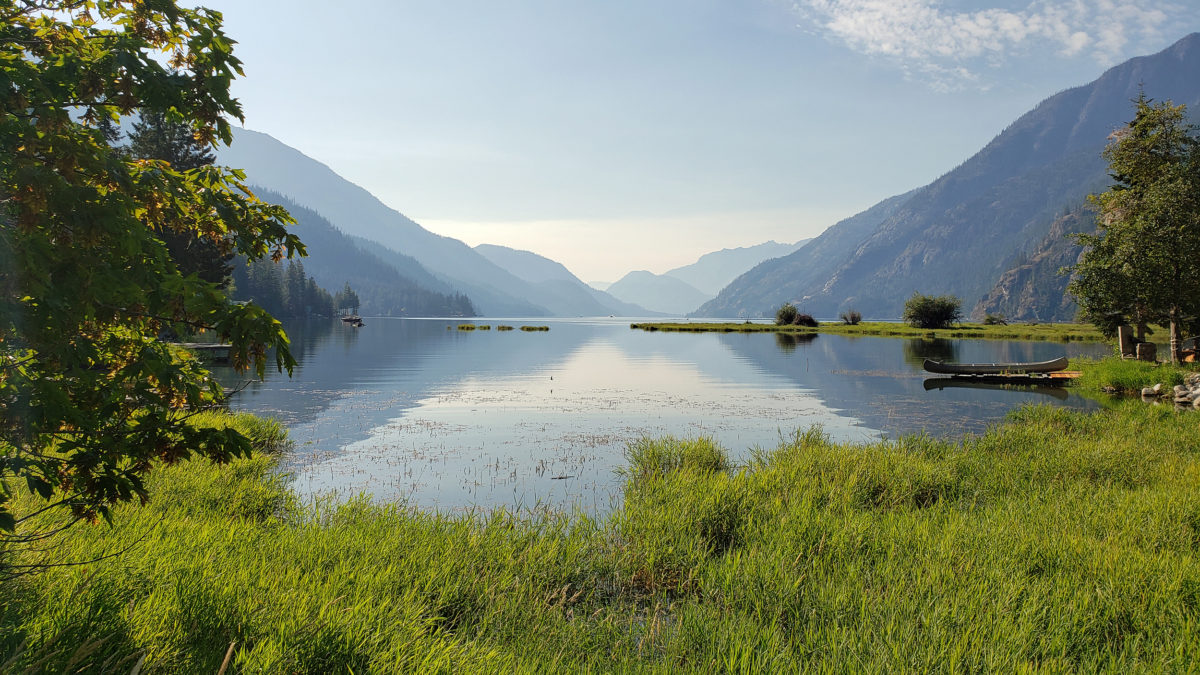
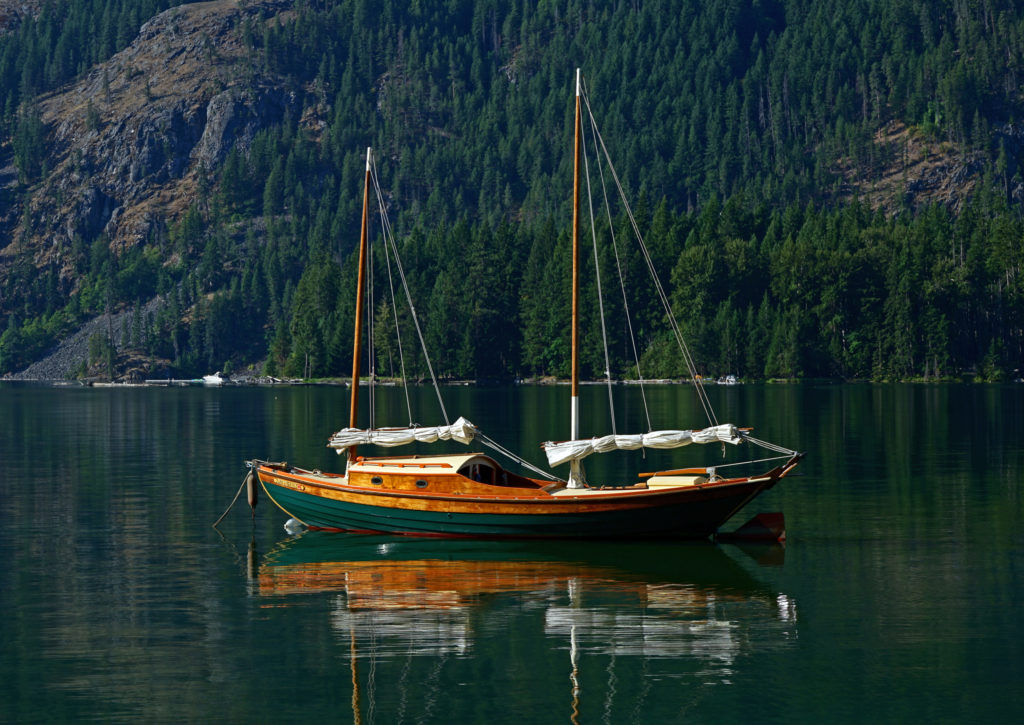 My wife and I have visited the small community of Stehekin at the head of Lake Chelan in central Washington several times. Our most recent visit came on a week-long escape during the pandemic in 2021.
My wife and I have visited the small community of Stehekin at the head of Lake Chelan in central Washington several times. Our most recent visit came on a week-long escape during the pandemic in 2021.
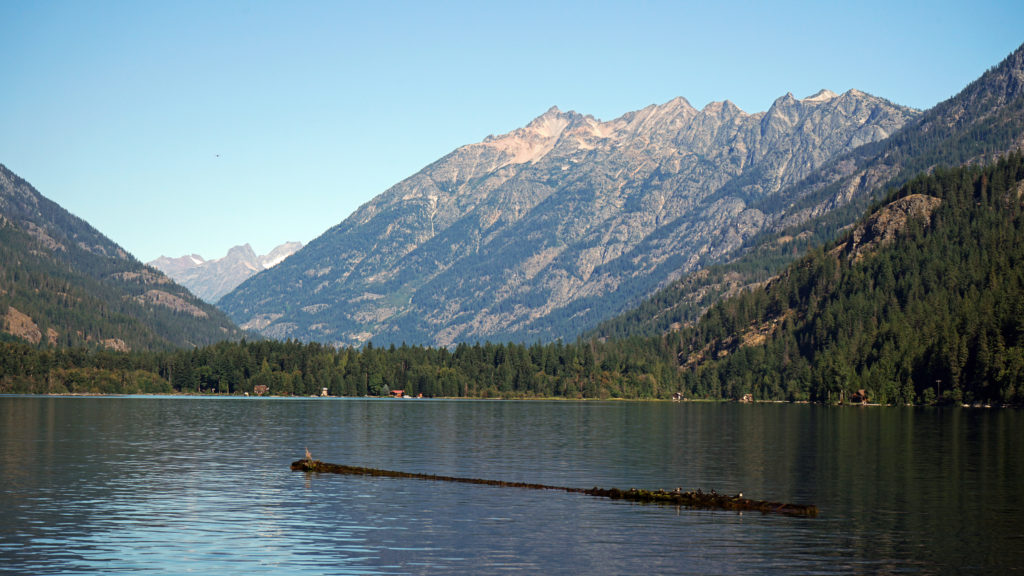
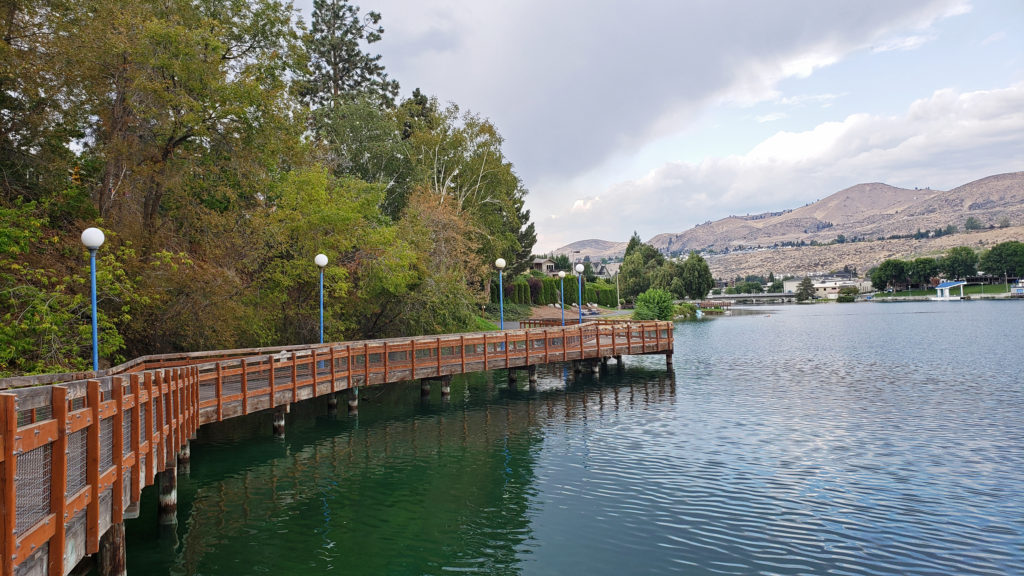
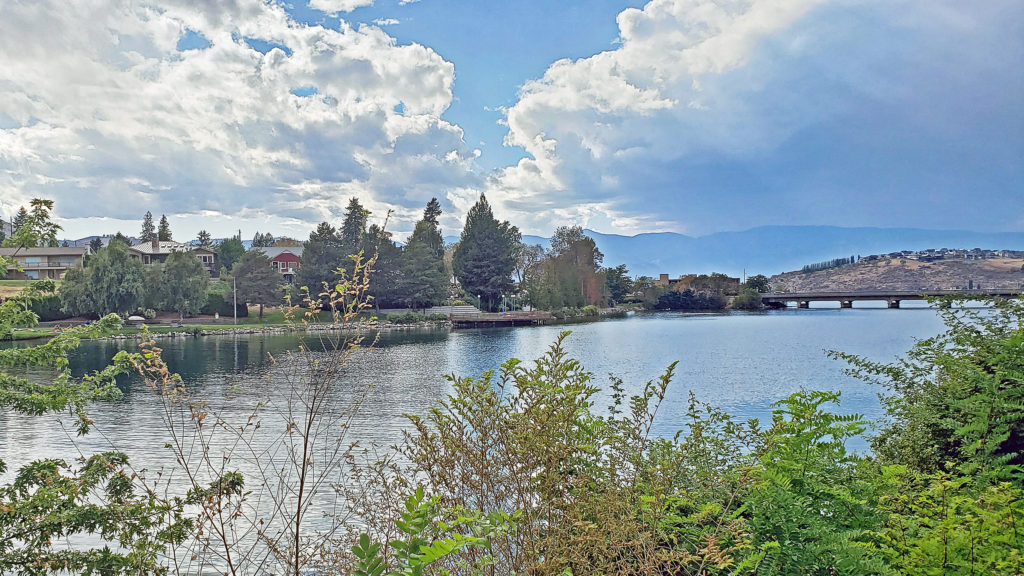
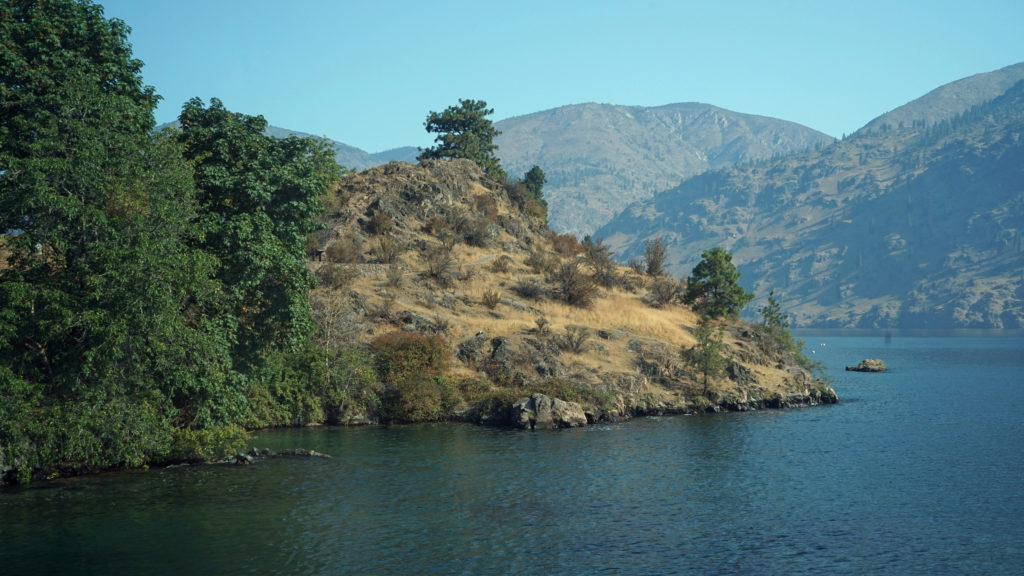
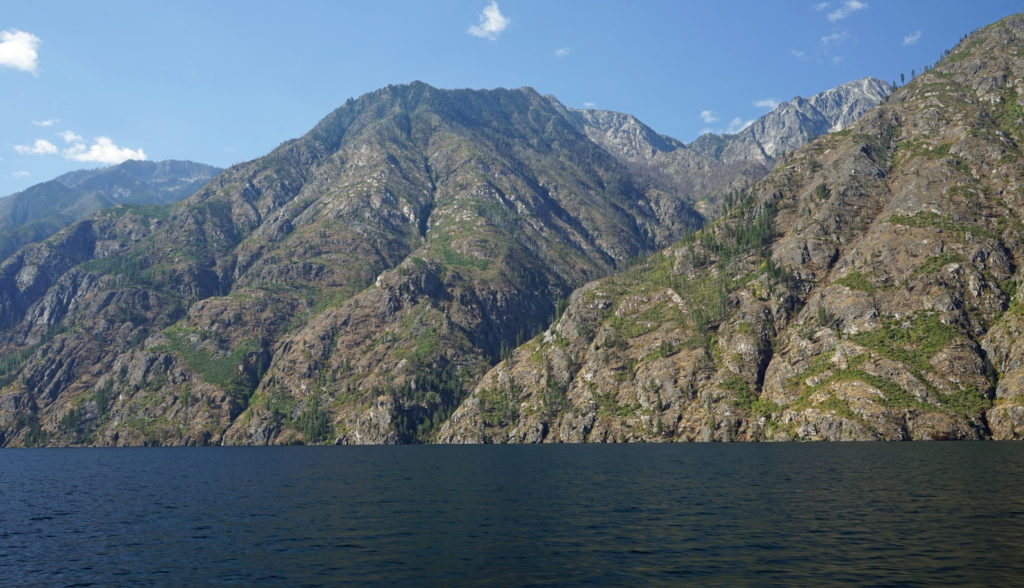
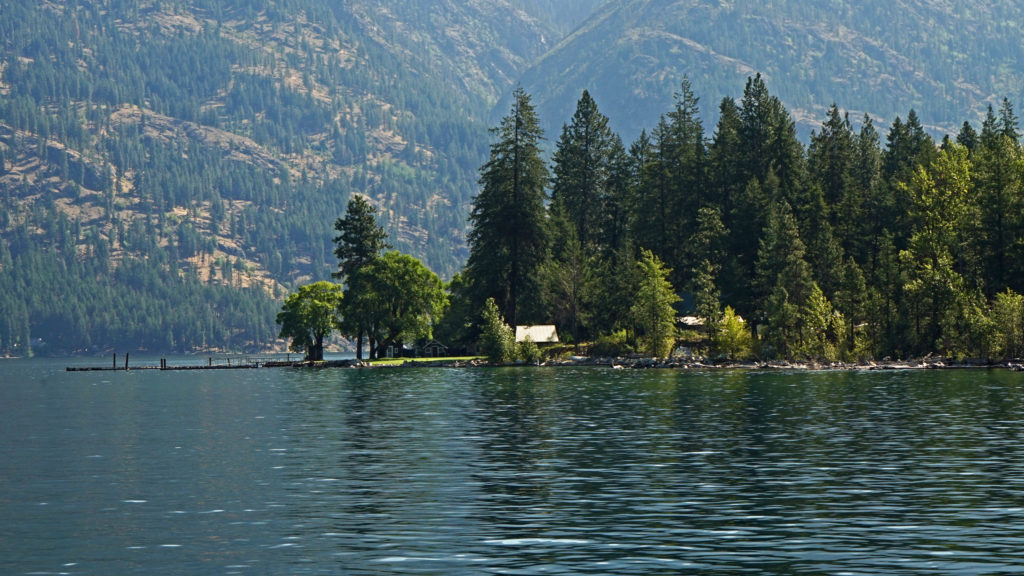
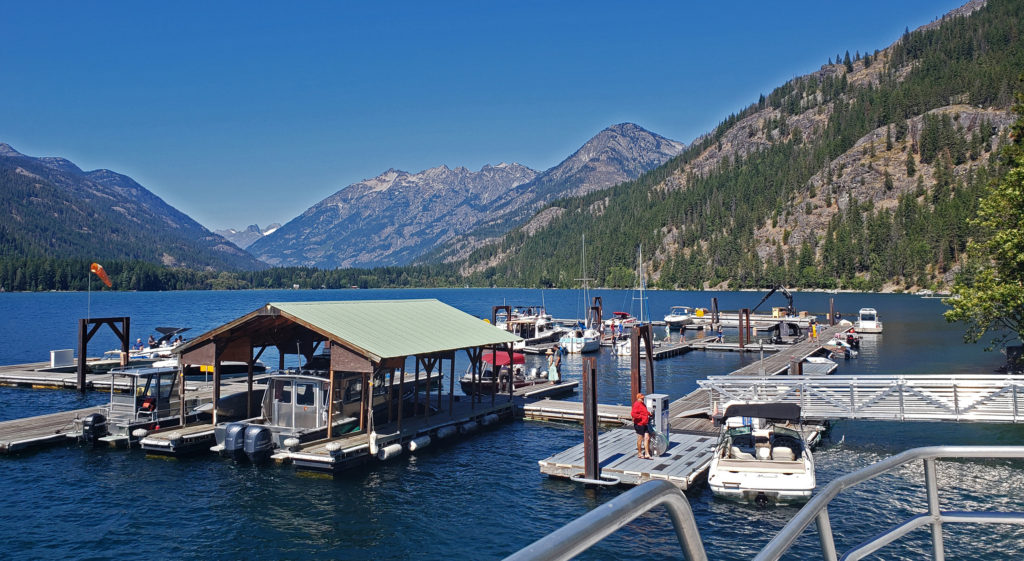
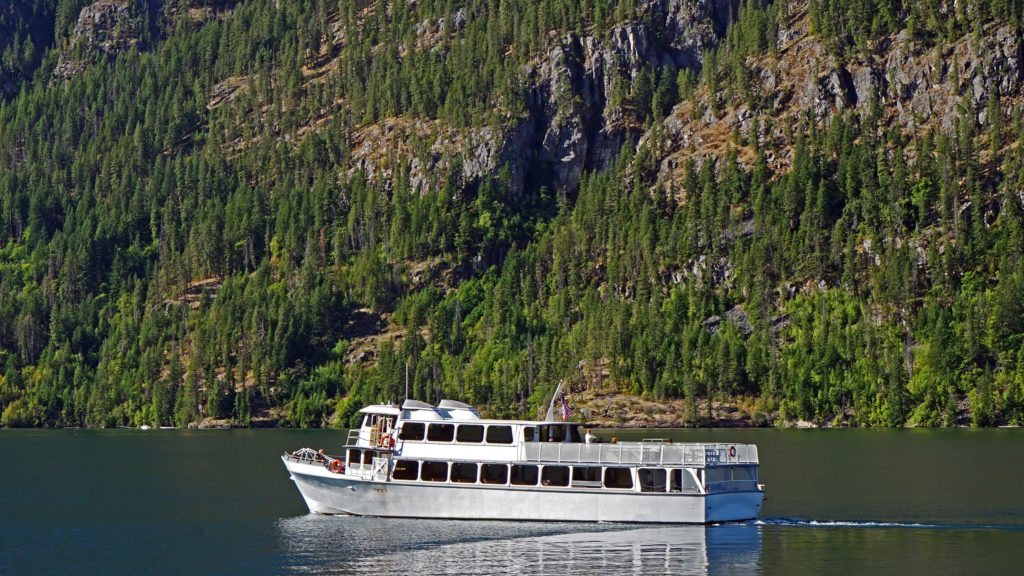
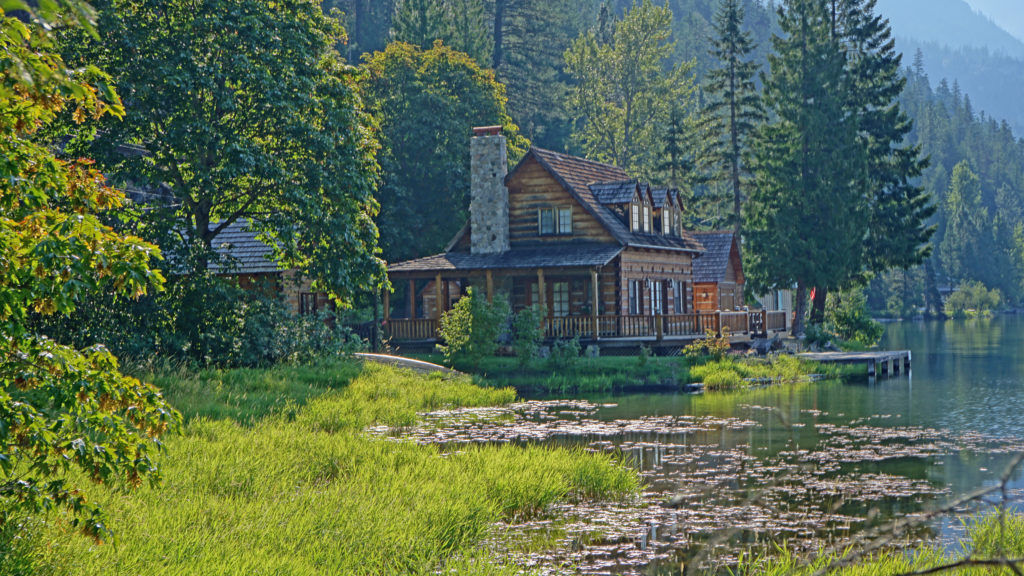
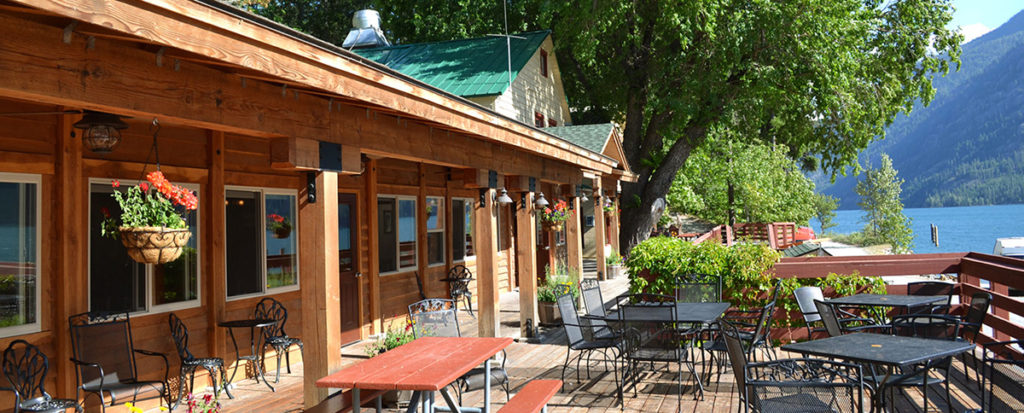
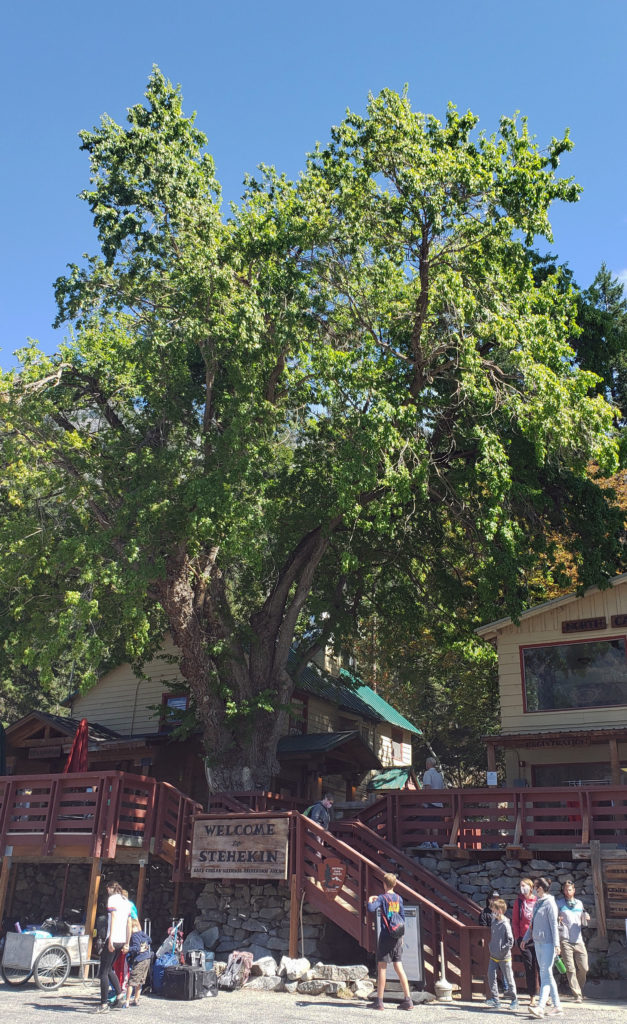
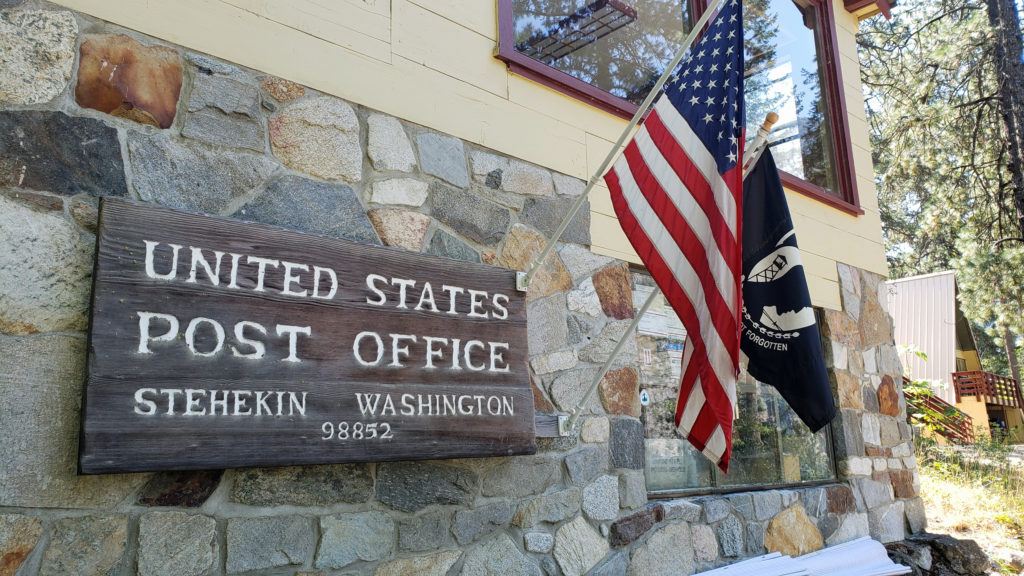
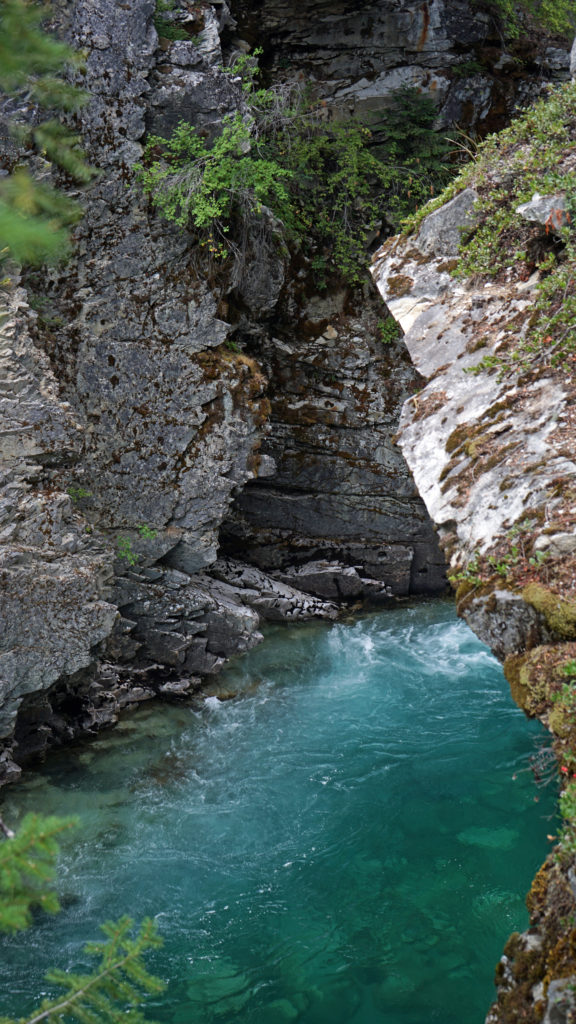
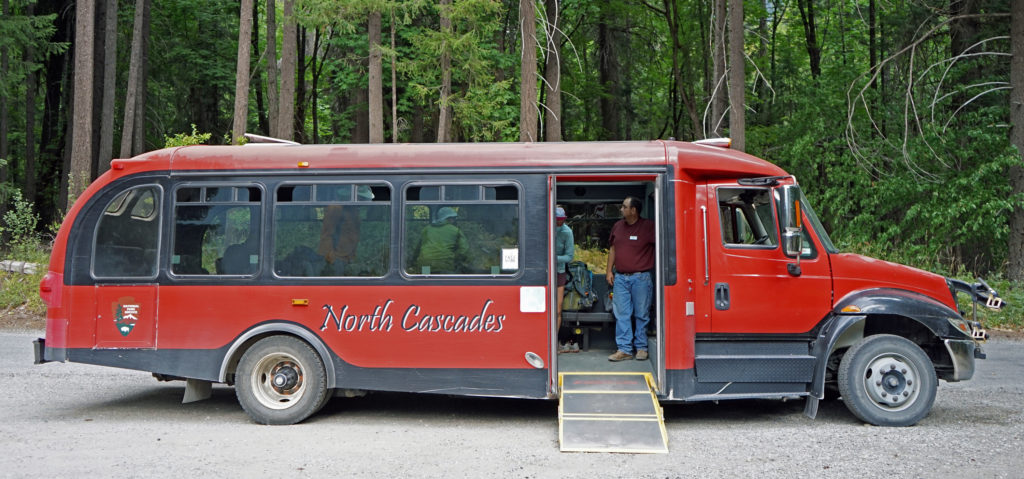
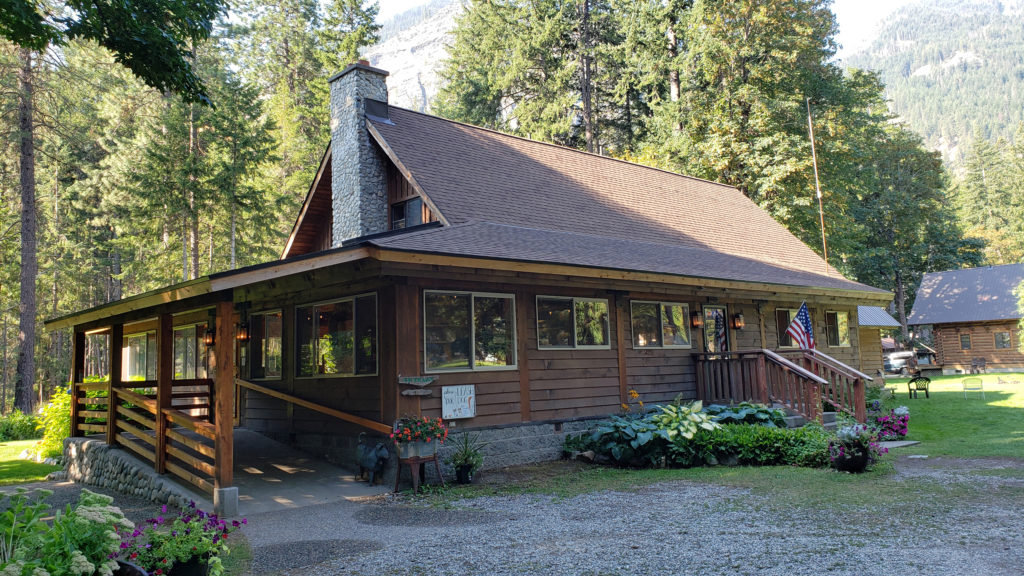
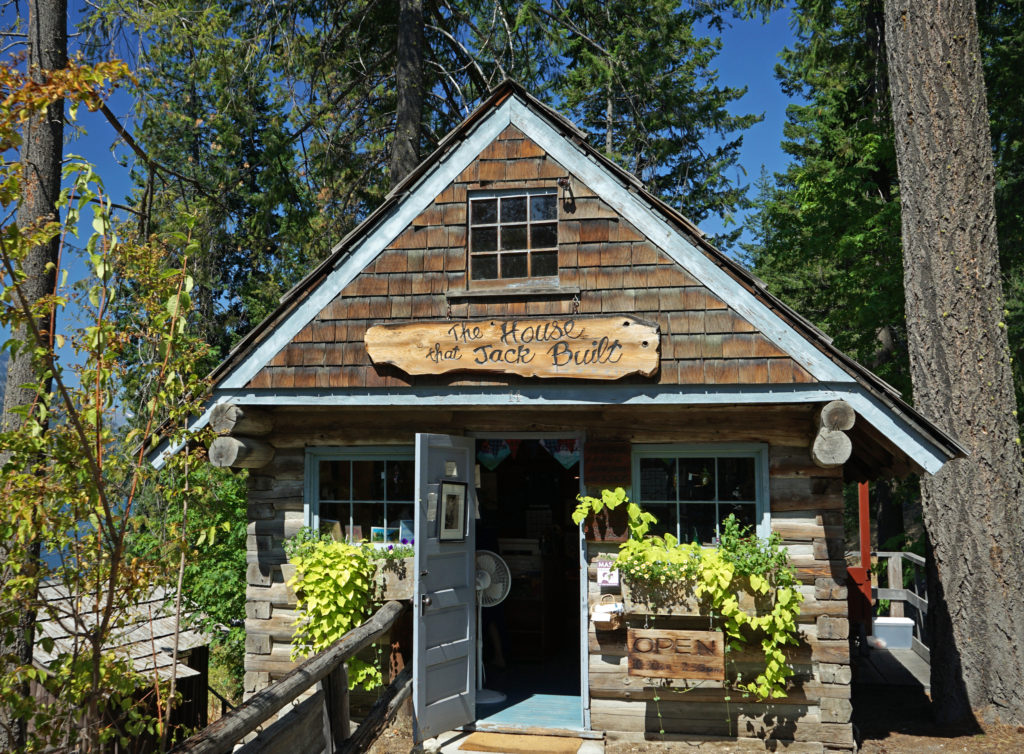
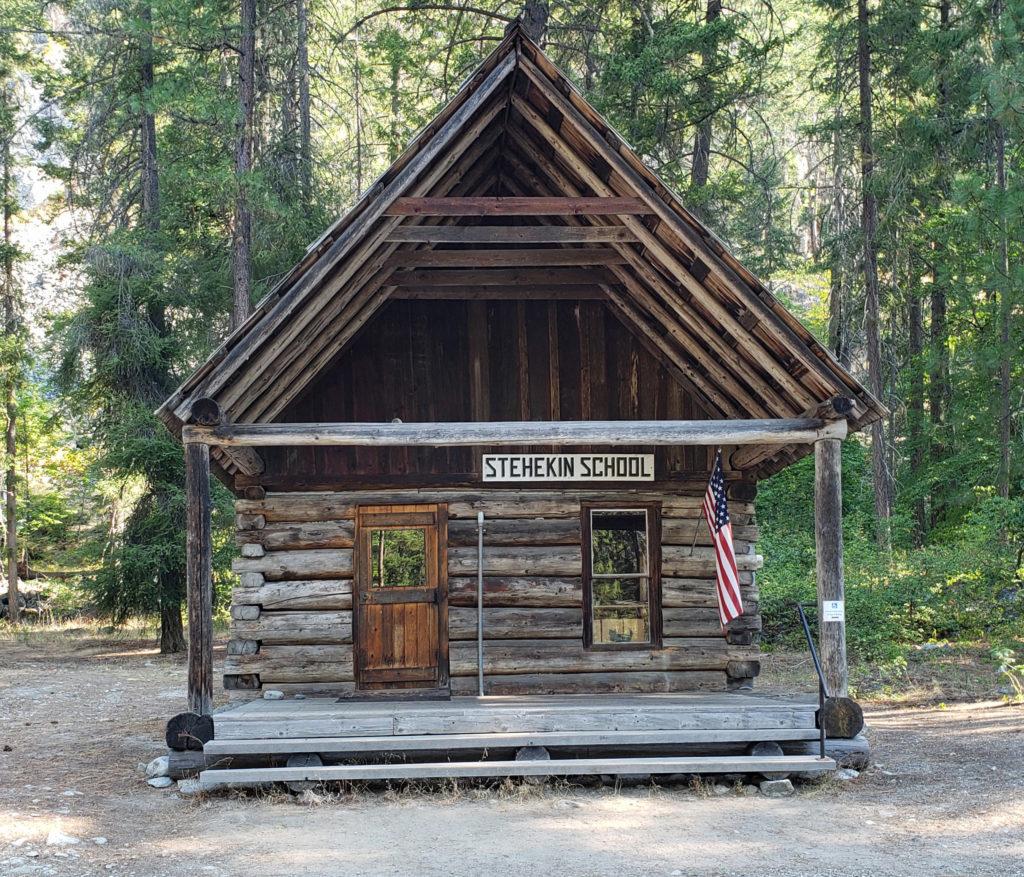
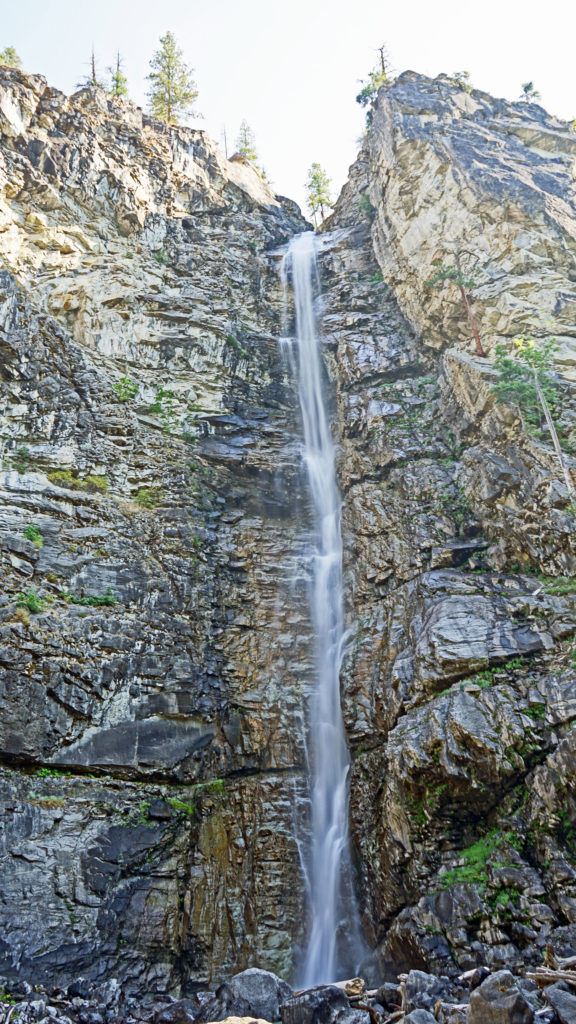
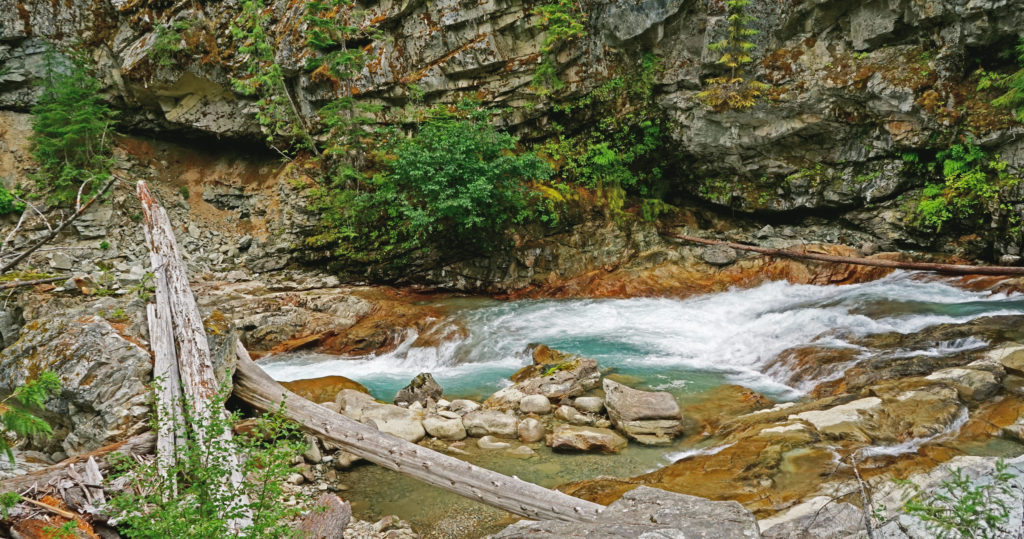
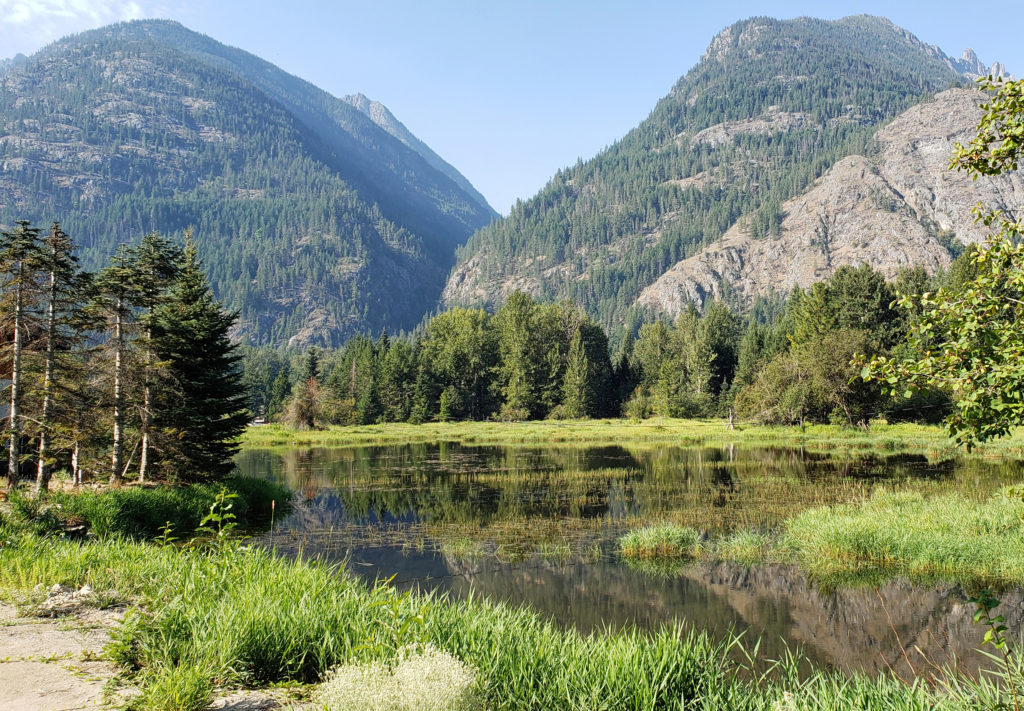
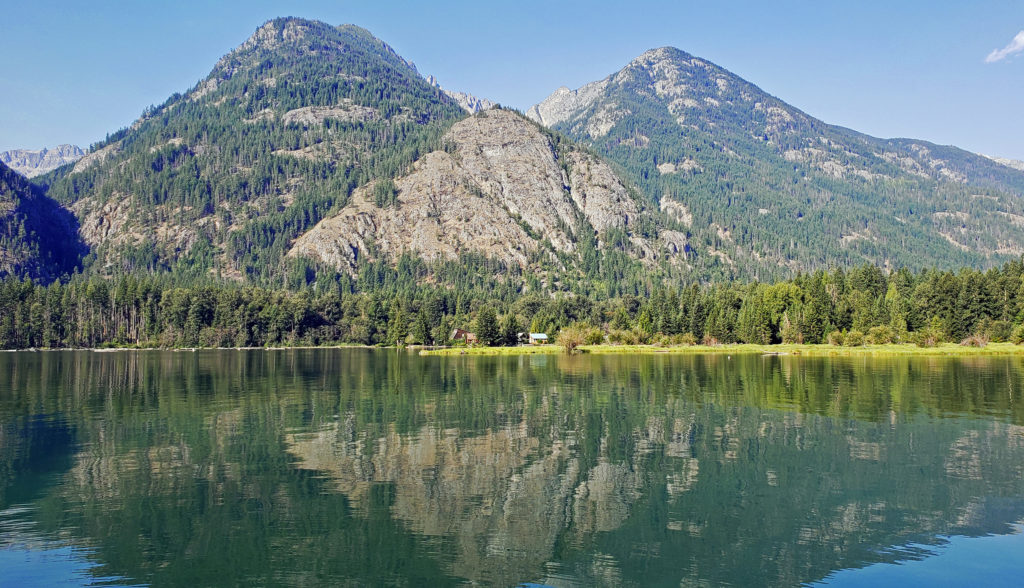
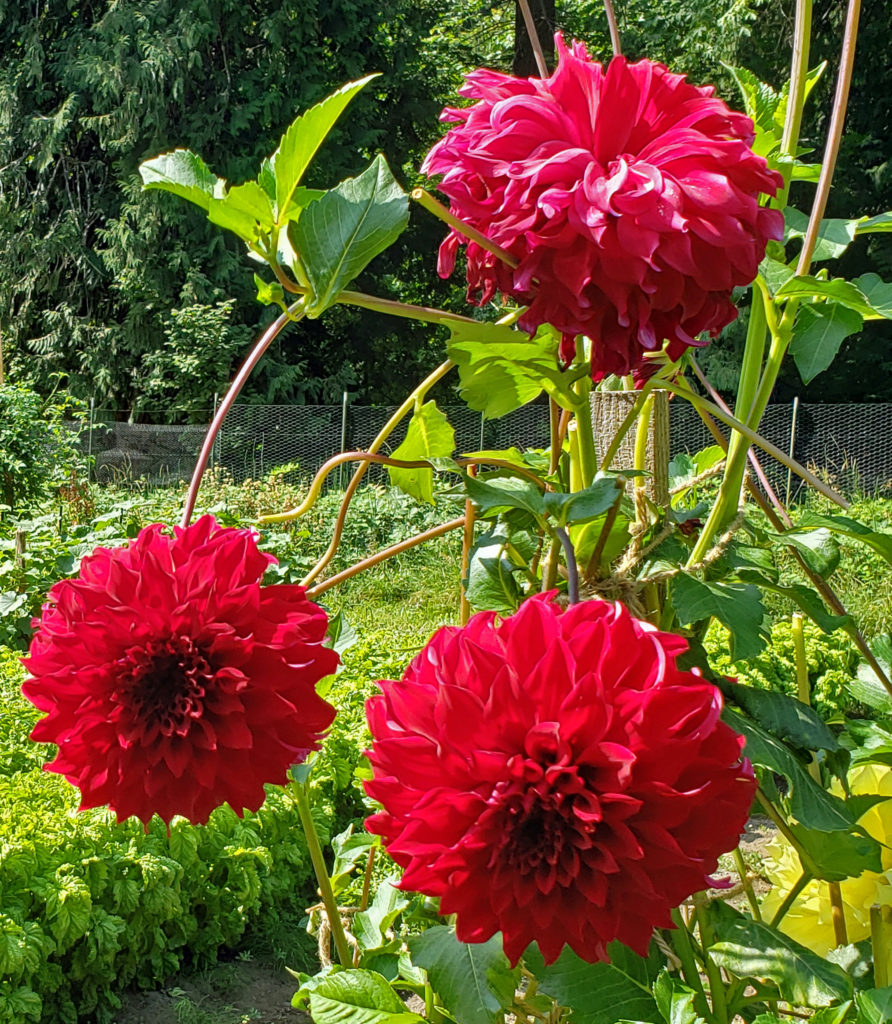

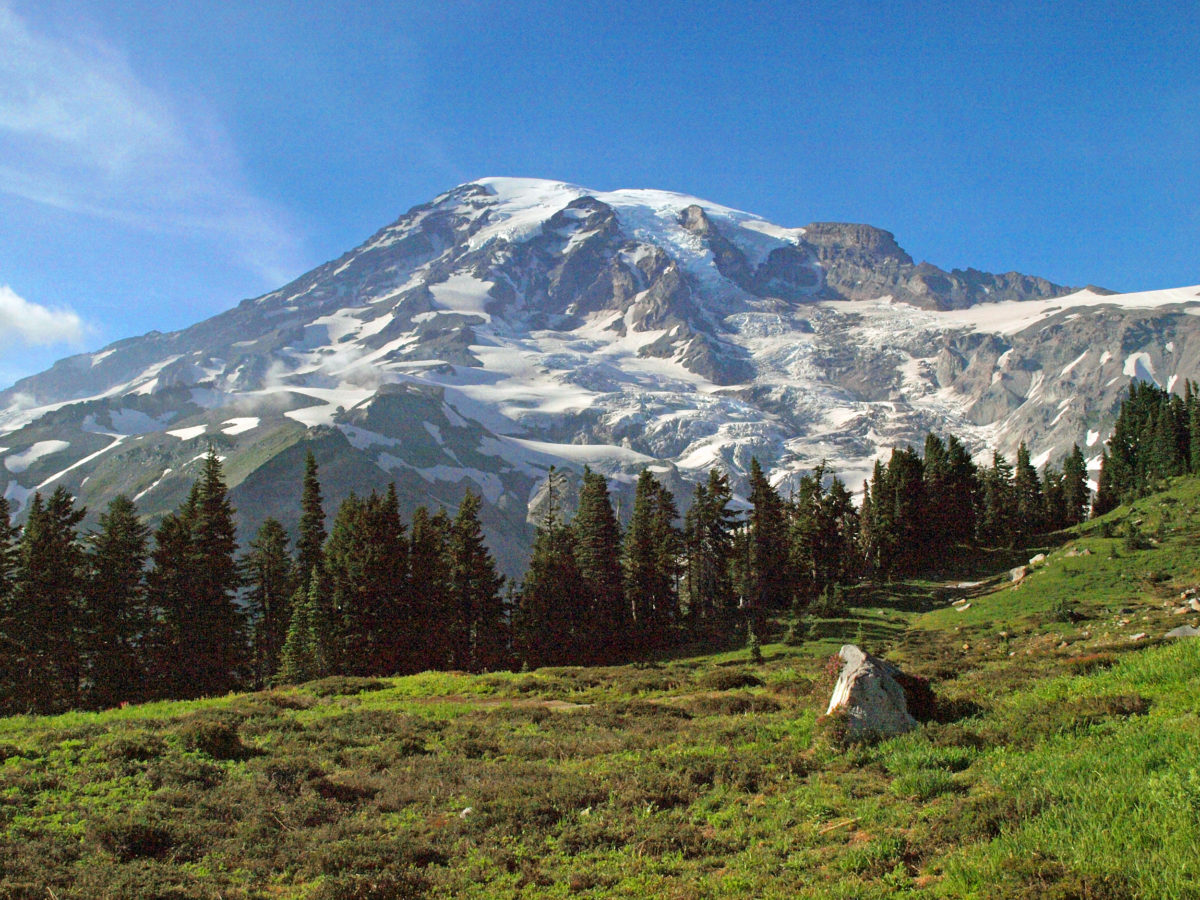
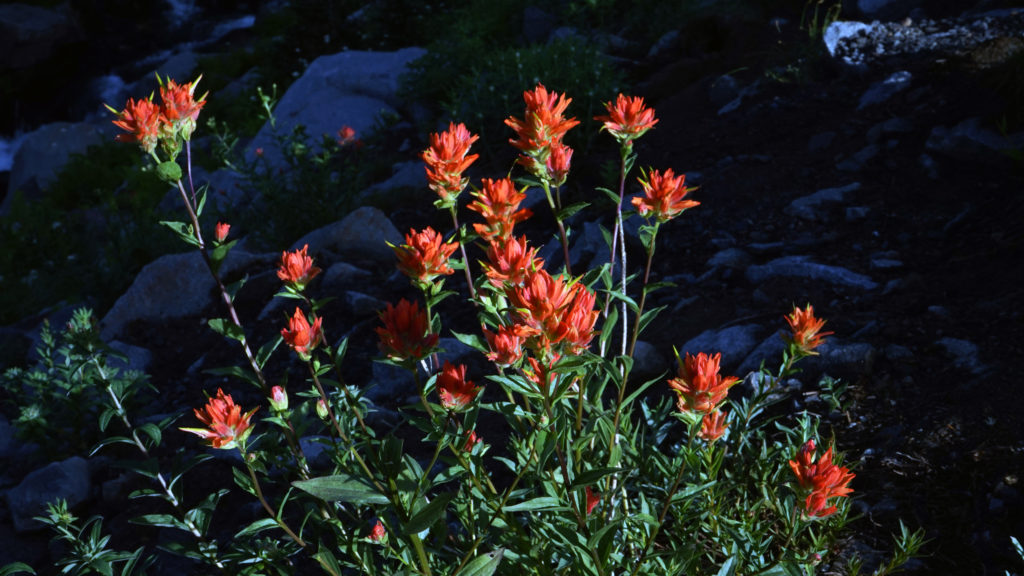
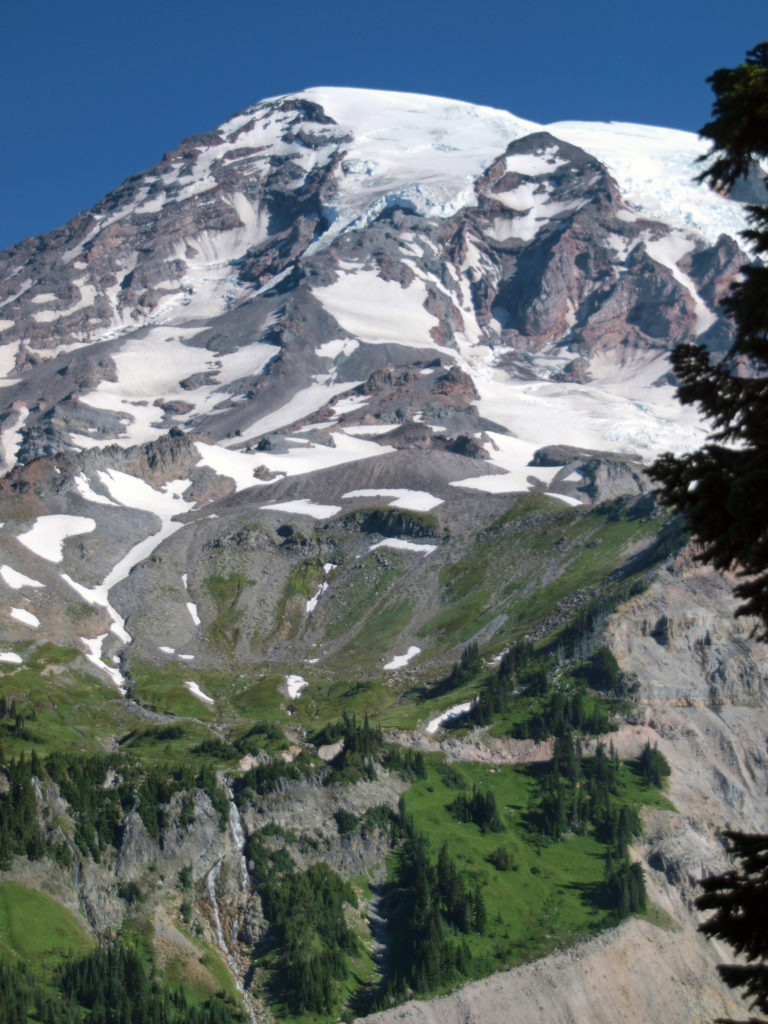
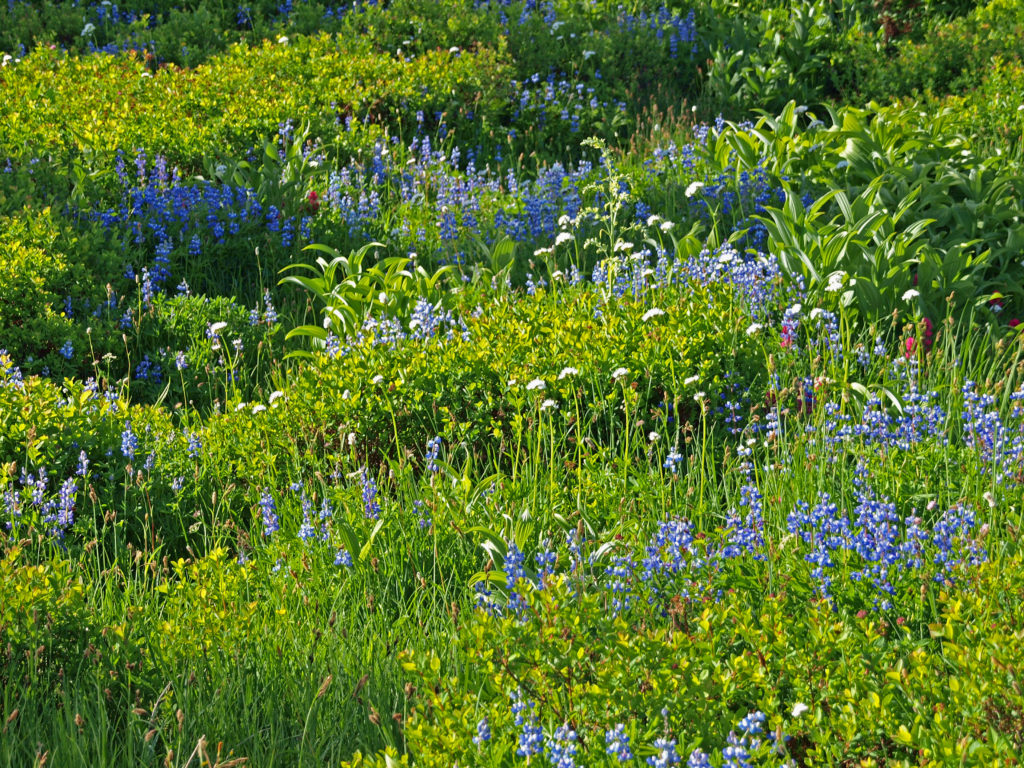
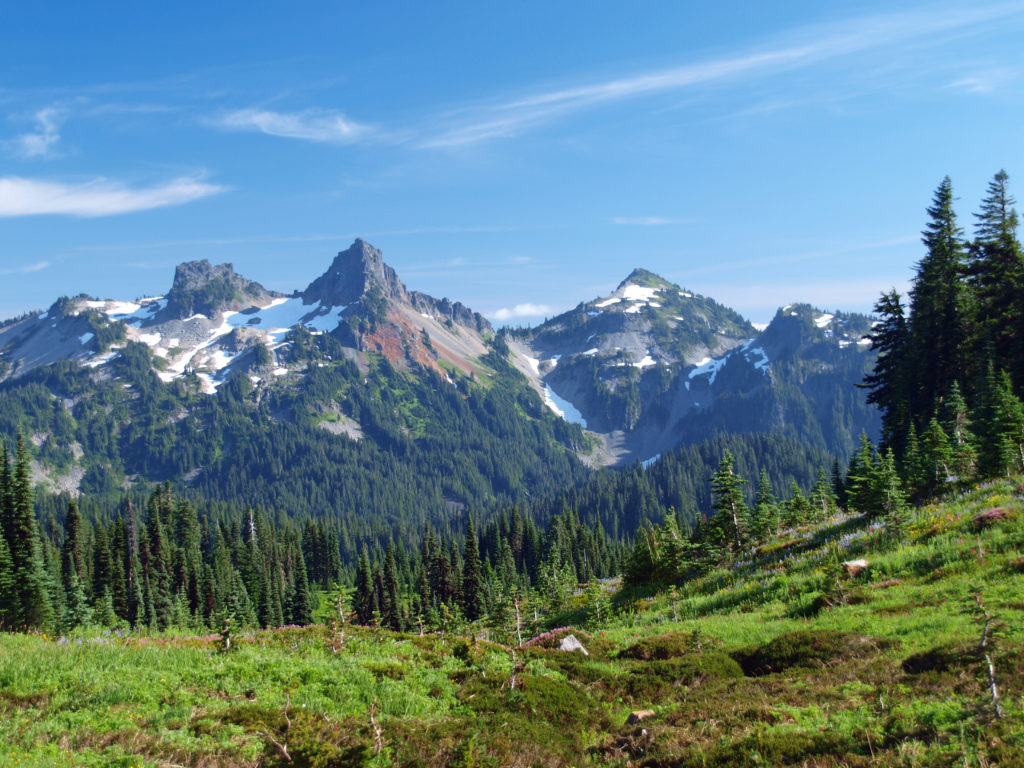
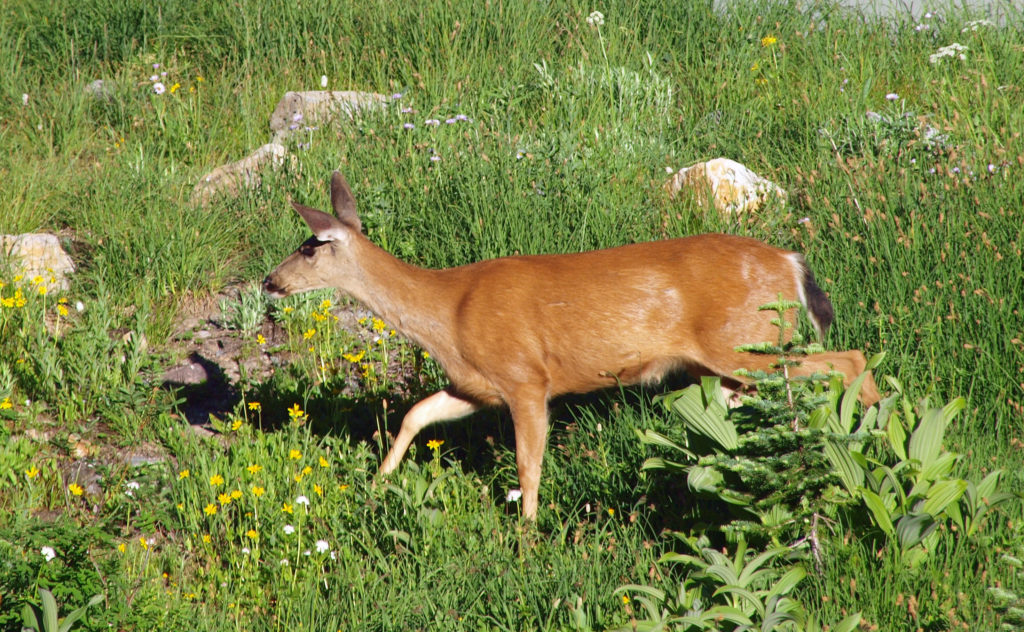

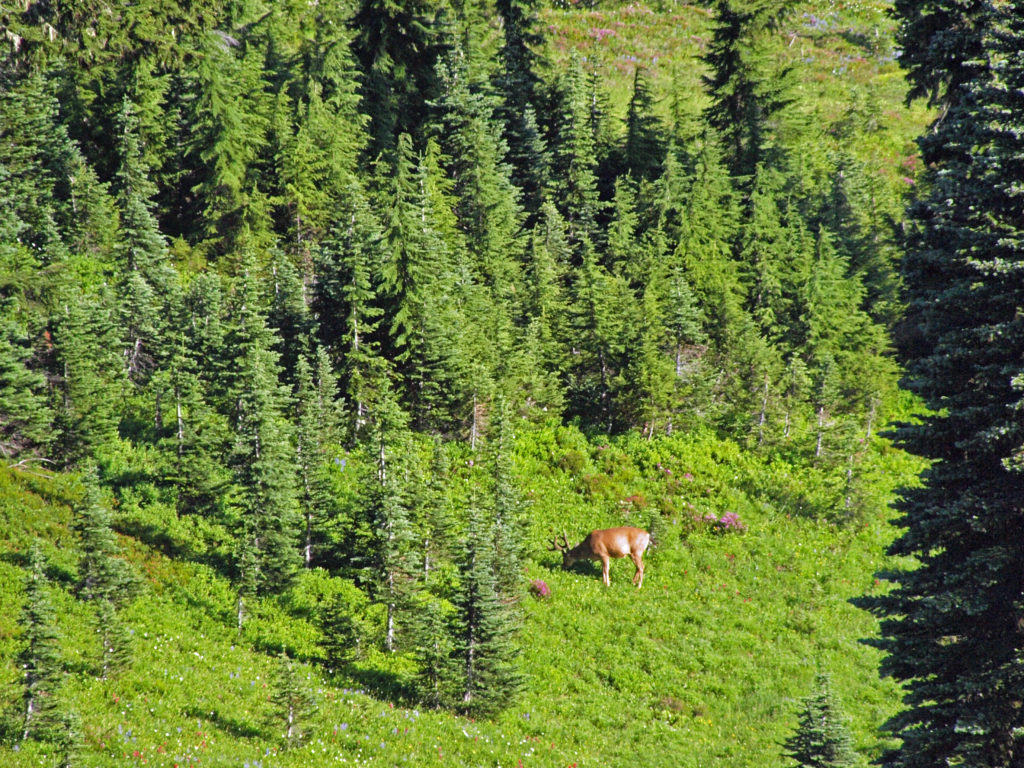
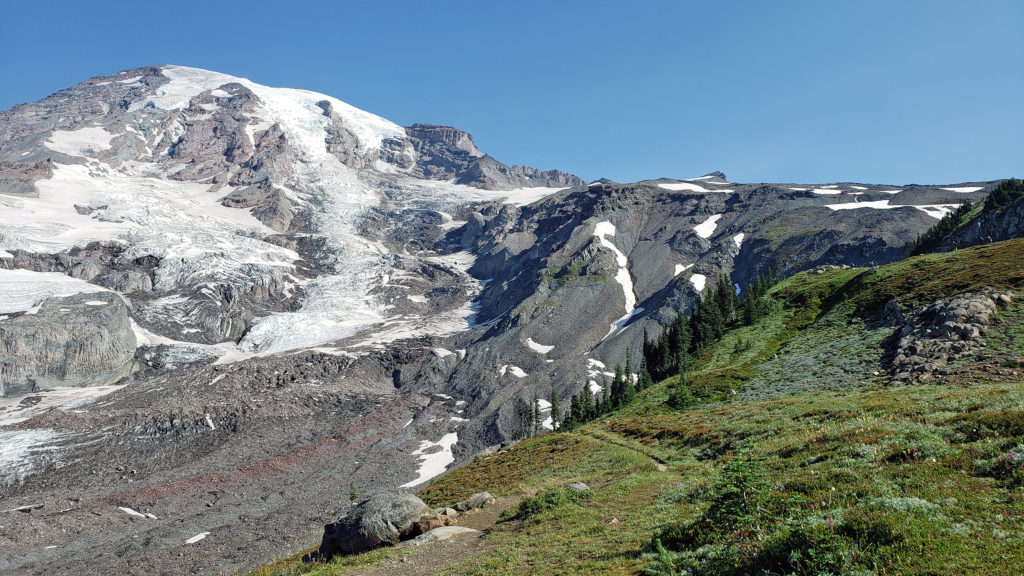 The highlights of the trip were the two hikes we did on the Skyline Trail. The first was the four mile out and back hike to Panorama Point. The second was the roughly four mile Skyline-Golden Gate loop. Both are listed as “moderate” hikes, but both have significant elevation gains (1700′ and 1400′ respectively). We did both hikes early in the day during the week, but we were far from the only ones on the trail, especially on the hike to Panorama Point. But the area above Paradise is so incredibly scenic that the crowds didn’t diminish the experience much.
The highlights of the trip were the two hikes we did on the Skyline Trail. The first was the four mile out and back hike to Panorama Point. The second was the roughly four mile Skyline-Golden Gate loop. Both are listed as “moderate” hikes, but both have significant elevation gains (1700′ and 1400′ respectively). We did both hikes early in the day during the week, but we were far from the only ones on the trail, especially on the hike to Panorama Point. But the area above Paradise is so incredibly scenic that the crowds didn’t diminish the experience much.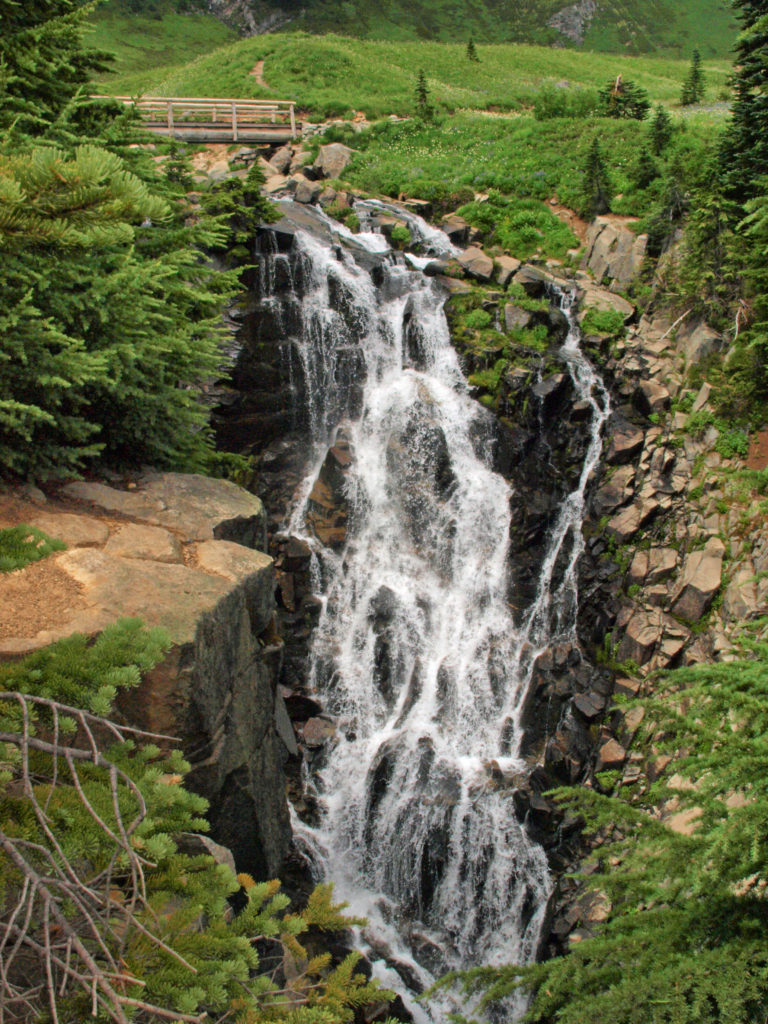
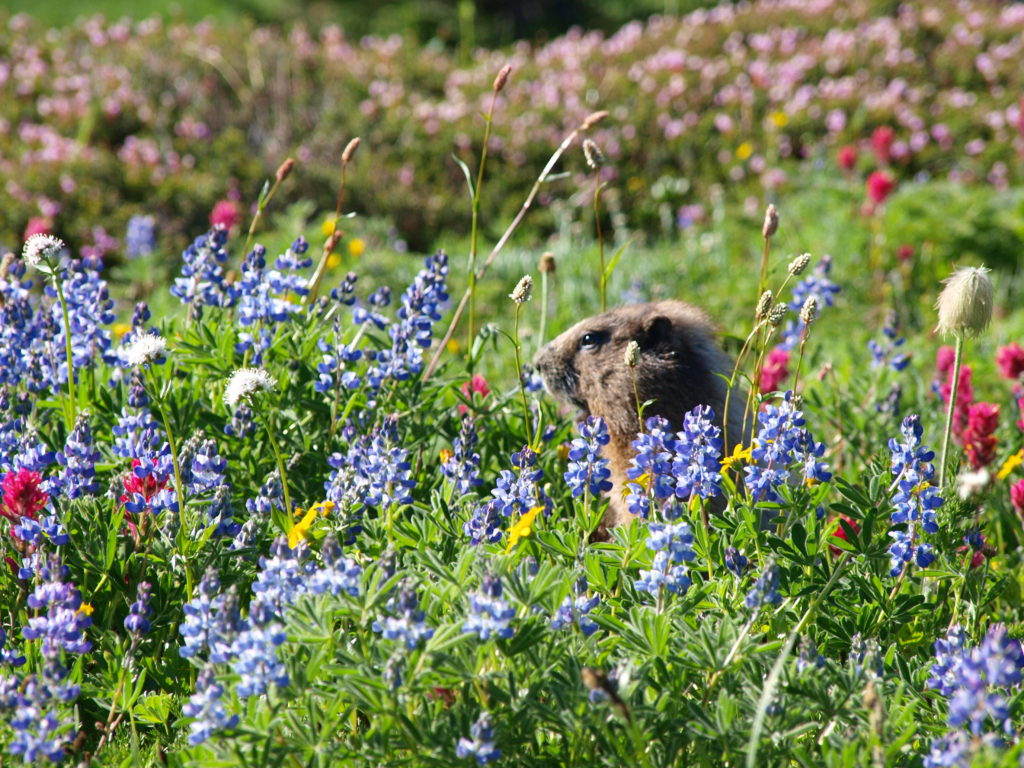
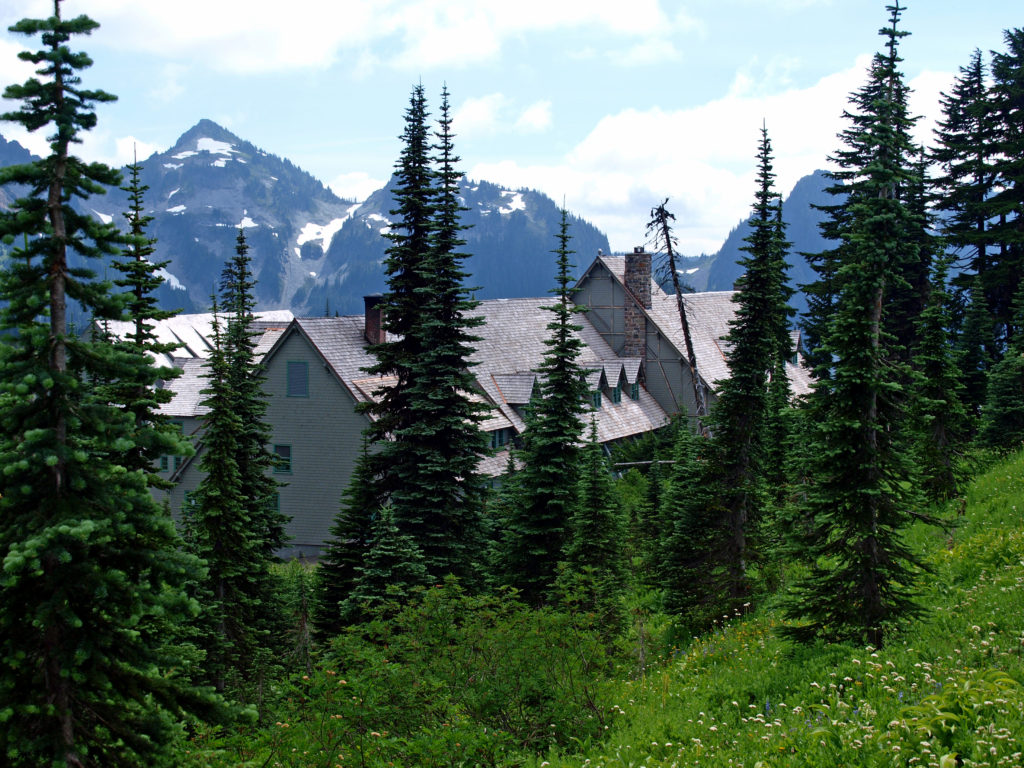
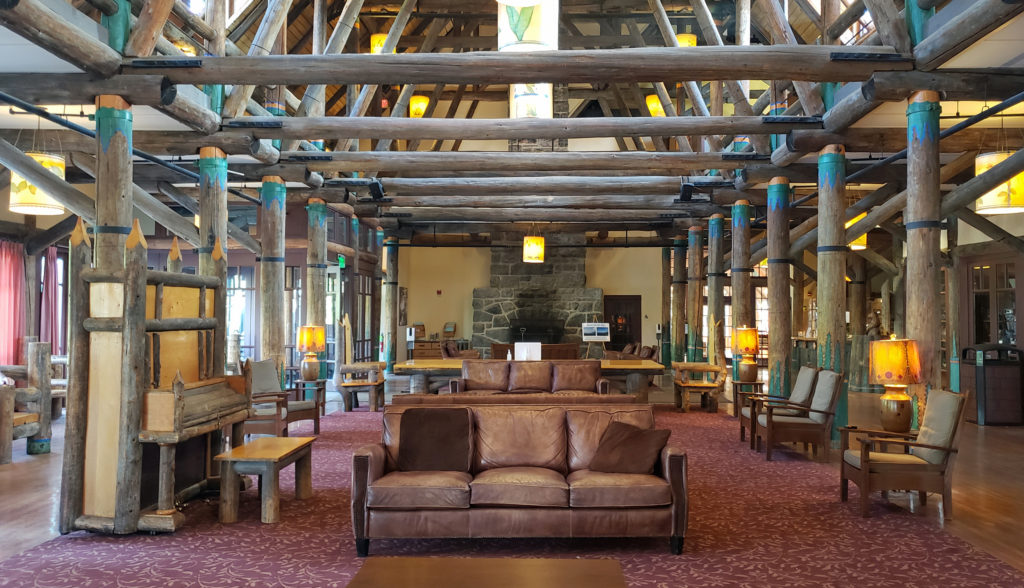 Close to Paradise Inn, the Jackson Memorial Visitor Center, named after long-time U.S. Senator Henry M. Jackson, offers general information, exhibits, a park film, guided ranger programs, a book/gift store and a cafeteria. Unfortunately, all visitor centers in the park are currently closed due to the ongoing pandemic.
Close to Paradise Inn, the Jackson Memorial Visitor Center, named after long-time U.S. Senator Henry M. Jackson, offers general information, exhibits, a park film, guided ranger programs, a book/gift store and a cafeteria. Unfortunately, all visitor centers in the park are currently closed due to the ongoing pandemic.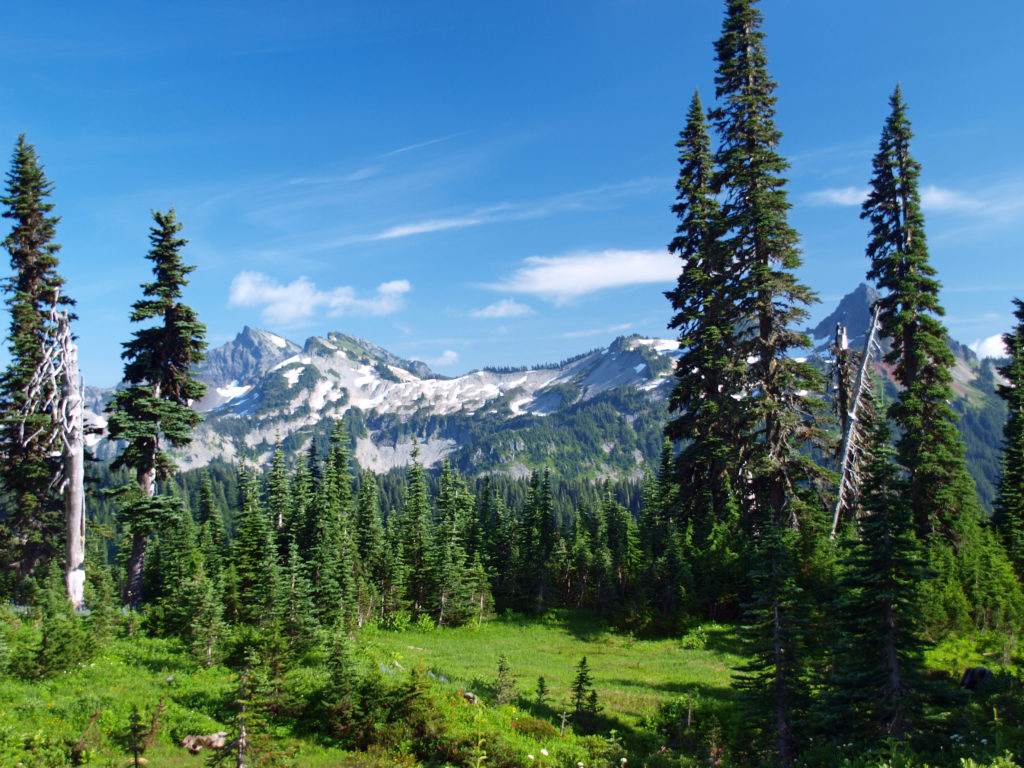
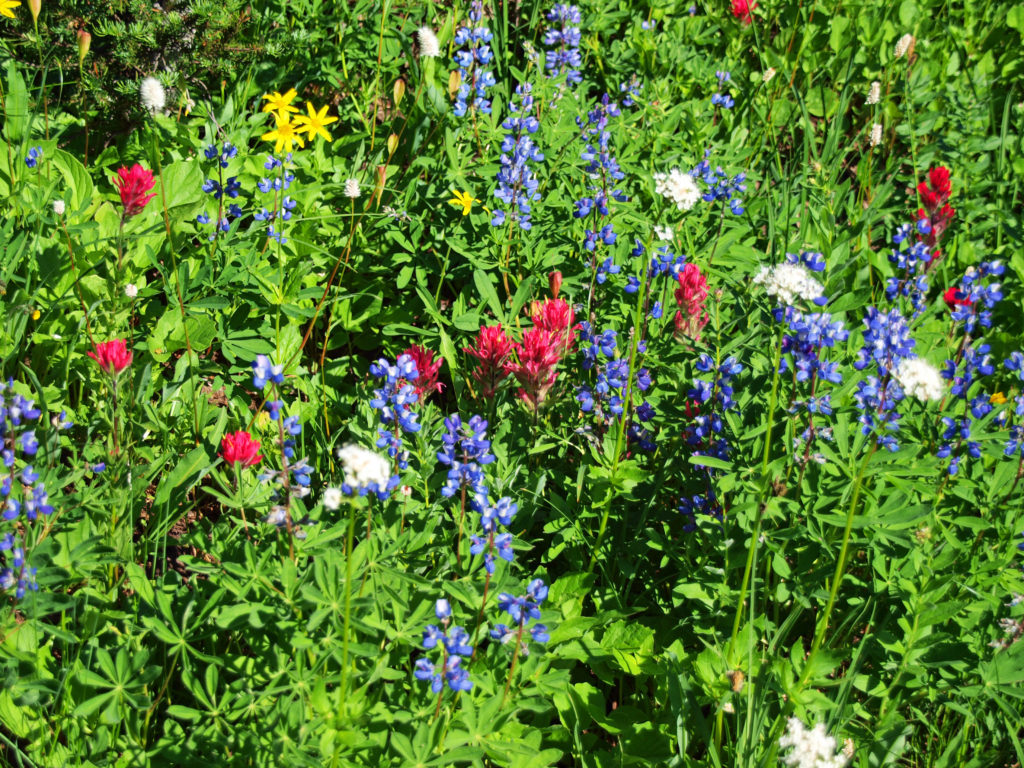
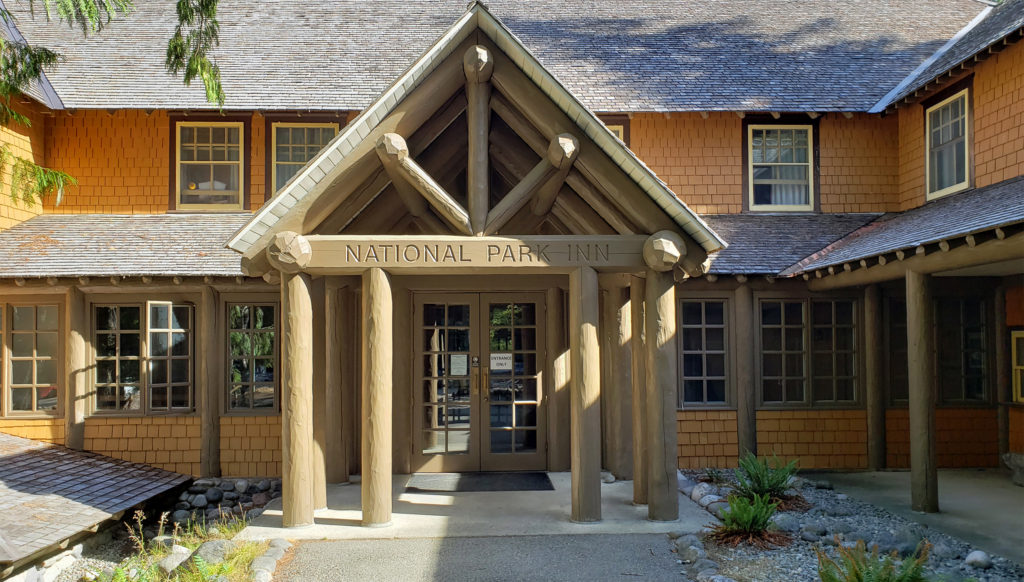 Both Paradise Inn and the National Park Inn have full service restaurants, but both were operating on a reduced scale due to the pandemic when we were there in August. The National Park Inn dining room was closed, but take out meals could be ordered and picked up at the reception desk in the lobby. The dining room at Paradise Inn was open for dinner only for most of our visit, but closed (unexpectedly) for the season on our last day there. Paradise Inn also has a limited service cafe, and there is a cafeteria at the Jackson Memorial Visitor Center that is open daily during the summer season and on most weekends and holidays in the winter (depending on road conditions). The National Park Inn restaurant is open year round.
Both Paradise Inn and the National Park Inn have full service restaurants, but both were operating on a reduced scale due to the pandemic when we were there in August. The National Park Inn dining room was closed, but take out meals could be ordered and picked up at the reception desk in the lobby. The dining room at Paradise Inn was open for dinner only for most of our visit, but closed (unexpectedly) for the season on our last day there. Paradise Inn also has a limited service cafe, and there is a cafeteria at the Jackson Memorial Visitor Center that is open daily during the summer season and on most weekends and holidays in the winter (depending on road conditions). The National Park Inn restaurant is open year round.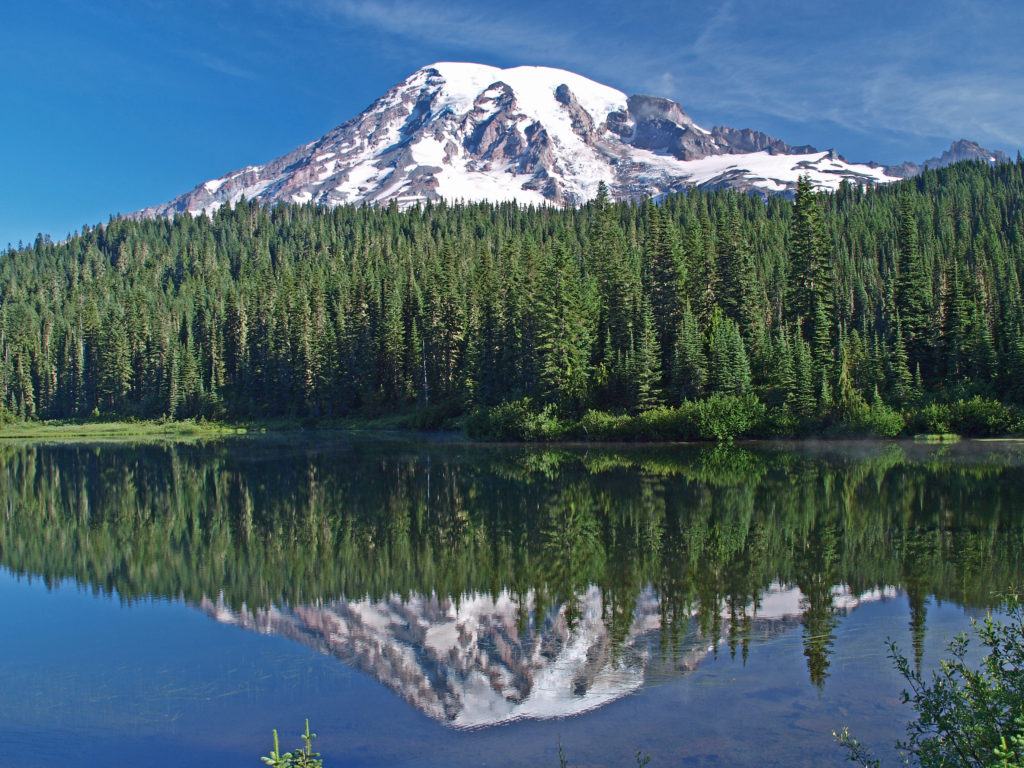
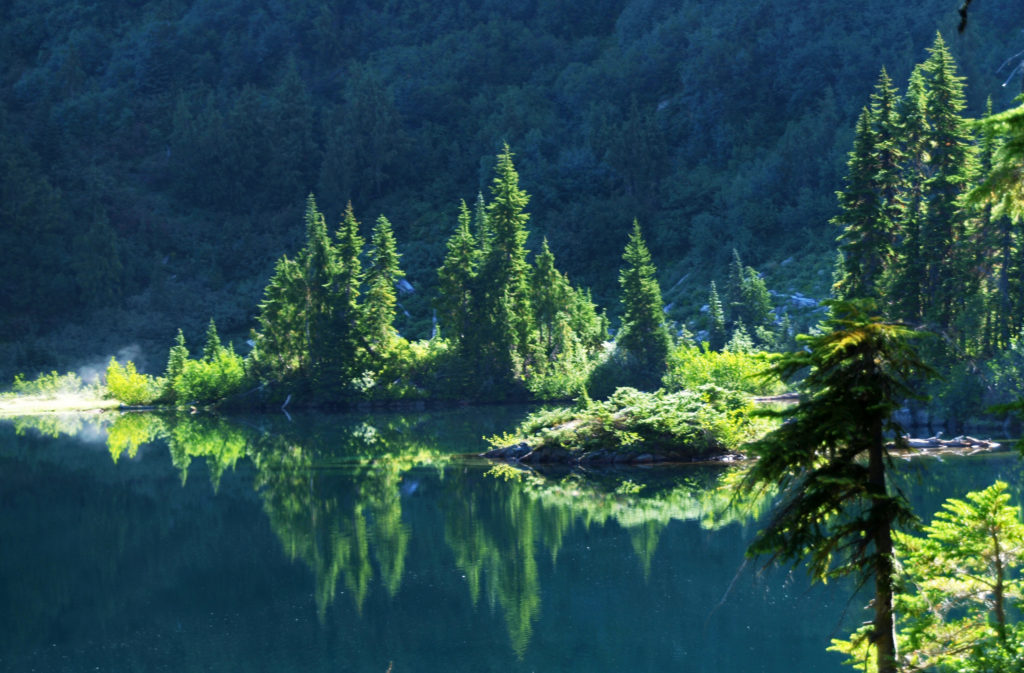 The nearby Snow Lake Trail is an easy and worthwhile hike. To the east, the Stevens Canyon area has a number of interesting areas, including Box Canyon, a 180 foot deep slot canyon, and a number of roadside waterfalls.
The nearby Snow Lake Trail is an easy and worthwhile hike. To the east, the Stevens Canyon area has a number of interesting areas, including Box Canyon, a 180 foot deep slot canyon, and a number of roadside waterfalls.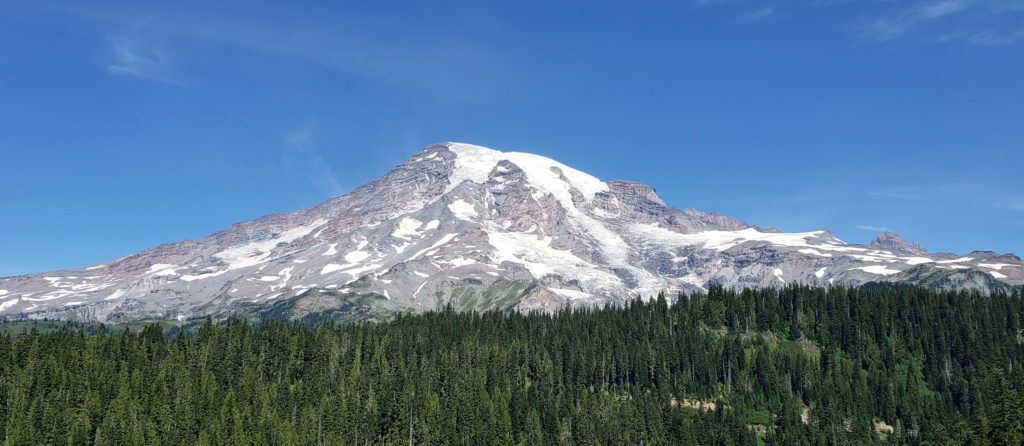 The Longmire area has some interesting history, a museum, nice hiking trails, and the National Park Inn offers both lodging and dining options for the visitor. The road to Longmire is also plowed in the winter, so it’s a year round destination. (The road from Longmire to Paradise is open in winter when the weather allows.)
The Longmire area has some interesting history, a museum, nice hiking trails, and the National Park Inn offers both lodging and dining options for the visitor. The road to Longmire is also plowed in the winter, so it’s a year round destination. (The road from Longmire to Paradise is open in winter when the weather allows.)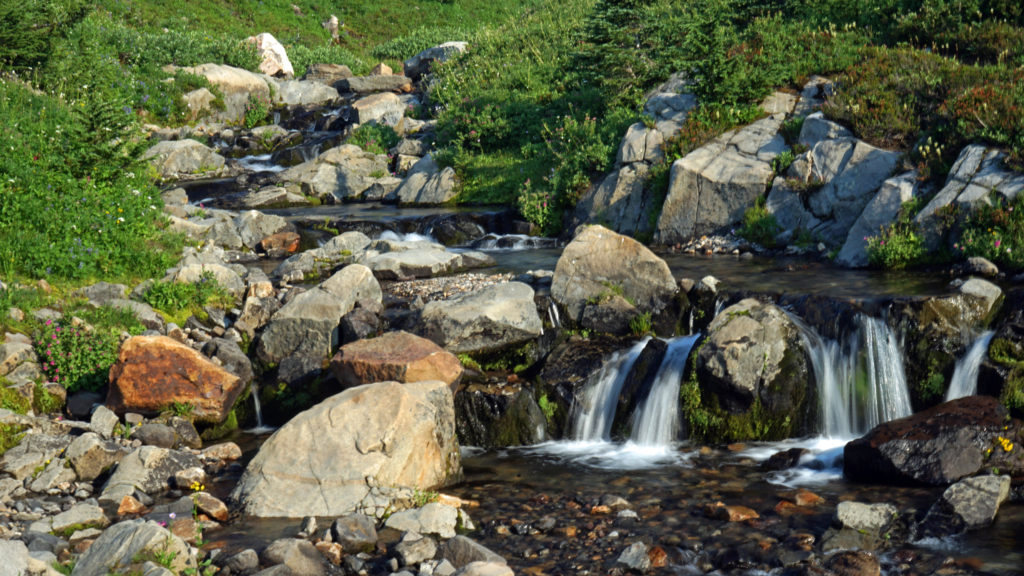
 In the Ohanapecosh area in the southeastern corner of the park, the Grove of the Patriarchs Trail is a good family friendly outing. And the nearby Silver Falls Trail is a must for waterfall lovers. In the northeastern section of the park, the Sunrise area offers beautiful views of the eastern side of the mountain and has an abundance of hiking trails.
In the Ohanapecosh area in the southeastern corner of the park, the Grove of the Patriarchs Trail is a good family friendly outing. And the nearby Silver Falls Trail is a must for waterfall lovers. In the northeastern section of the park, the Sunrise area offers beautiful views of the eastern side of the mountain and has an abundance of hiking trails.